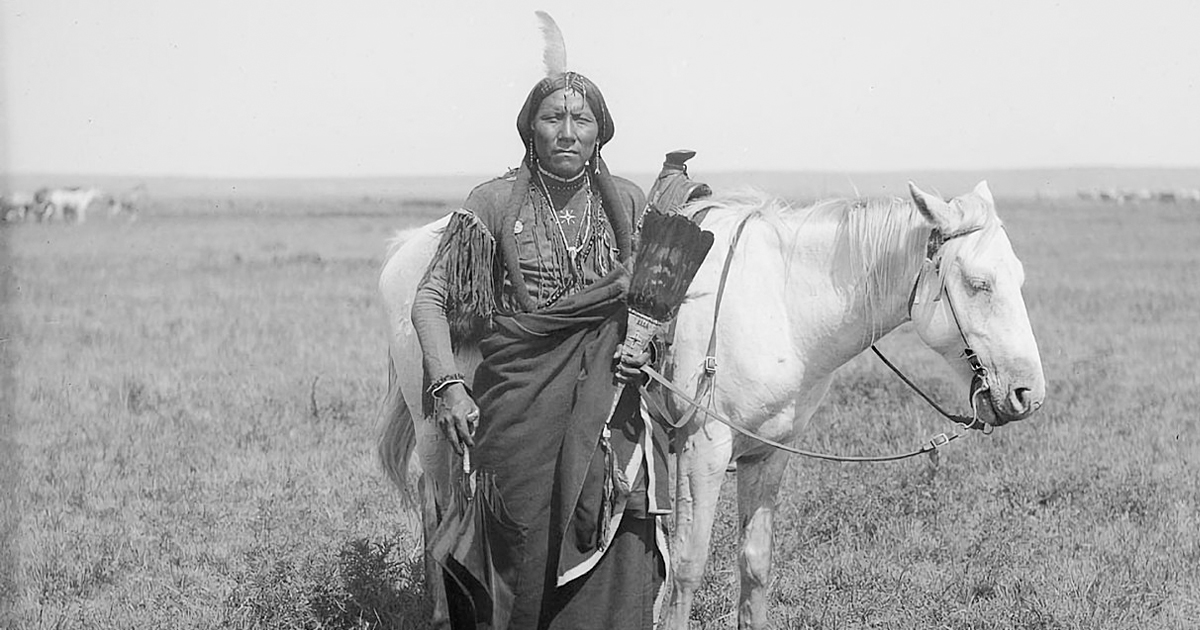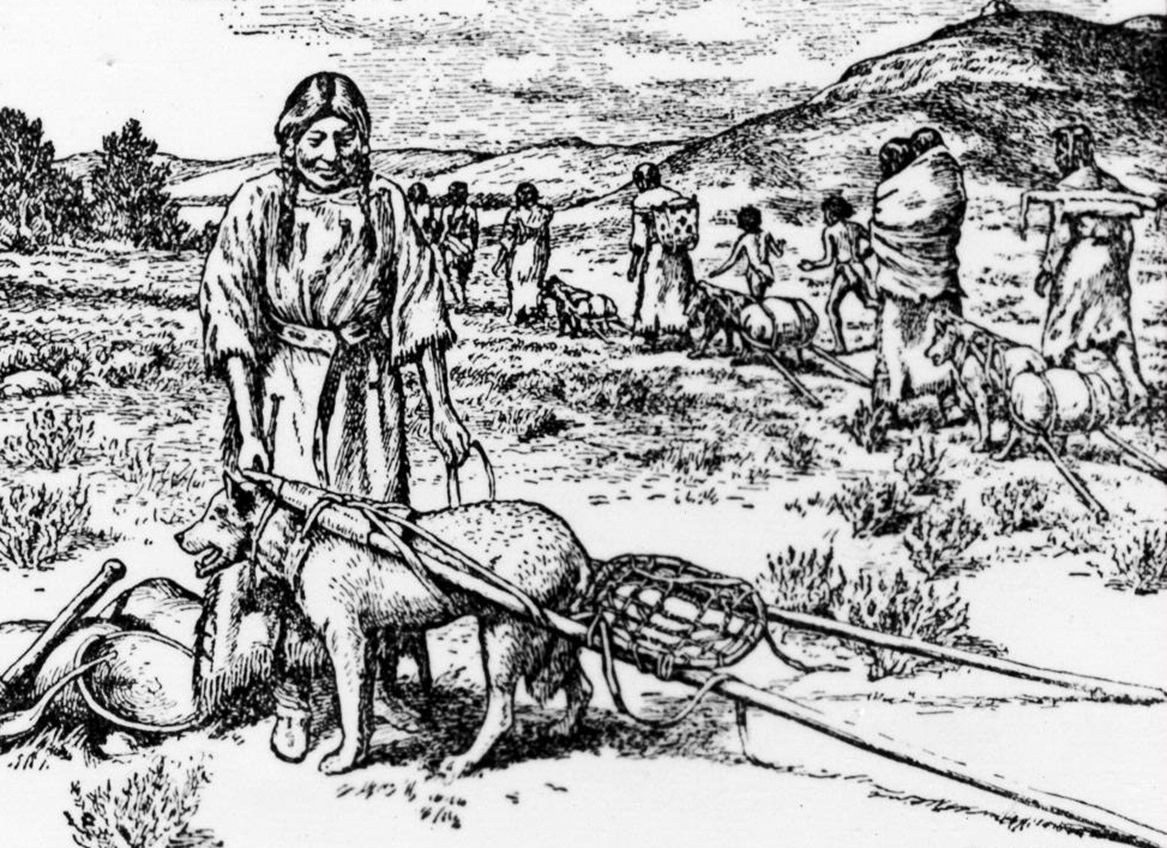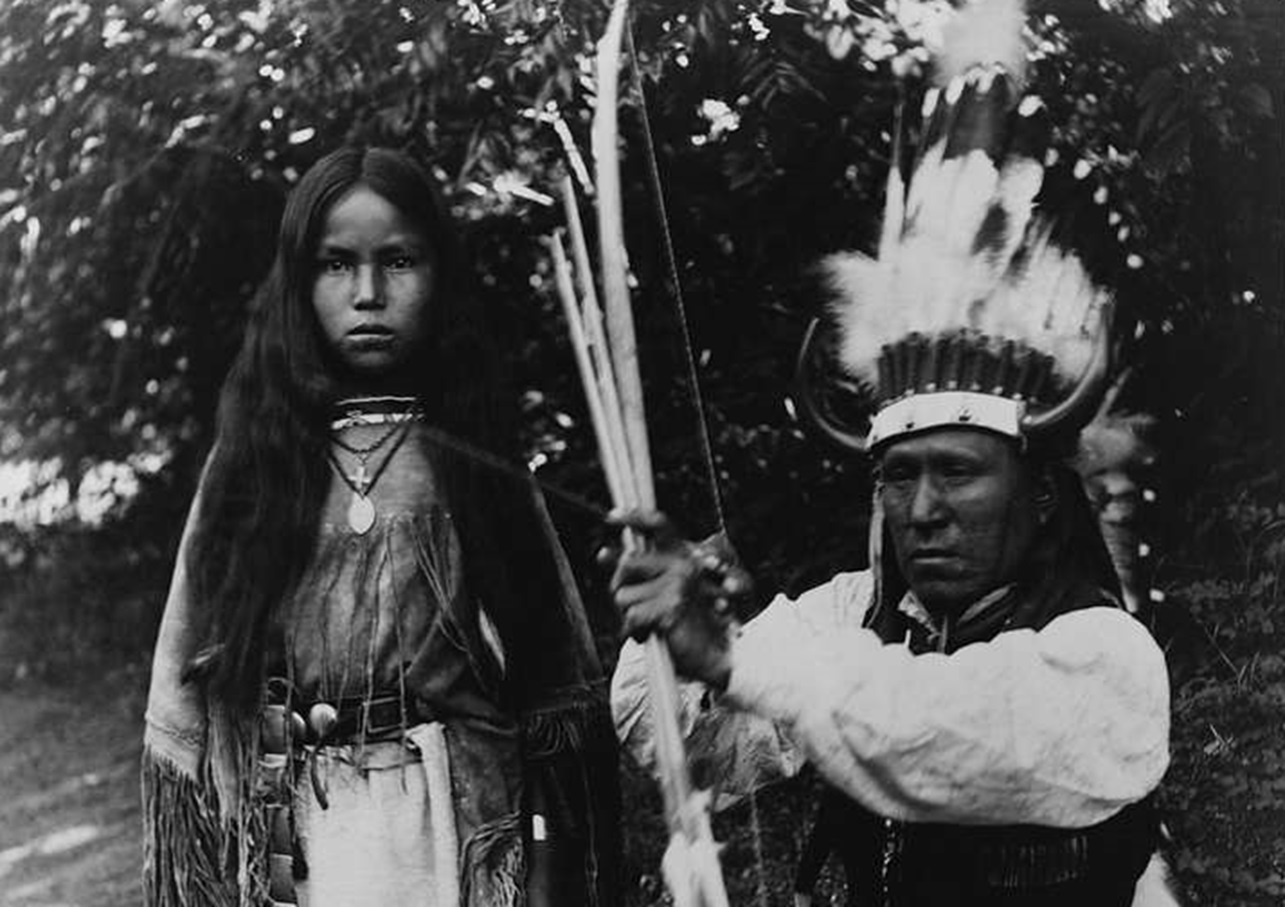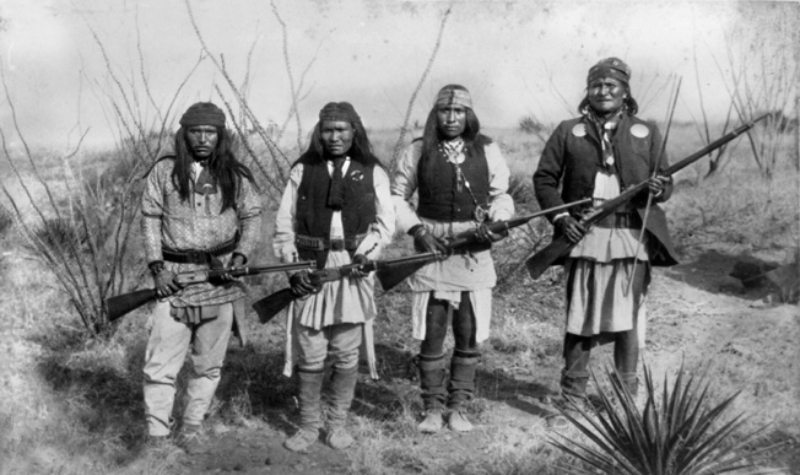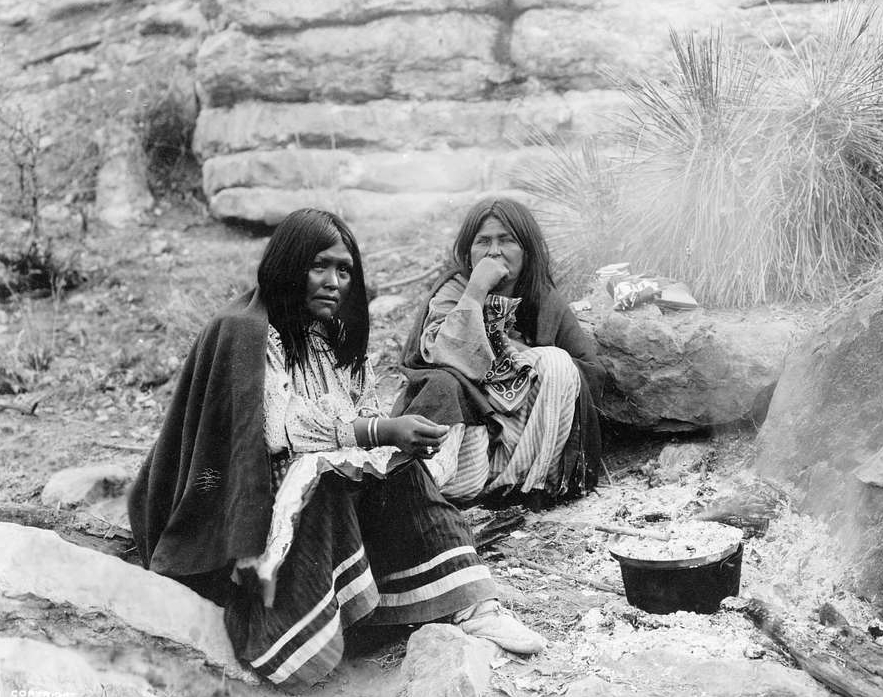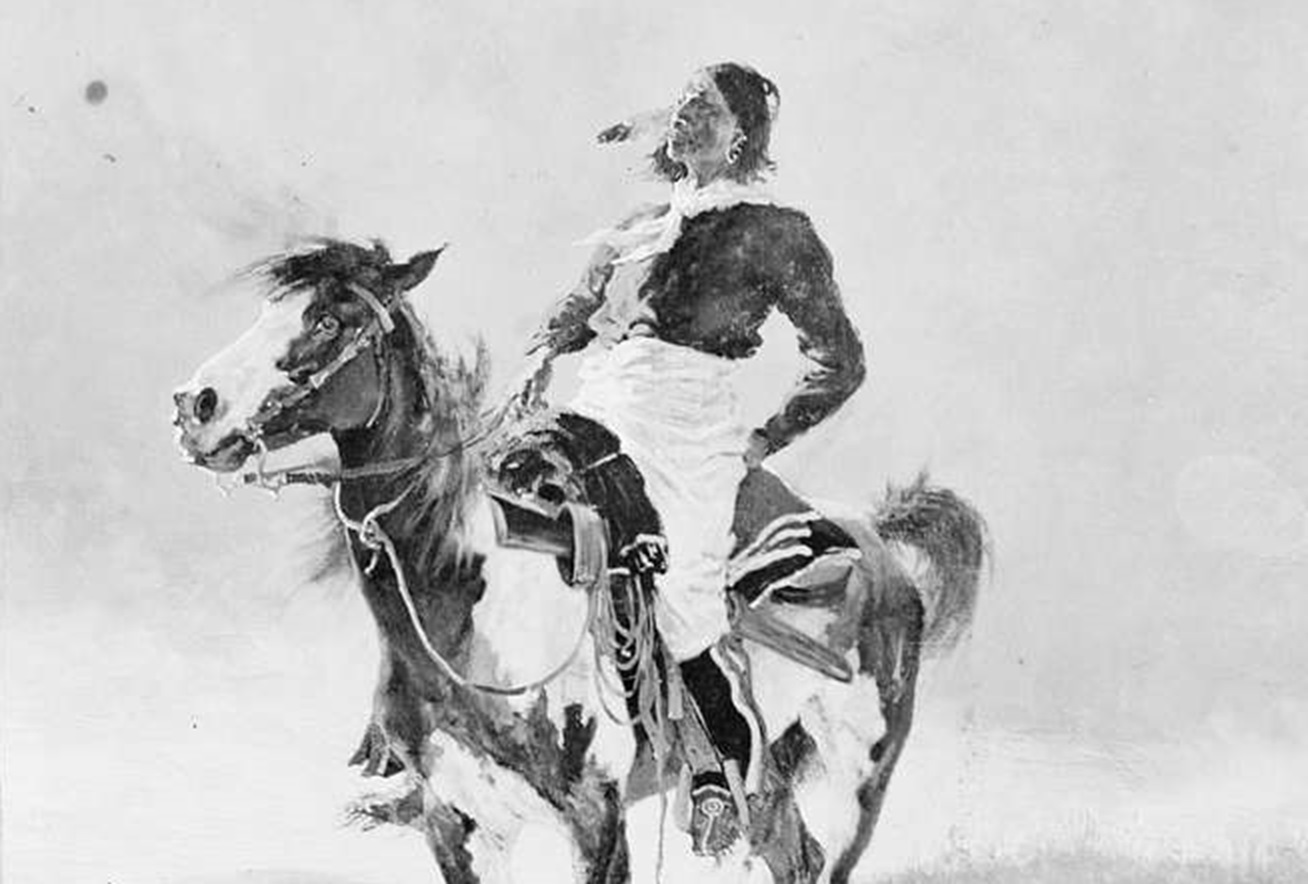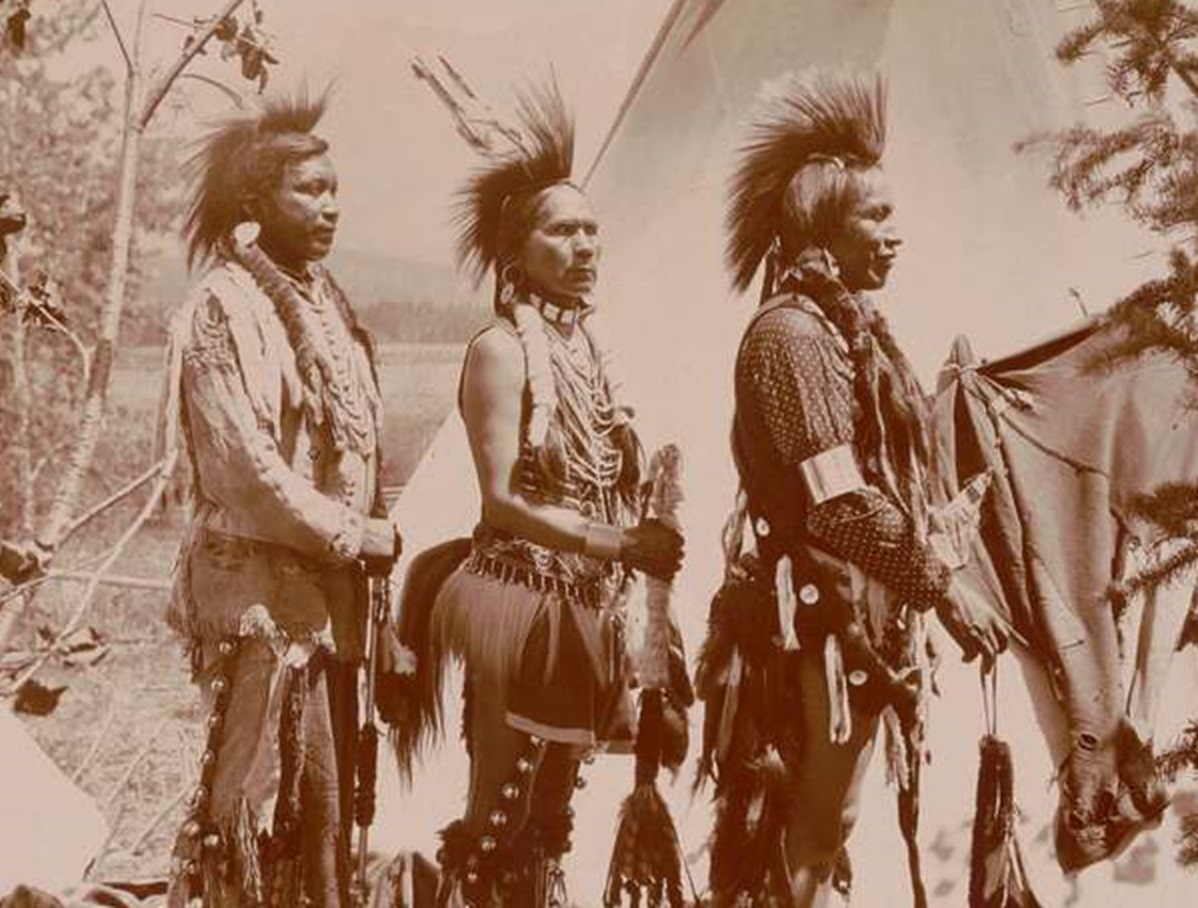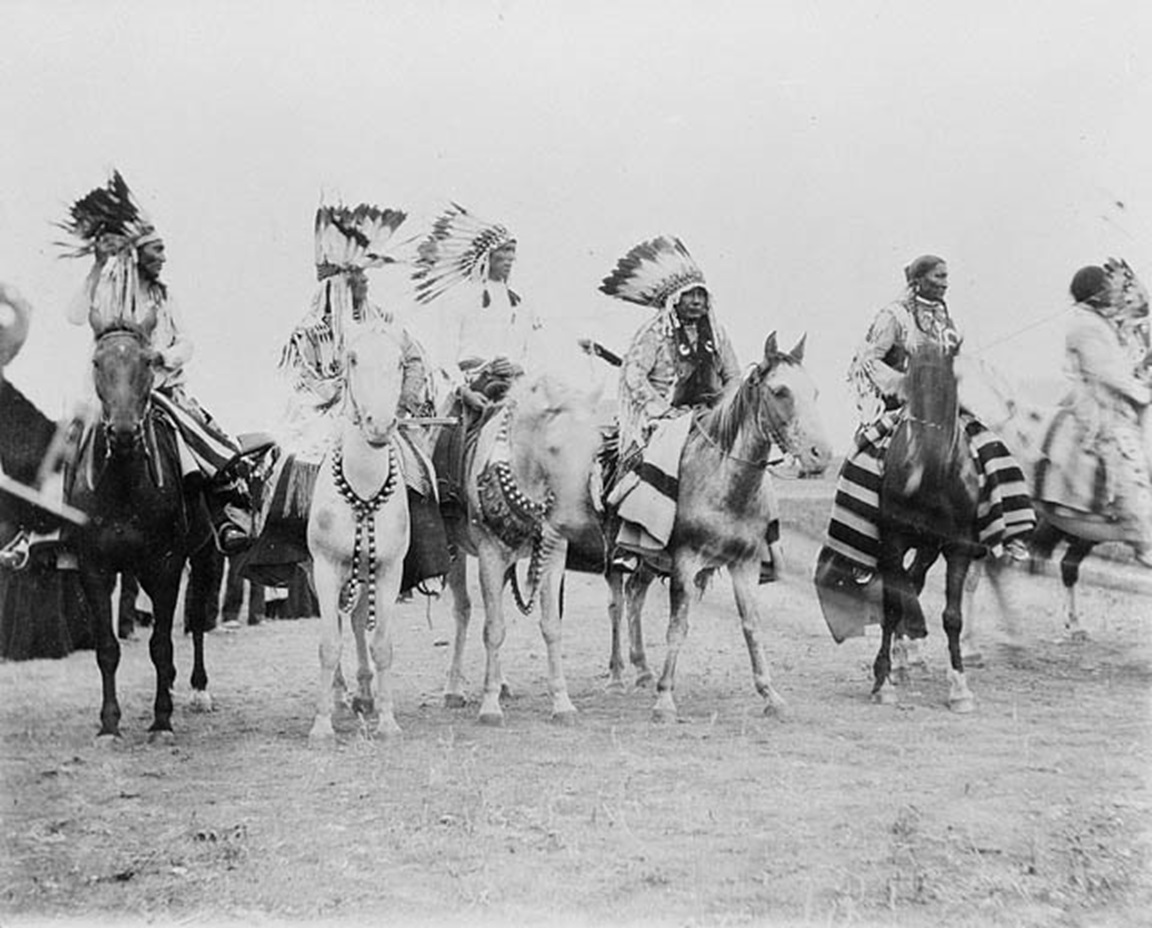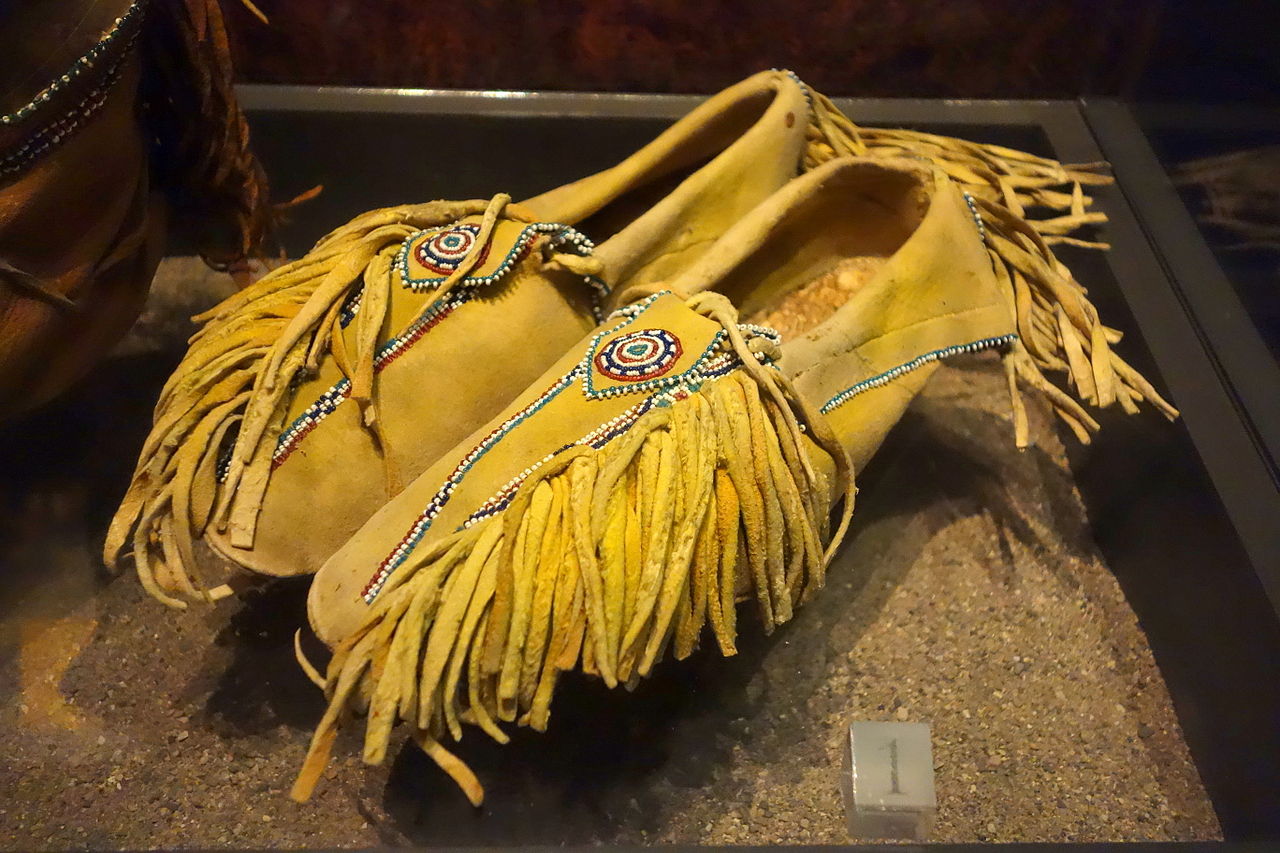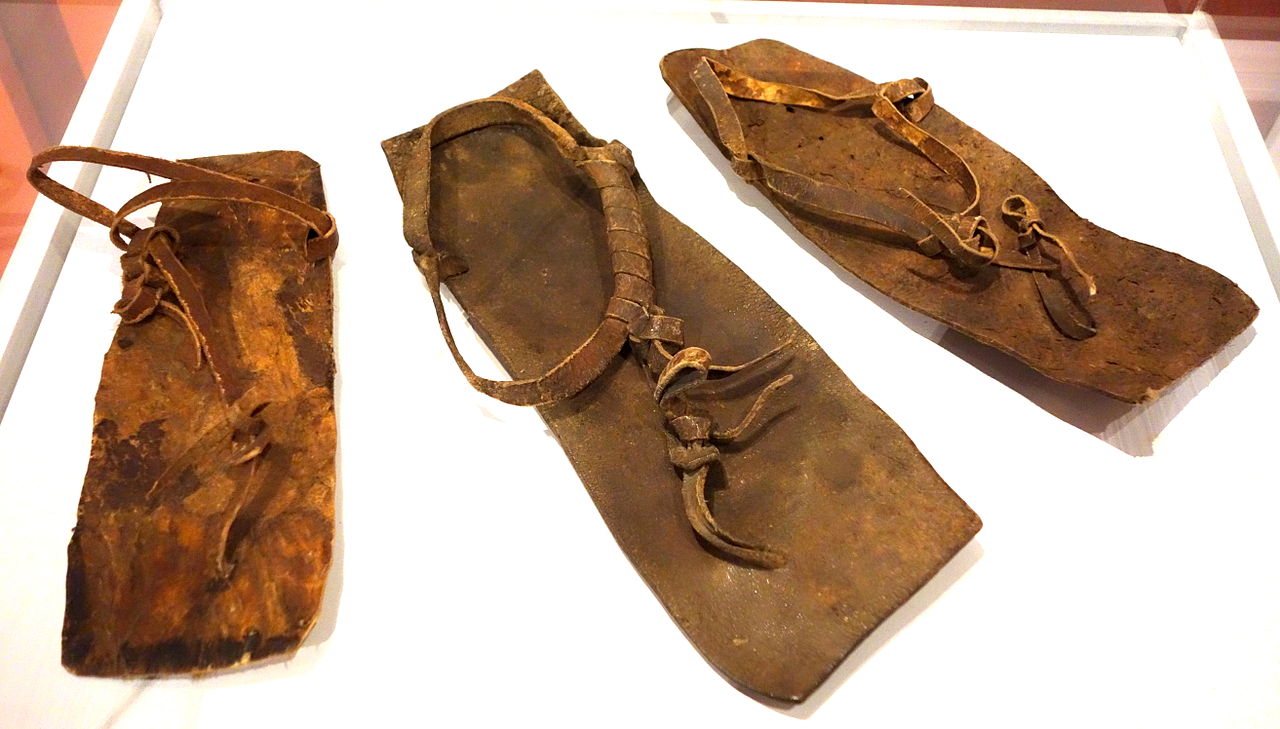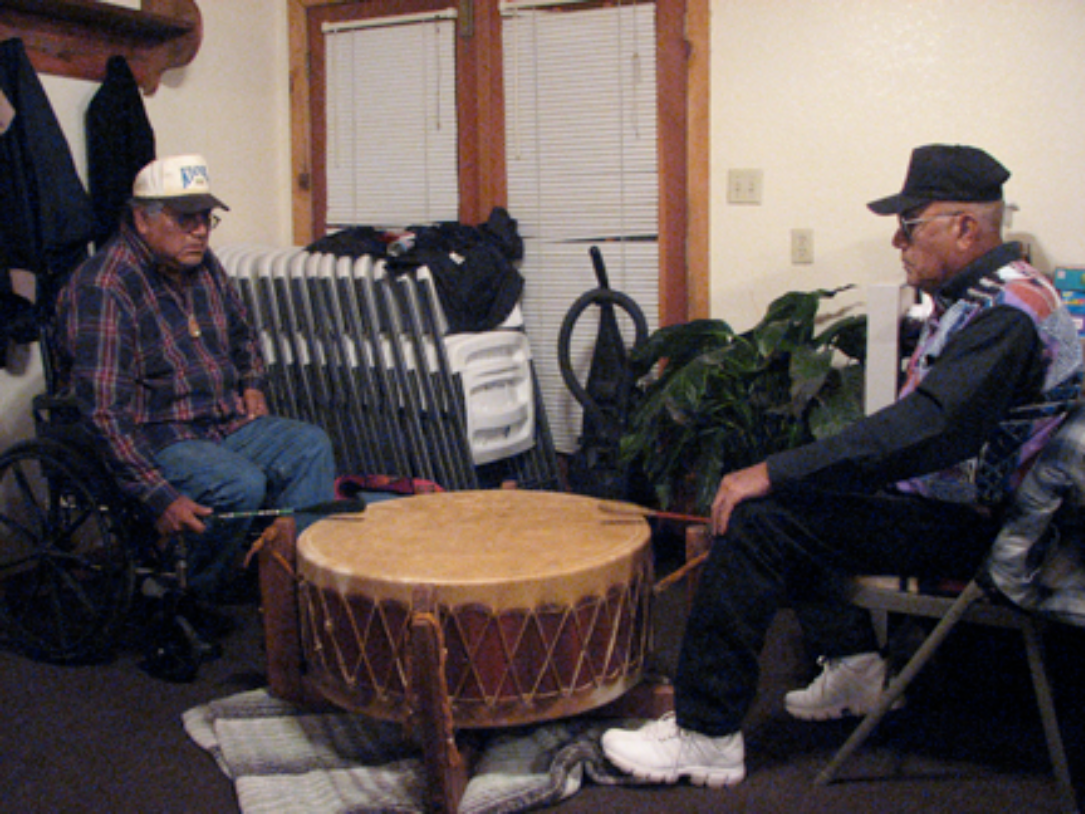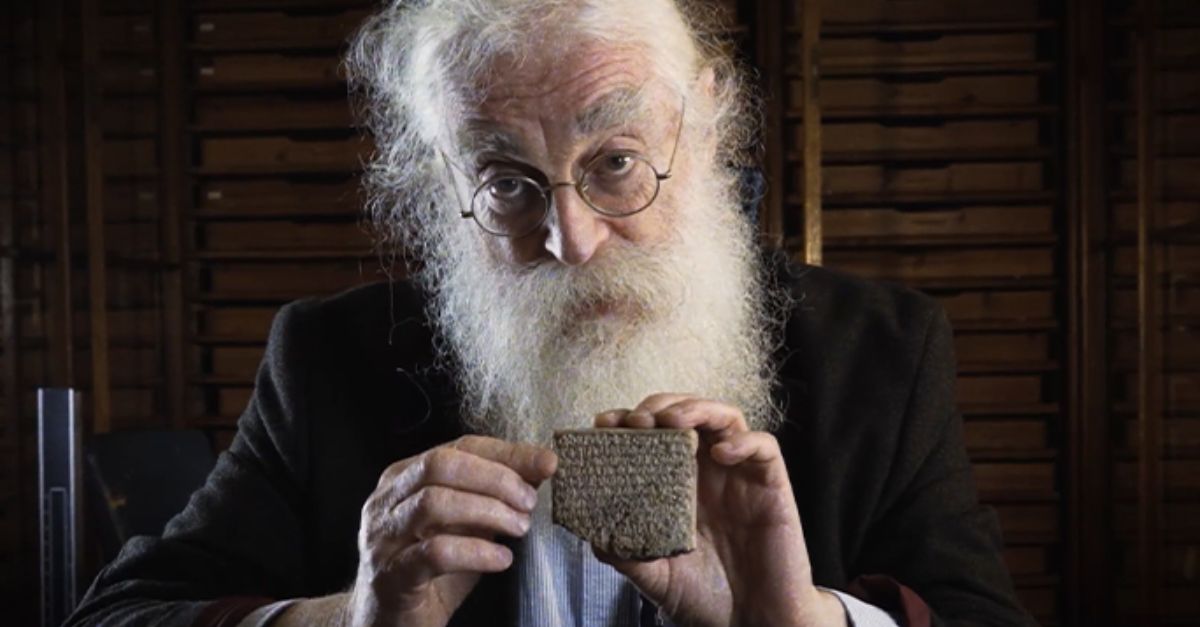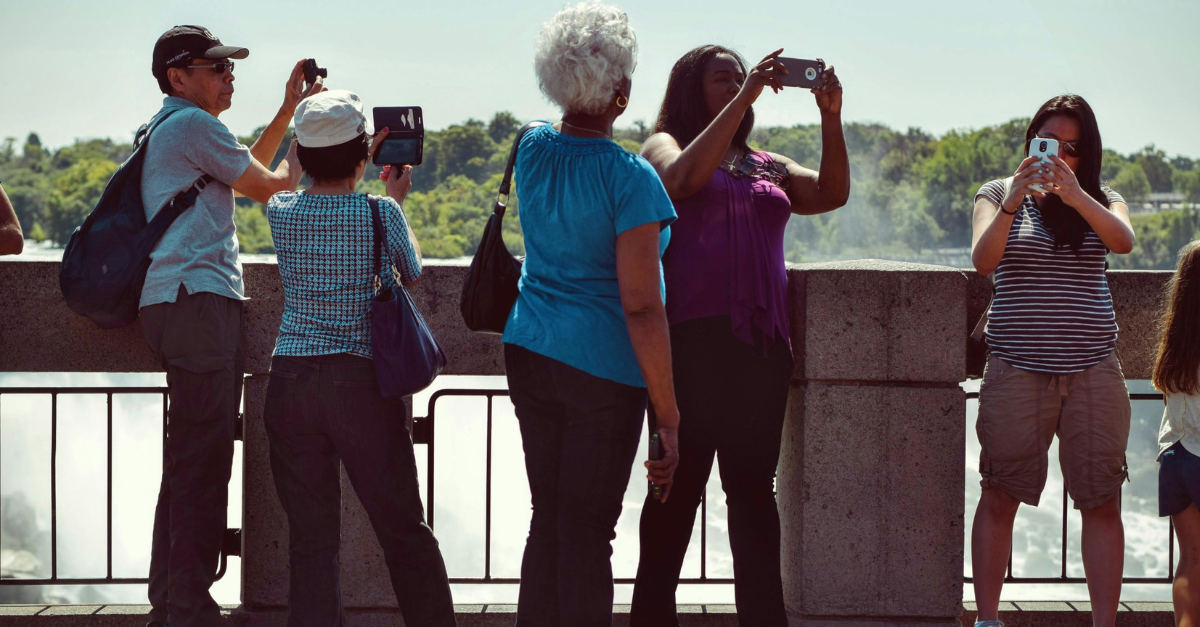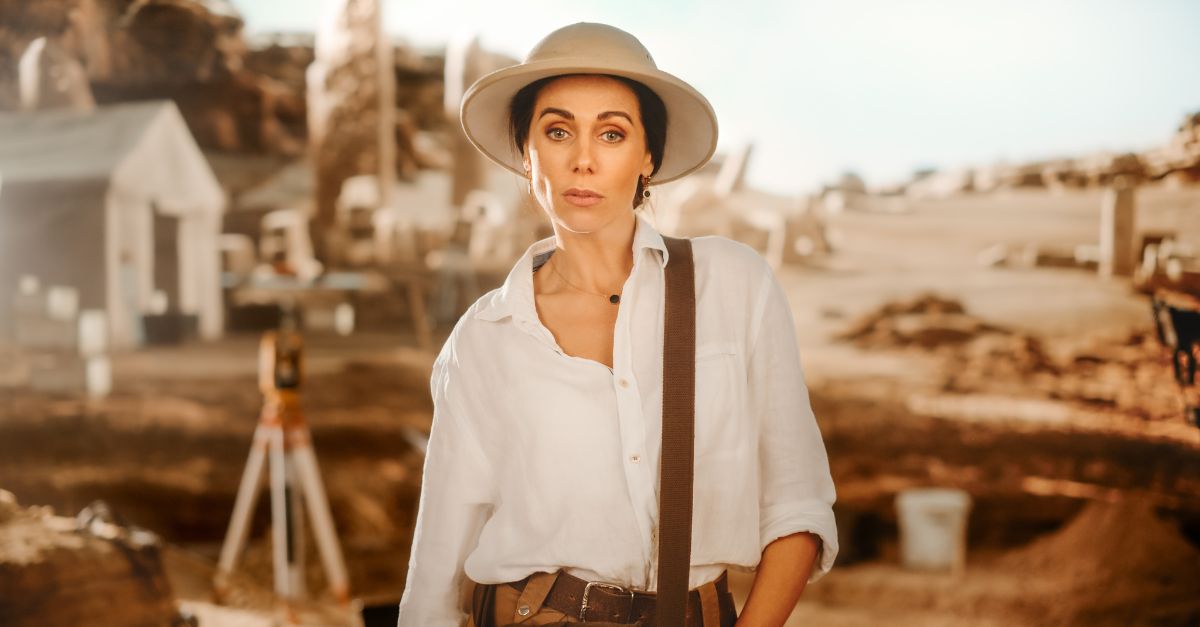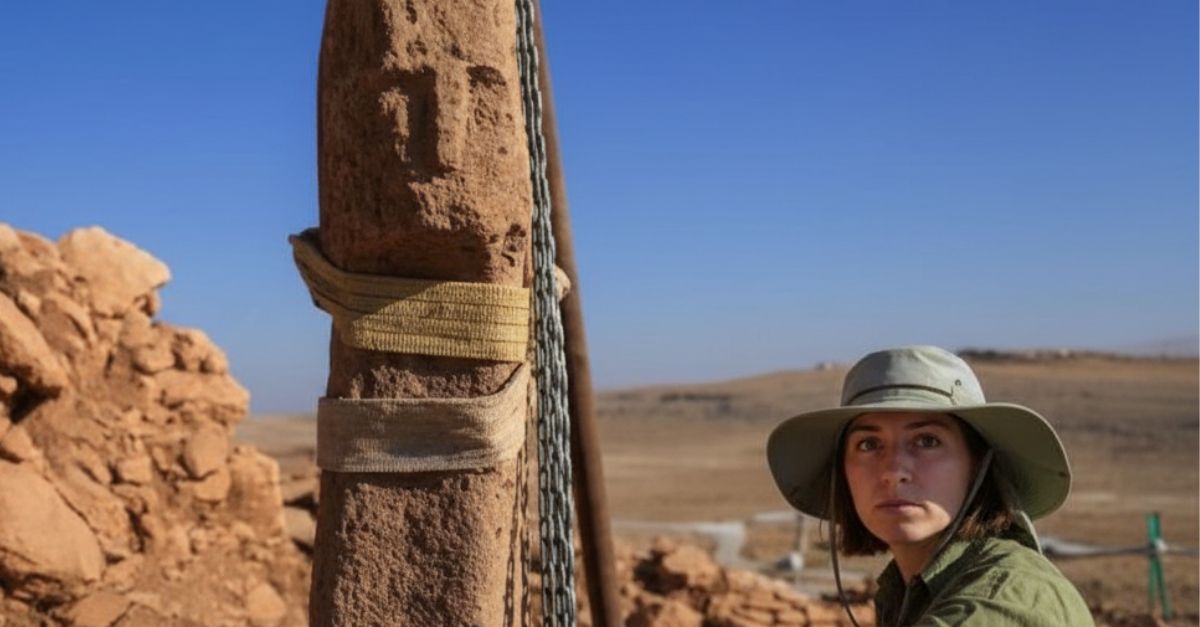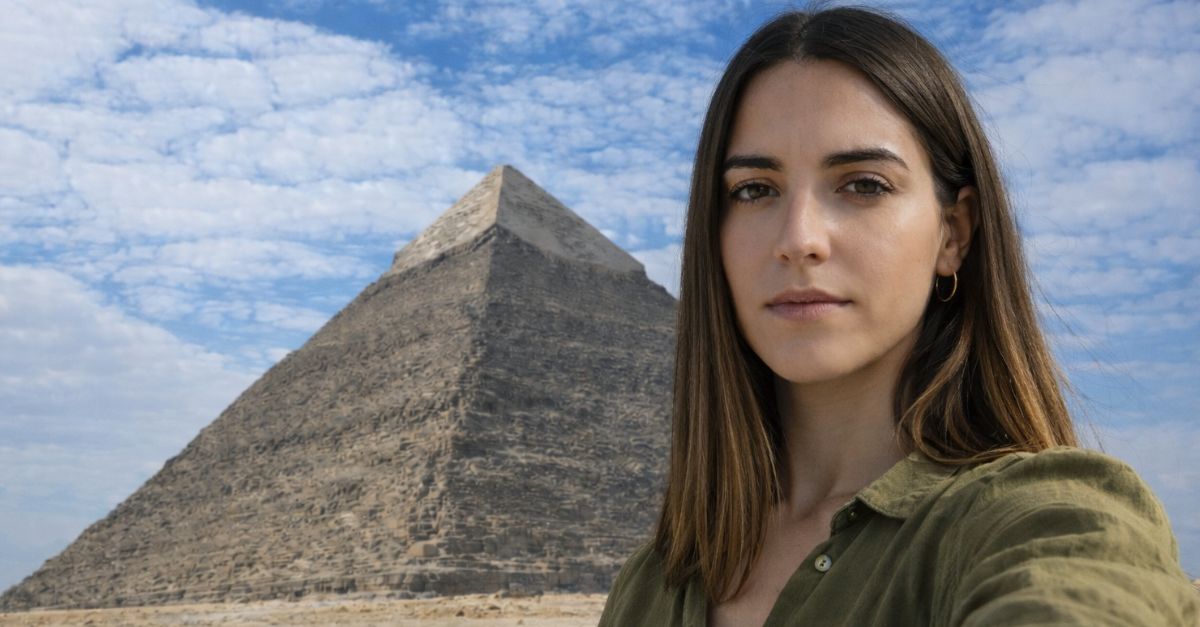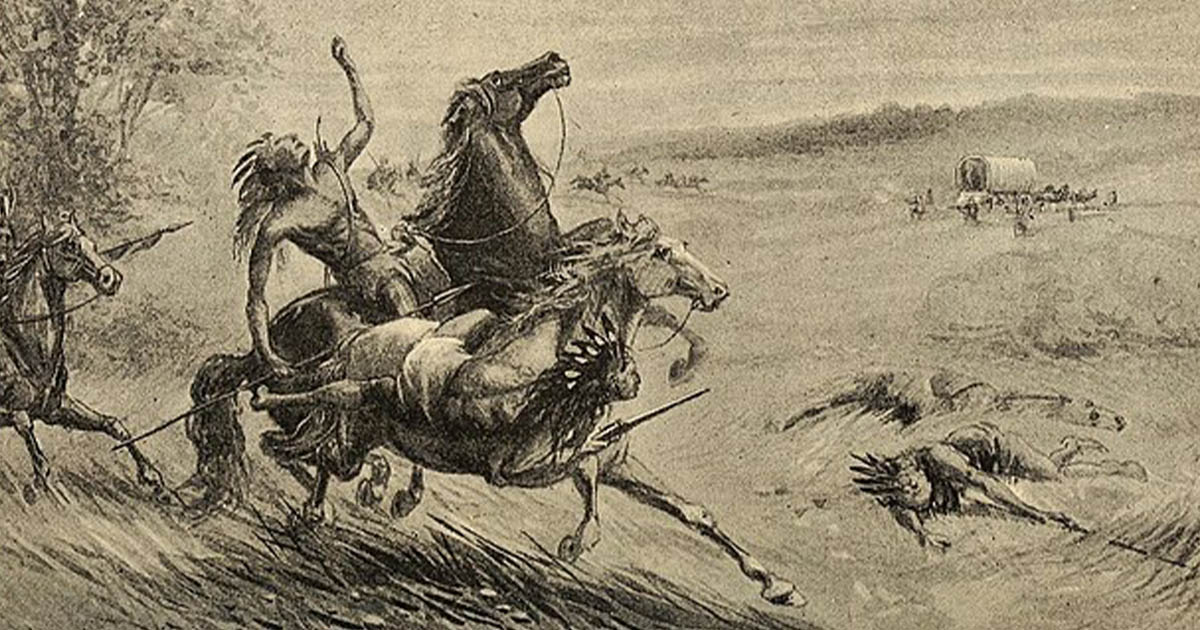The Rise And Fall Of The Most Feared Tribe In America
Mentions of America’s early days and the Wild West often conjure images of skirmishes between settlers and the Native tribes that called this land home. Of those tribes, the Comanche were the most feared.
They fiercely defended their lands against anyone who dared to approach, and often struck out against Natives and settlers alike. But there’s far more to this tribe than just warfare.
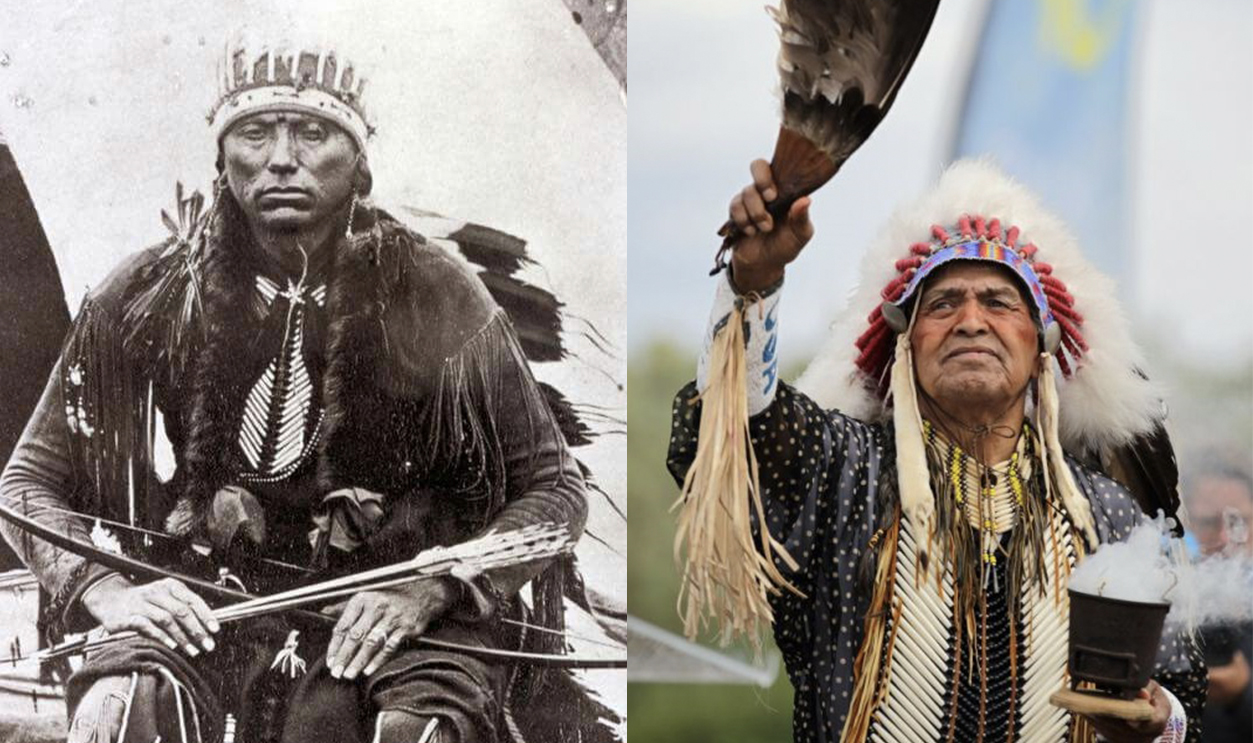
Life As Hunter-Gatherers
Before earning their fearsome reputation, the Comanche lived as nomadic hunter-gatherers. They built temporary settlements and moved seasonally with their prey. They also weren’t very good fighters—but come the late 17th century, things changed. That’s when the Comanche were introduced to horses.
 George Catlin, Wikimedia Commons
George Catlin, Wikimedia Commons
They Used Dogs
Before breaking apart from the Shoshone and learning how to ride horses, the Comanche relied on dogs for transportation. With a simple A-frame structure called a "travois", they could use dogs to carry their possessions.
The Comanche And Horses
Spanish colonizers had introduced horses to the indigenous Plains peoples, but the Comanche developed an understanding of the animals that allowed them to become a powerful military force. Within a few decades, the Comanche became experts at training, riding, and fighting with horses. It’s that expertise that transformed them from passive hunter-gatherers into an empire of warriors.
 Unknown Author, Wikimedia Commons
Unknown Author, Wikimedia Commons
They Were Unique
The Comanche’s horsemanship also made them unique among the other Plains peoples. For a time, most other tribes didn’t know how to use horses in combat, and it would be decades before they reached the level of the Comanche.
 San Francisco Public Library, Picryl
San Francisco Public Library, Picryl
American Spartans
The Comanche evolved into a warlike society, akin to the Spartans in the value they placed on fighting. From an early age, children were taught to ride, hunt, and fight.
Their Name
The first known use of the name “Comanche” dates back to 1706 in a report from Spanish officials. They took the Ute word kimantsi, meaning “enemy”, and spelled it as Comanche to match Spanish pronunciation.
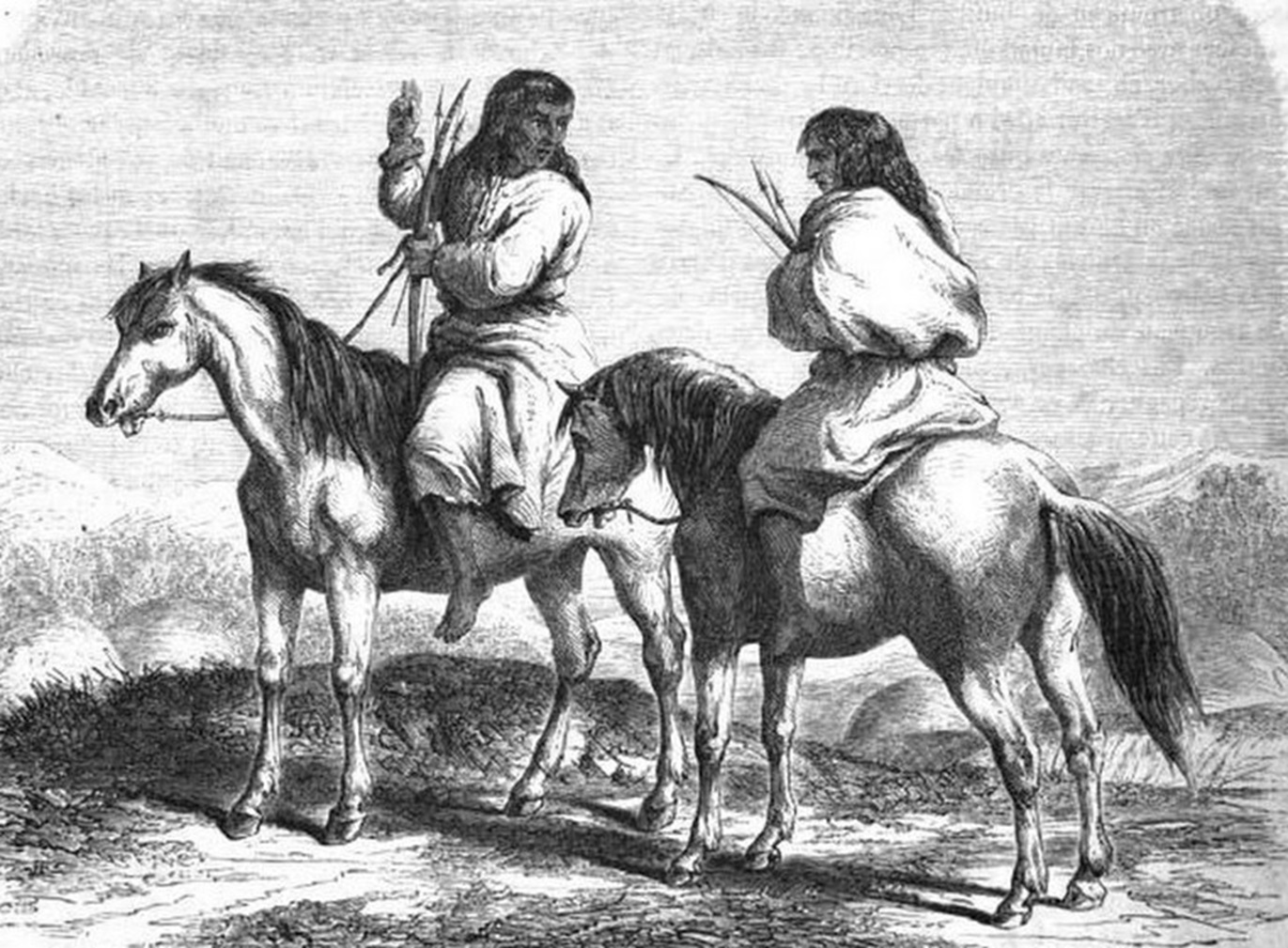 Jules-Antoine Duvaux, Wikimedia Commons
Jules-Antoine Duvaux, Wikimedia Commons
Their Name (cont’d)
Before taking on the name “Comanche”, the group called themselves Nʉmʉnʉʉ, which means “the people”.
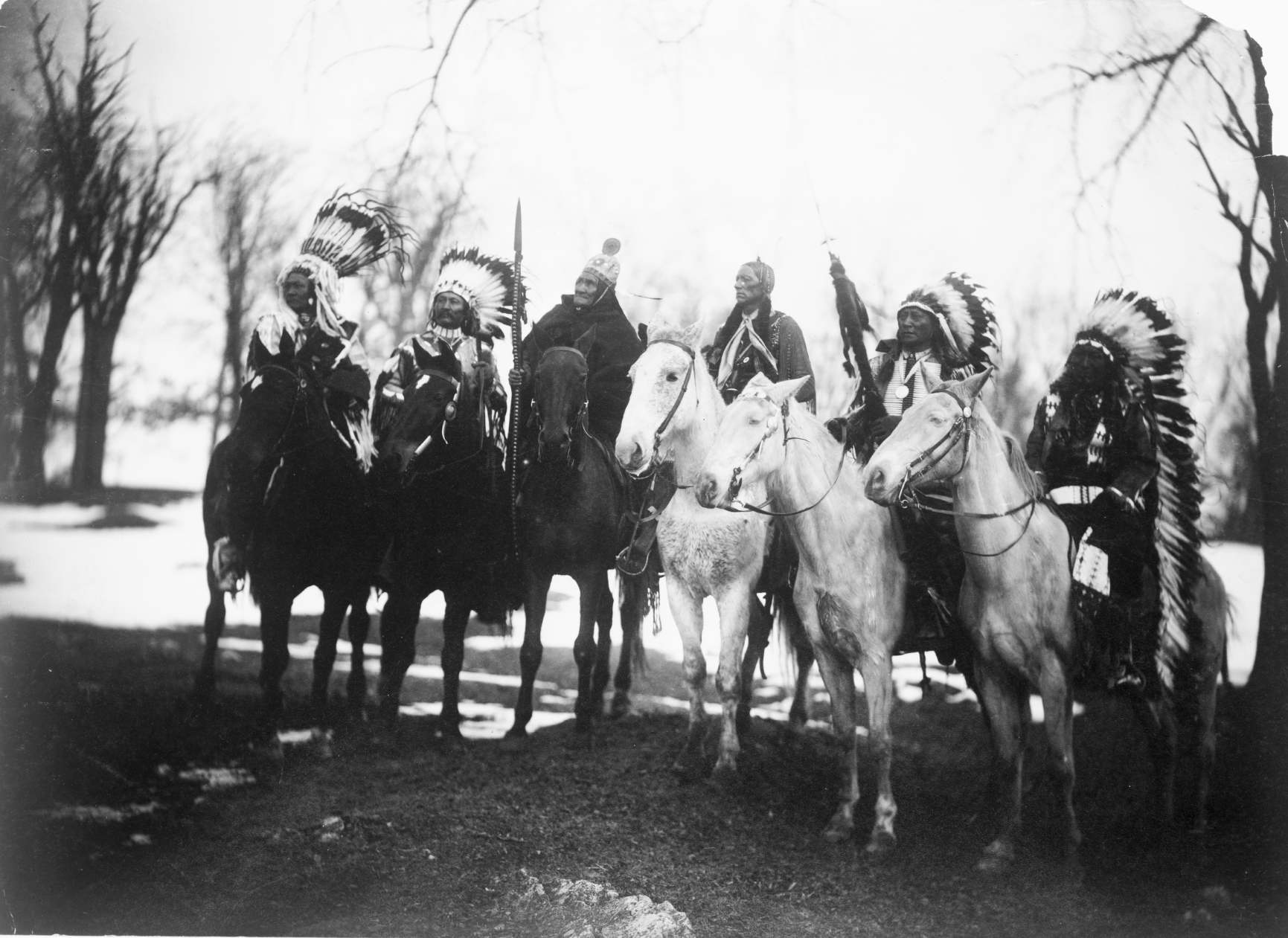 Edward S. Curtis, Wikimedia Commons
Edward S. Curtis, Wikimedia Commons
Their Origins
Based on linguistic evidence, the Comanche used to be part of the Shoshone of Wyoming. It’s thought that in the 16th century, they migrated to the plains of Colorado, following the trail of bison.
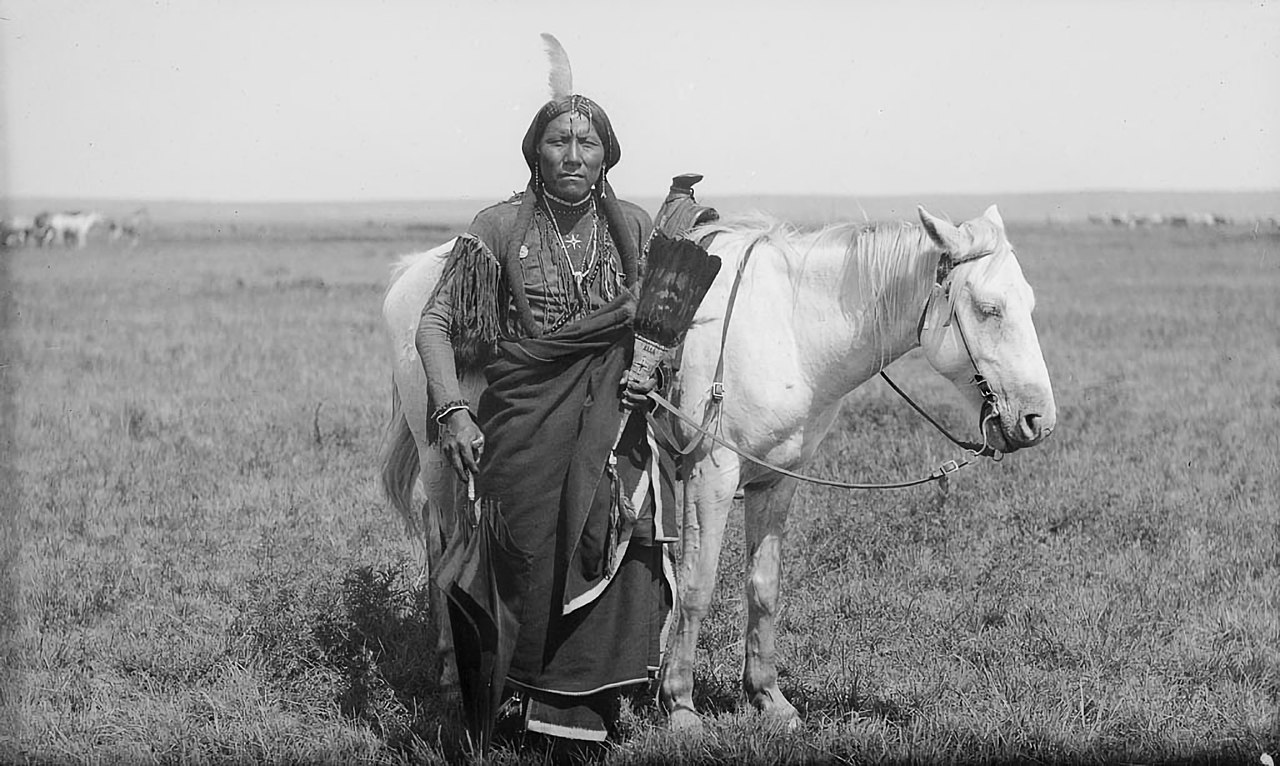 Unknown Author, Wikimedia Commons
Unknown Author, Wikimedia Commons
They Were Brutal
While there’s no denying that the Comanche were skilled fighters, their success also lay in how brutal their attacks were. During raids against the enemy, killing all of the men was standard, as was the execution of older children. The captives they took often fared much worse.
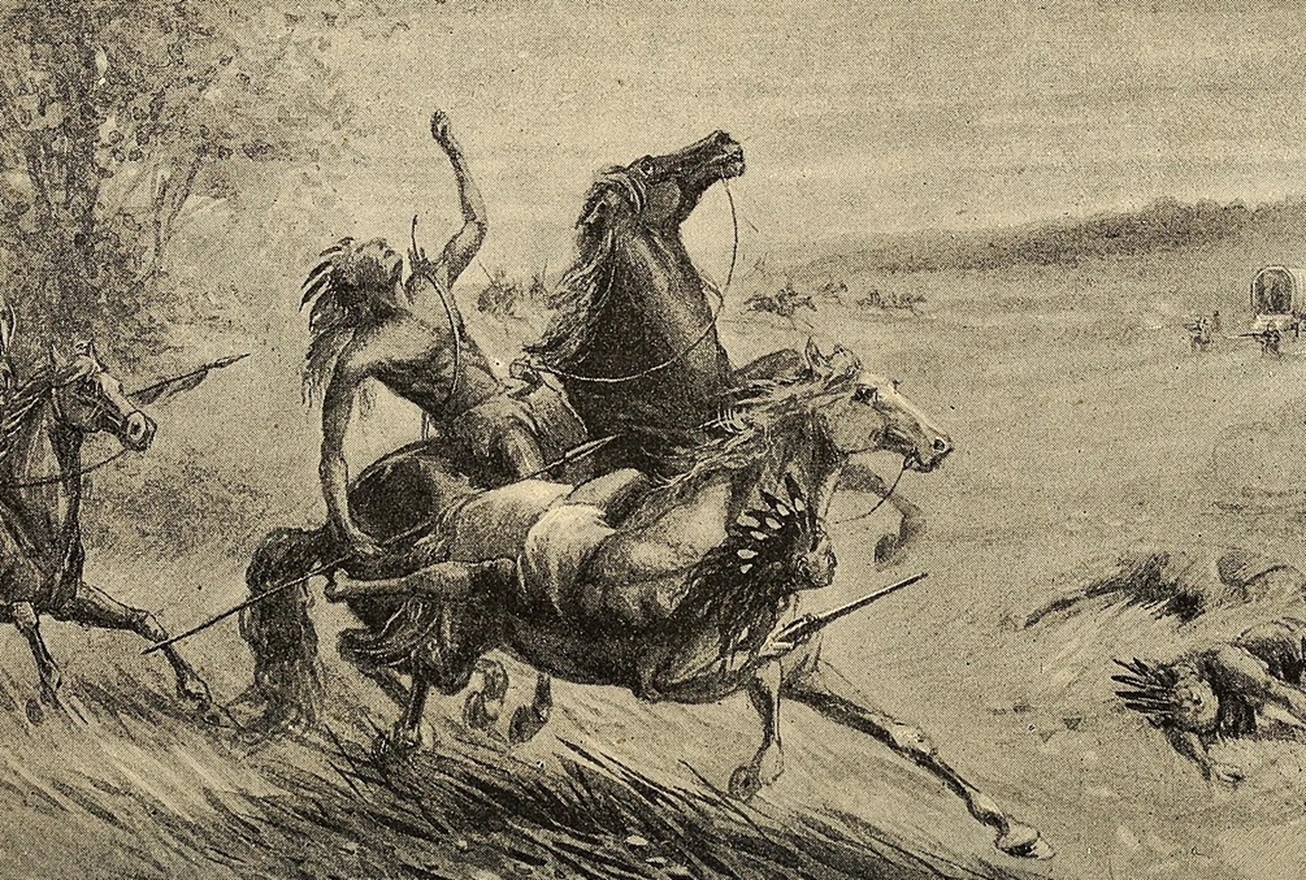 Internet Archive Book Images, Wikimedia Commons
Internet Archive Book Images, Wikimedia Commons
They Were Brutal (cont’d)
The young children that Comanche captured were often sold as slaves. Women that were taken were usually assaulted before their death. And if the Comanche did happen to take prisoners of war, they usually met a brutal end filled with unspeakable torture.
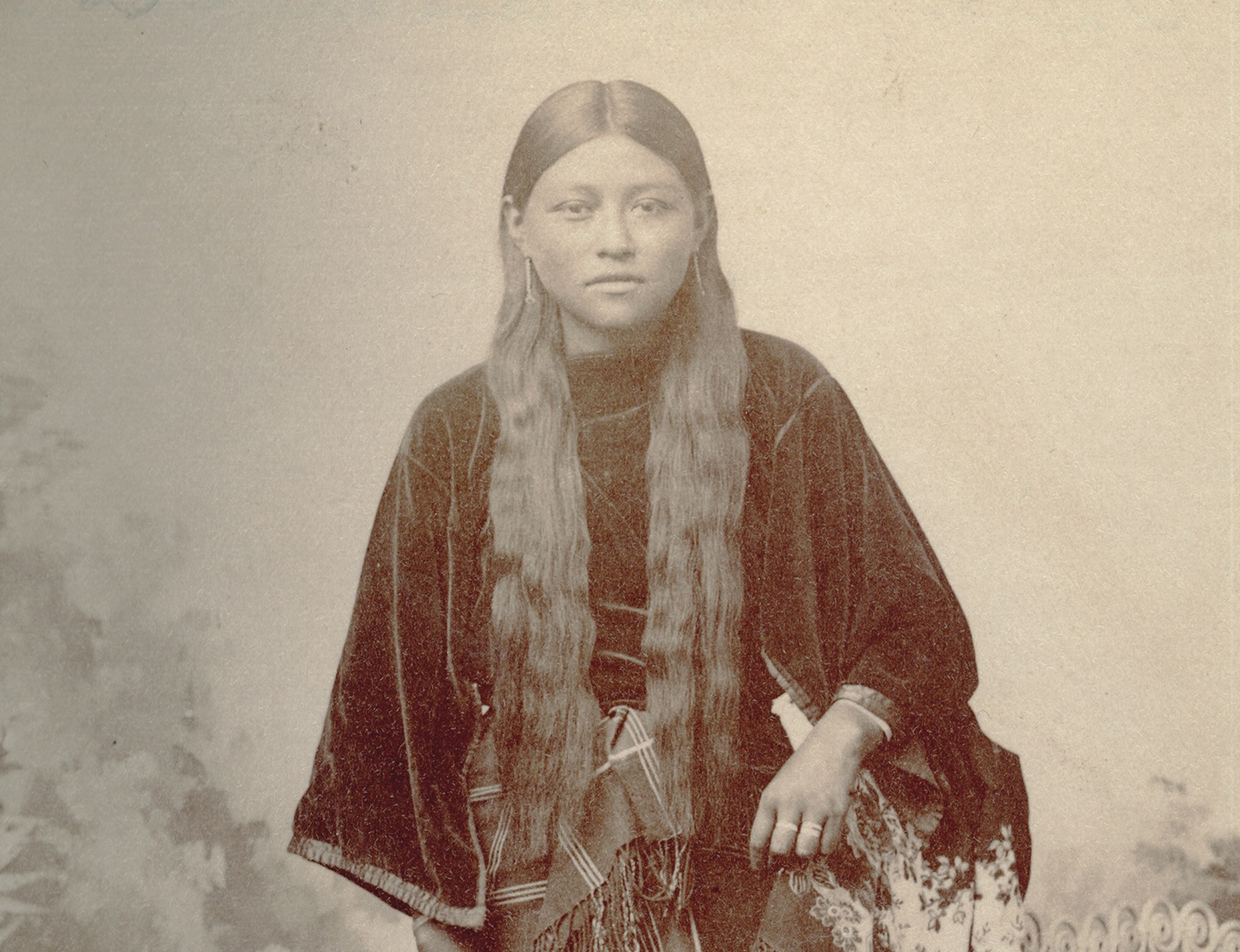 George A. Addison, Wikimedia Commons
George A. Addison, Wikimedia Commons
Embracing The Comanche Way Of Life
While some captives were sold as slaves to Spanish settlers or tormented before being executed, others were embraced into Comanche society. Those who showed bravery before death might be spared, and young children often assimilated into the tribe, too. People who adopted the Comanche ways often refused to return to settler society upon being “rescued”.
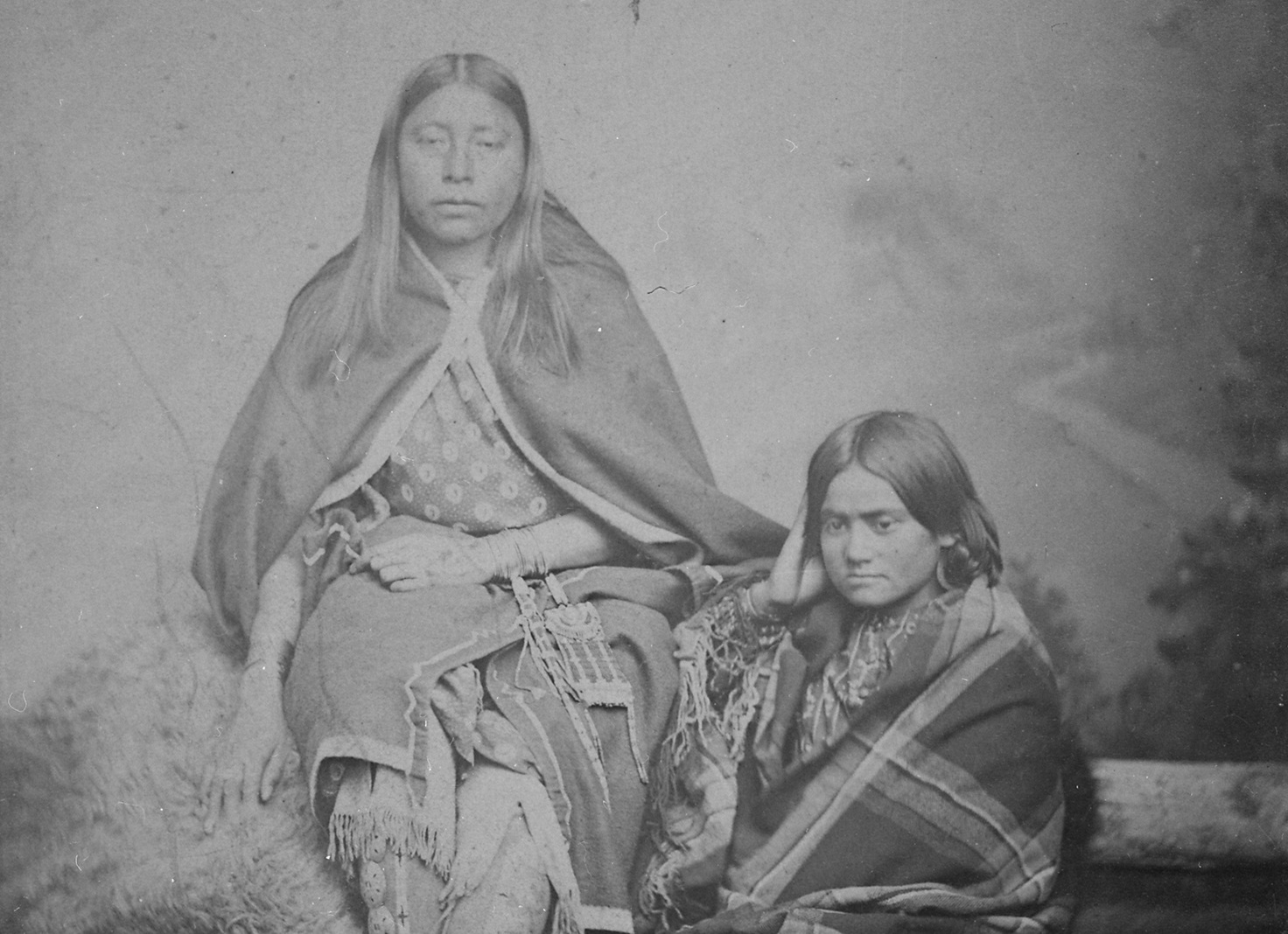 National Archives at College Park, Wikimedia Commons
National Archives at College Park, Wikimedia Commons
Friend Or Foe?
The Comanche had a complex relationship with settlers. While settlers in Texas feared the Comanche for their raids, settlers in New Mexico saw the Comanche as valuable trading partners.
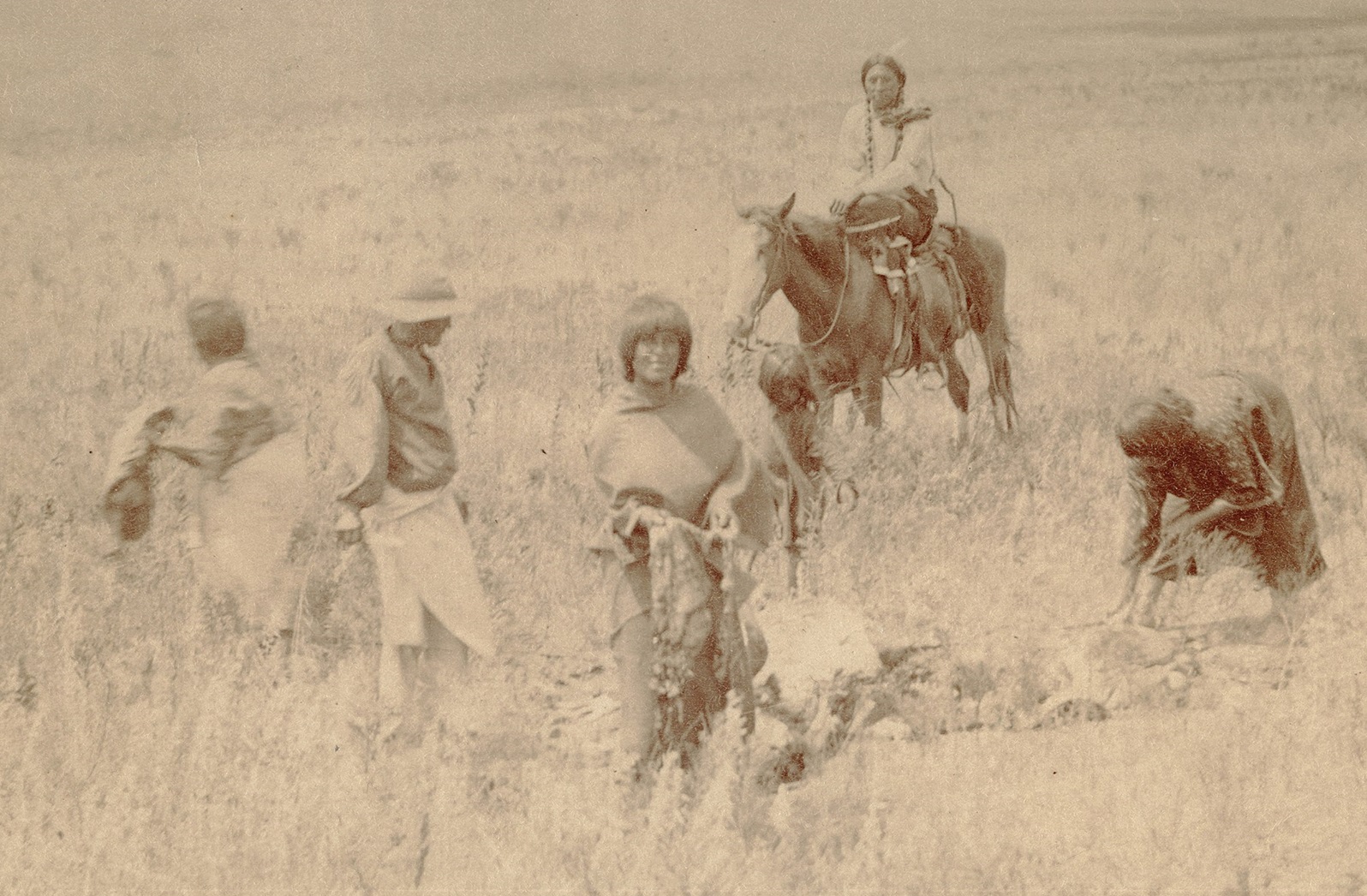 George A. Addison, Wikimedia Commons
George A. Addison, Wikimedia Commons
Establishing Dominance
Long before squaring off against Spanish and American settlers, the Comanche turned their bows toward neighboring Plains tribes, like the Pawnees and Blackfoot. They drove these tribes off their traditional territories, but it was the Apache who suffered the worst of the Comanche’s ire.
The Poor Apache
The Apache tried to hold their own against the Comanche and met them in battle several times—only to be defeated every time. It got so bad that the Apache asked the Spanish for protection, and by the time the Comanche took over the plains, they’d come very close to killing off all the Apache.
Their Lands
By 1750, the Comanche had taken control of the Great Plains. The western bands lived in New Mexico, Colorado, Kandas, and the Texas panhandle. The eastern bands claimed the southwest of Oklahoma and central Texas.
 George Catlin, Wikimedia Commons
George Catlin, Wikimedia Commons
The Comancheria
Within 150 years, the Comanche took over 200,000 square miles of the Great Plains, spanning across the modern-day states of Colorado, Kansas, Oklahoma, New Mexico, and Texas. The Spanish called this empire Comancheria.
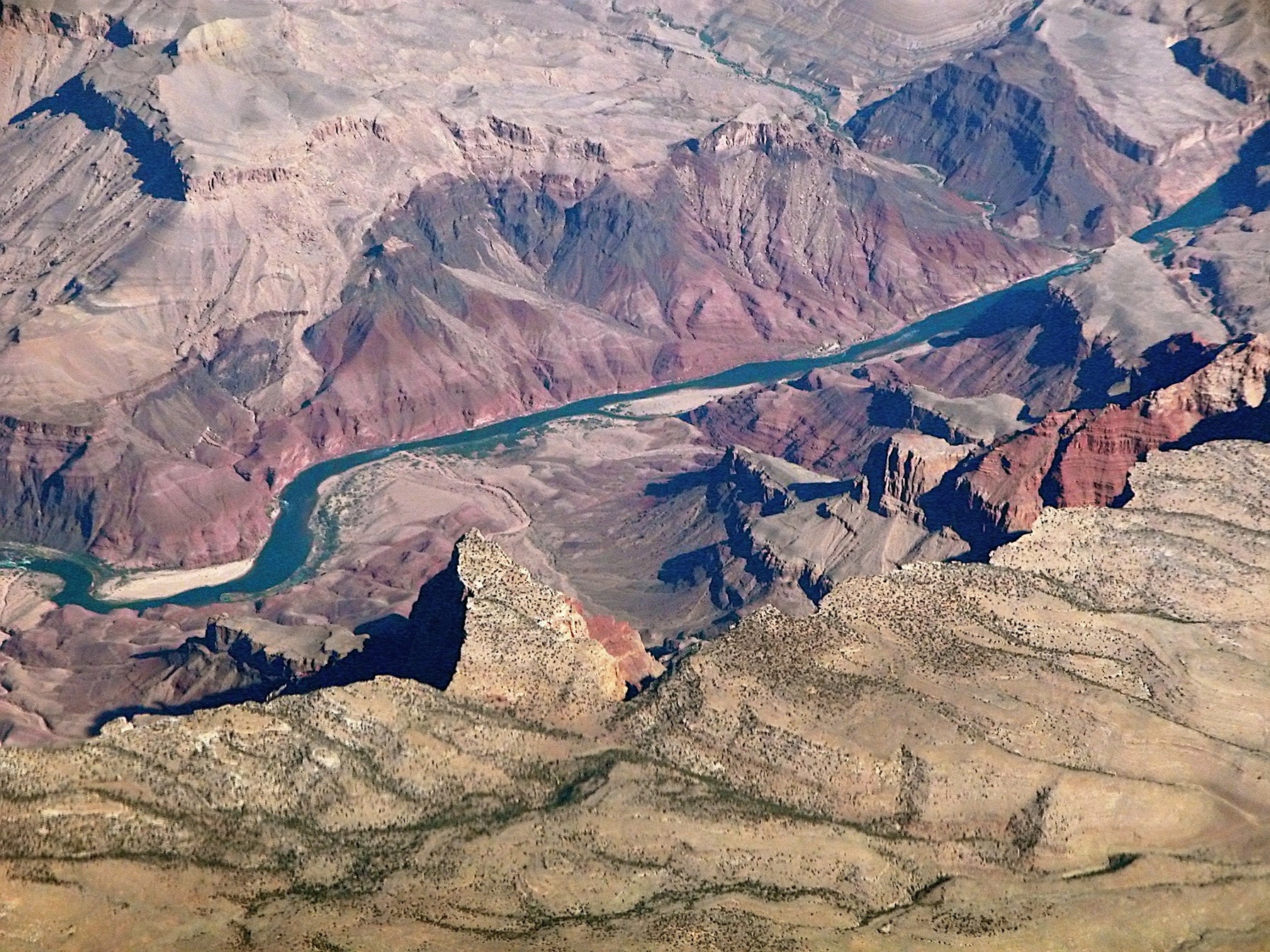 Doc Searls, CC BY-SA 2.0, Wikimedia Commons
Doc Searls, CC BY-SA 2.0, Wikimedia Commons
A True Empire
The term “empire” is no exaggeration. More than just controlling a lot of land, the Comanche had vassals, and their sovereignty was acknowledged by nearly 20 other tribes.
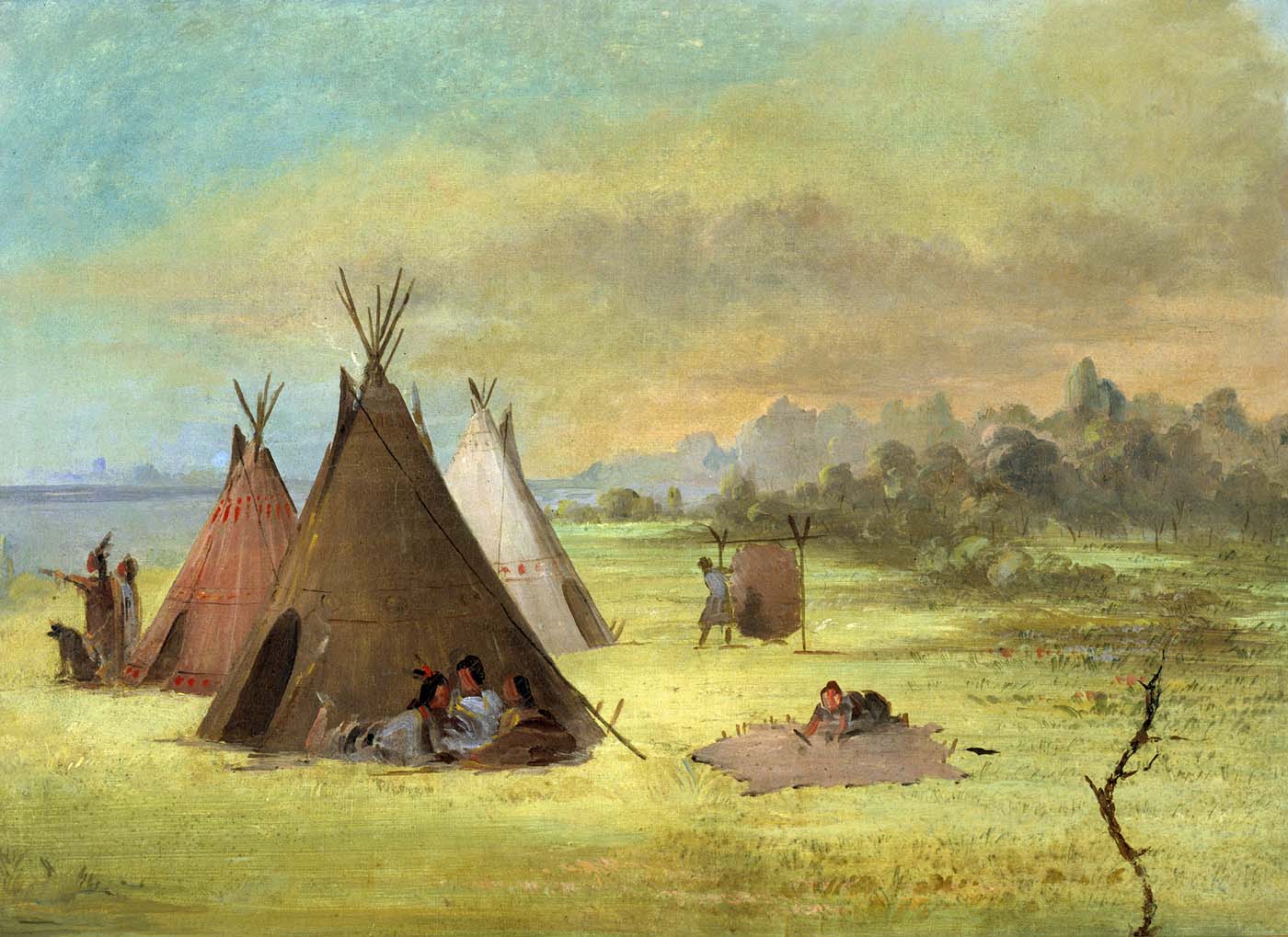 George Catlin, Wikimedia Commons
George Catlin, Wikimedia Commons
Their Allies
The Ute, Wichita, Kiowa, and Kiowa Apache are some of the bands that the Comanche considered allies. Later, in the mid-1800s, they would also join forces with the southern Cheyenne and Arapaho.
The Strongest
According to some historians, the Comancheria was stronger and more advanced than many European empires of the time. Perhaps that’s why the French, Spanish, and Americans all suffered defeat when they tried to test the boundaries of the Comancheria.
 George Catlin, Wikimedia Commons
George Catlin, Wikimedia Commons
They Learned From Others
While the Comanche used warfare to take control of the Plains, they maintained that control by learning from the cultures they encountered and embracing new ways of doing things. Their use of large, temporary winter villages is one example that historians think the Comanche learned from other tribes.
 National Archives at College Park, Wikimedia Commons
National Archives at College Park, Wikimedia Commons
The Bands
Comanche society was organized into local units called bands. Bands usually had several hundred members, mostly family members. The main political unit was a group of male relatives.
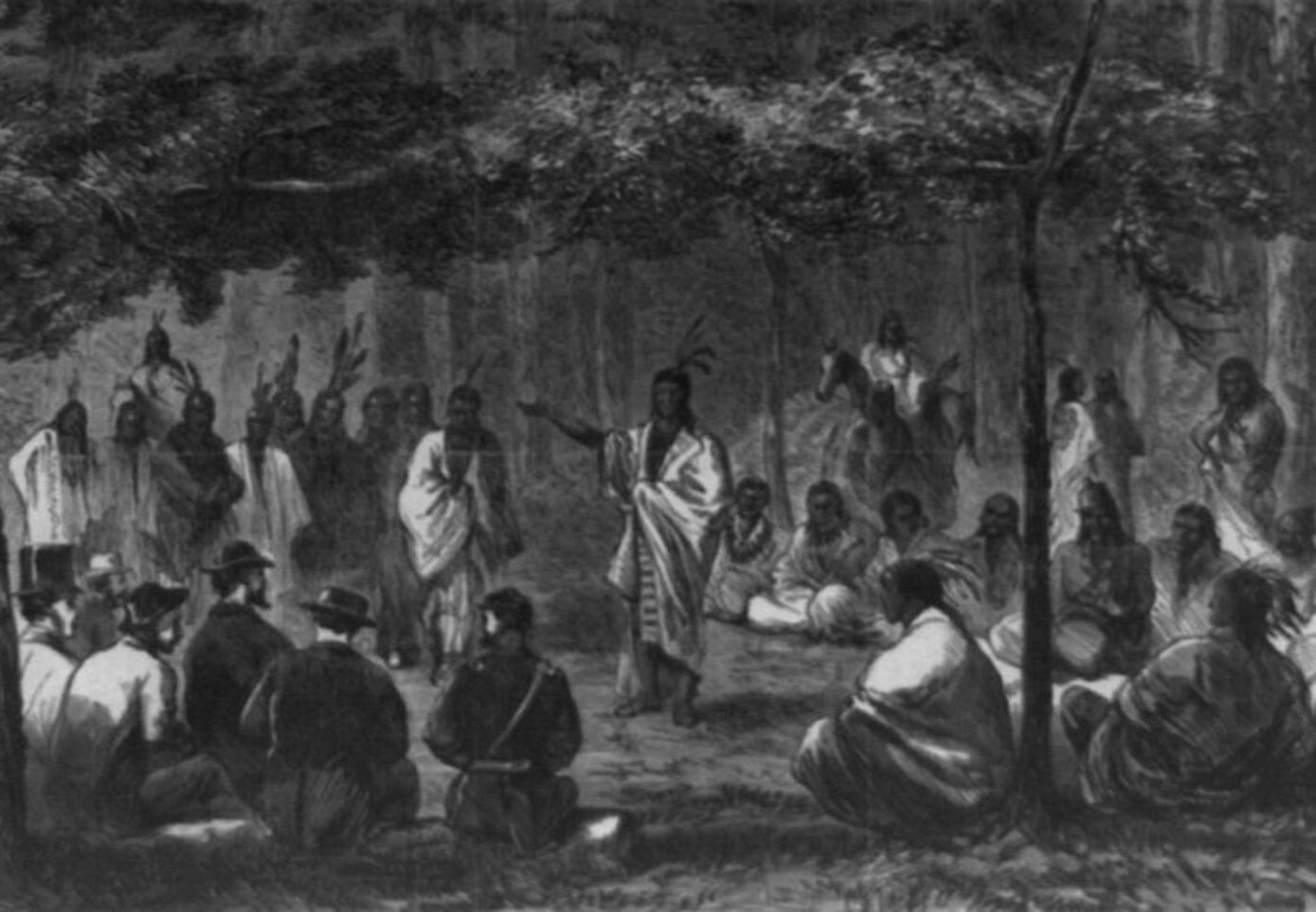 Howland, John Dare, Wikimedia Commons
Howland, John Dare, Wikimedia Commons
The Chief
In the group, the most important member was the paraivo, or “chief”. He was usually an older man, like a grandfather, father, or uncle. During times of war, any Comanche man who led a war party was called a “war chief”.
 Department of Defense. Wikimedia Commons
Department of Defense. Wikimedia Commons
The Chief (cont’d)
After the death of the chief, one of the other men in the group took his place. If he had no surviving male relatives, it was common for the band to drift apart to find groups where they had other relatives or could marry into.
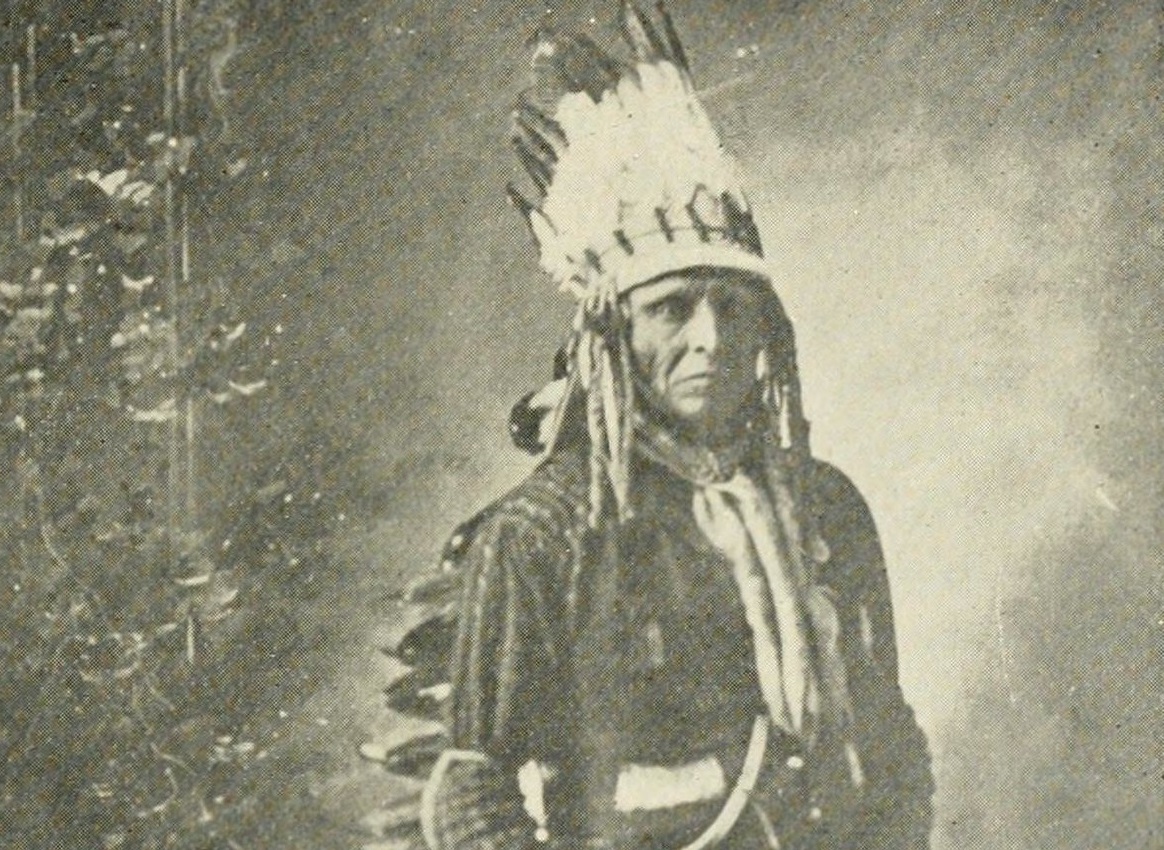 Internet Archive Book Images ,Flickr
Internet Archive Book Images ,Flickr
Marriage
Because bands were family units, marriage between people within the band was forbidden. It was customary for wives to leave their band to live with their husband’s community.
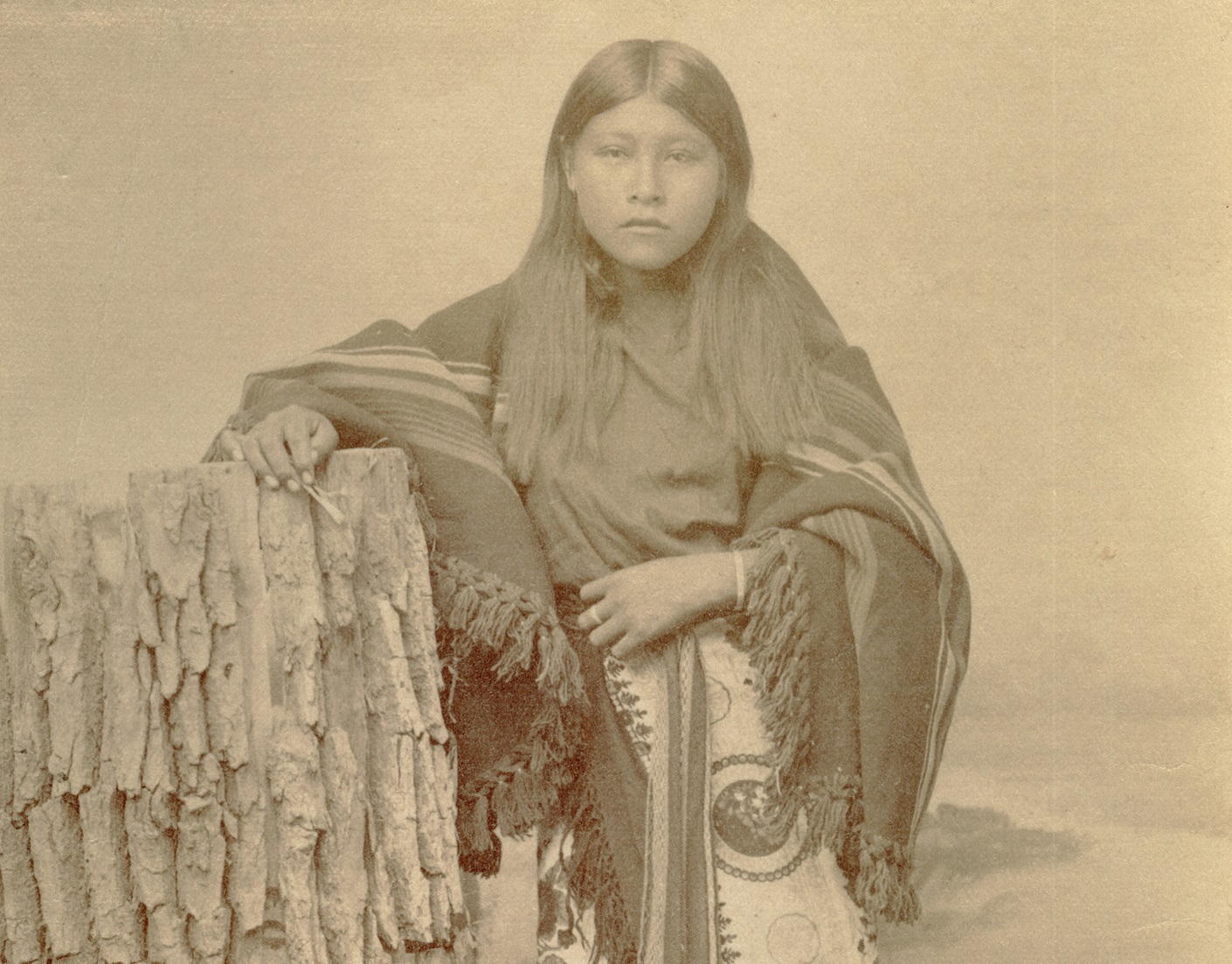 George A. Addison, Wikimedia Commons
George A. Addison, Wikimedia Commons
Comanche Children
The Comanche saw children as a precious gift, so much so that kids rarely got punished. Misbehaving young ones were often disciplined by an older relative telling them scary stories about the boogey man.
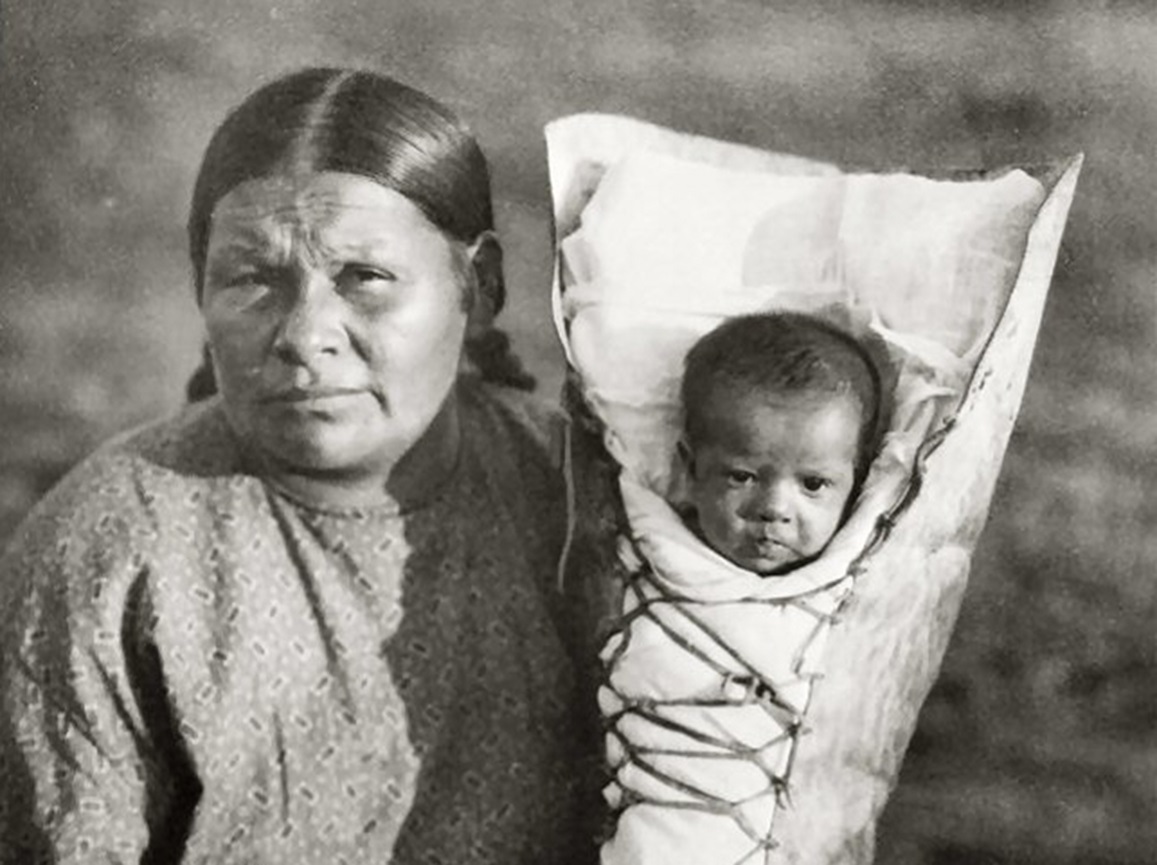 Edward S. Curtis, Wikimedia Commons
Edward S. Curtis, Wikimedia Commons
Comanche Children (cont’d)
Children were also scared straight with tales of Pia Mupitsi, or Big Maneater Owl. He lived in a cave in the Wichita Mountains and feasted on bad children at night.
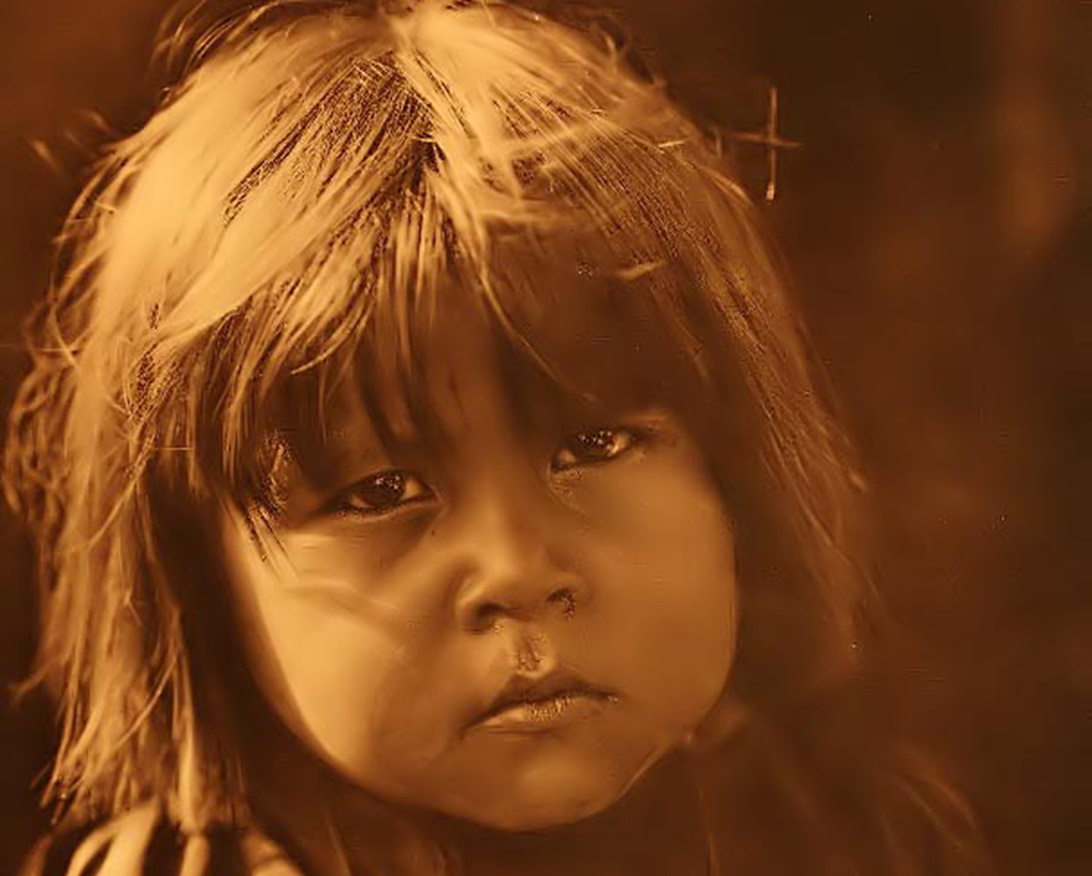 Edward Curtis, Wikimedia Commons
Edward Curtis, Wikimedia Commons
Comanche Education
Rather than a traditional education, Comanche children learned by watching their parents and other members of the band. From a young age, they followed their parents around to learn about their future responsibilities.
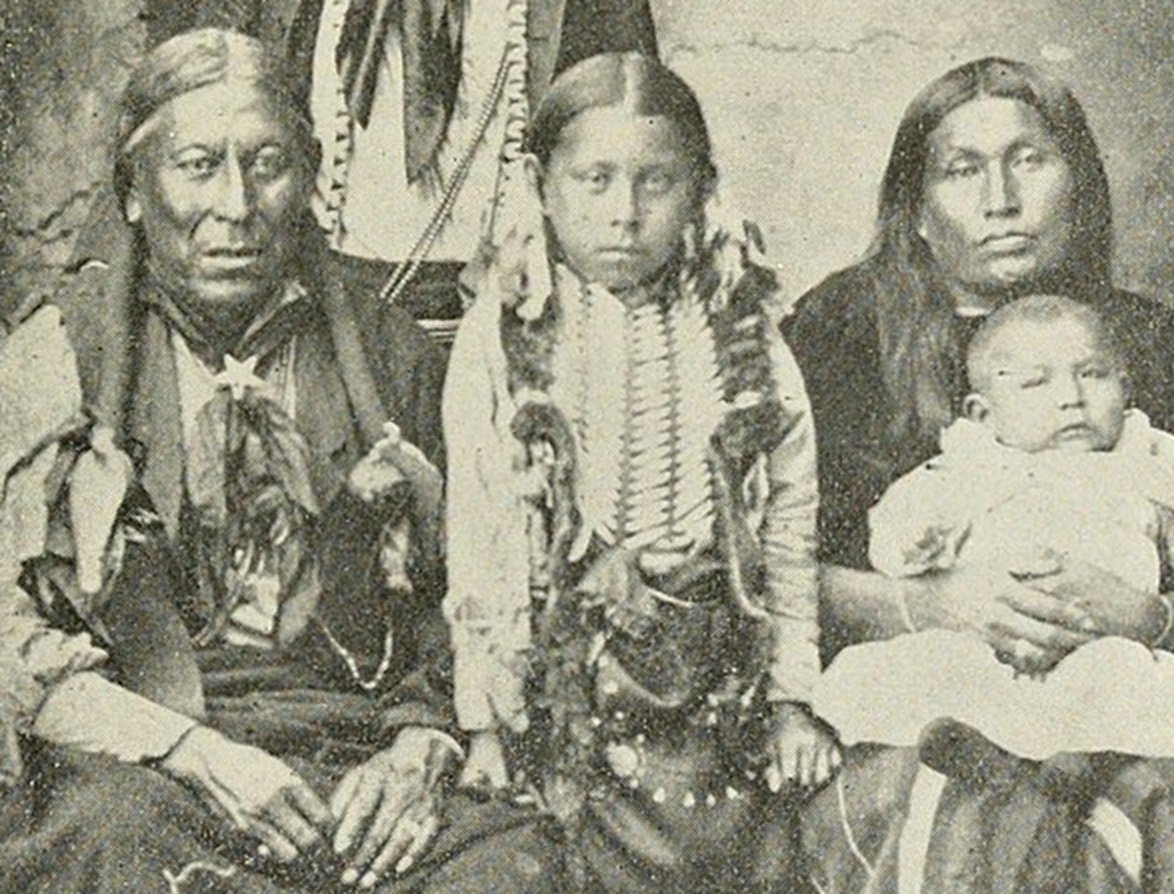 Internet Archive Book Images, Wikimedia Commons
Internet Archive Book Images, Wikimedia Commons
Girls' Education
Little girls usually played pretend by mimicking their mothers cooking or sewing clothes. They were given a small deerskin doll and learned to make clothes for the toy.
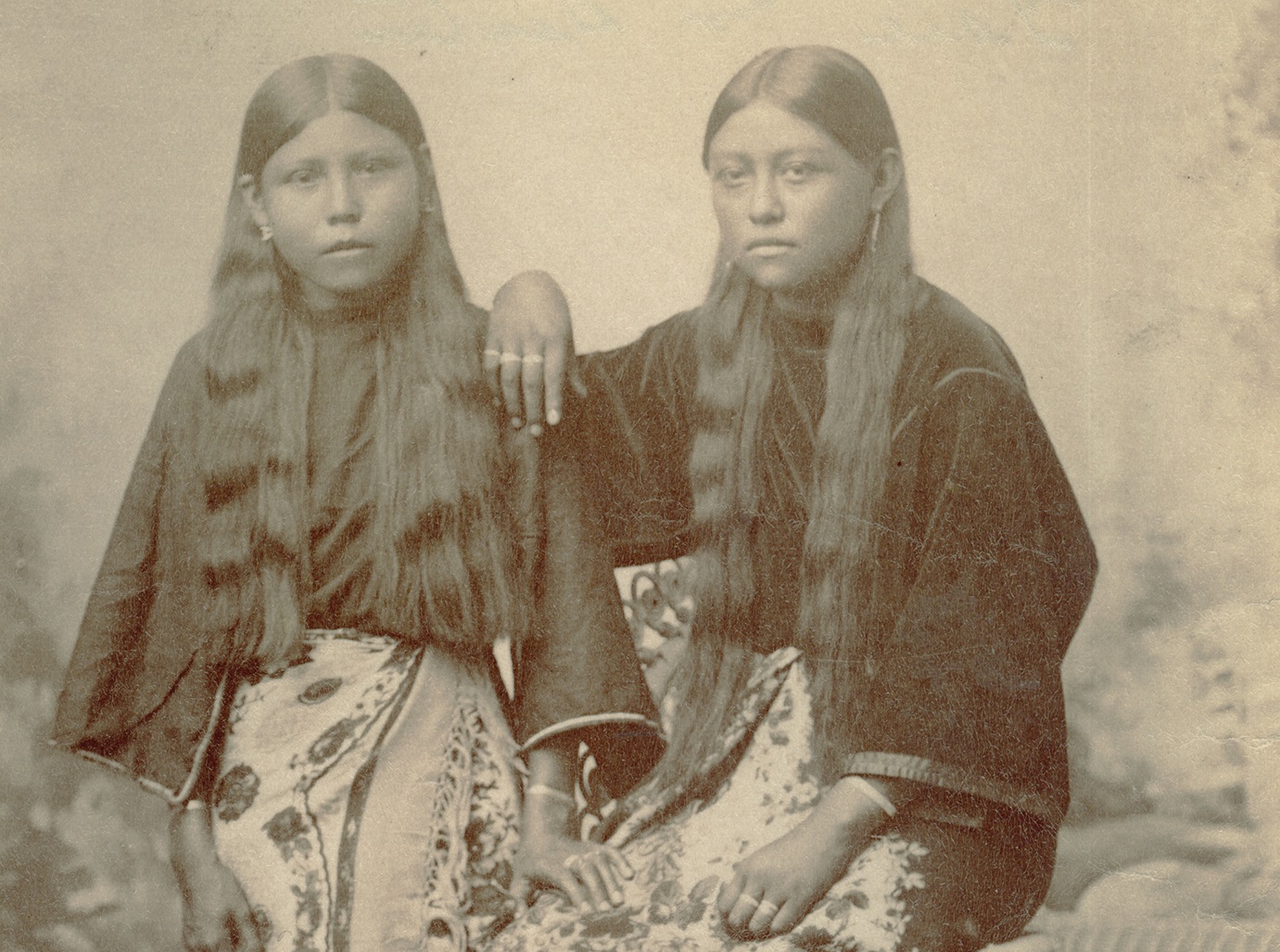 George A. Addison, Wikimedia Commons
George A. Addison, Wikimedia Commons
Girls Education (cont’d)
Girls learned to forage for nuts, berries, and roots. They also collected water and firewood for the band.
 National Archives at College Park, Wikimedia Commons
National Archives at College Park, Wikimedia Commons
Growing Up
At about 12 years old, girls learned how to cook, prepare hides, sew clothes, and make tipis. These were all important skills for when she became a wife and mother, and proving to be good at these tasks meant she was ready to be married.
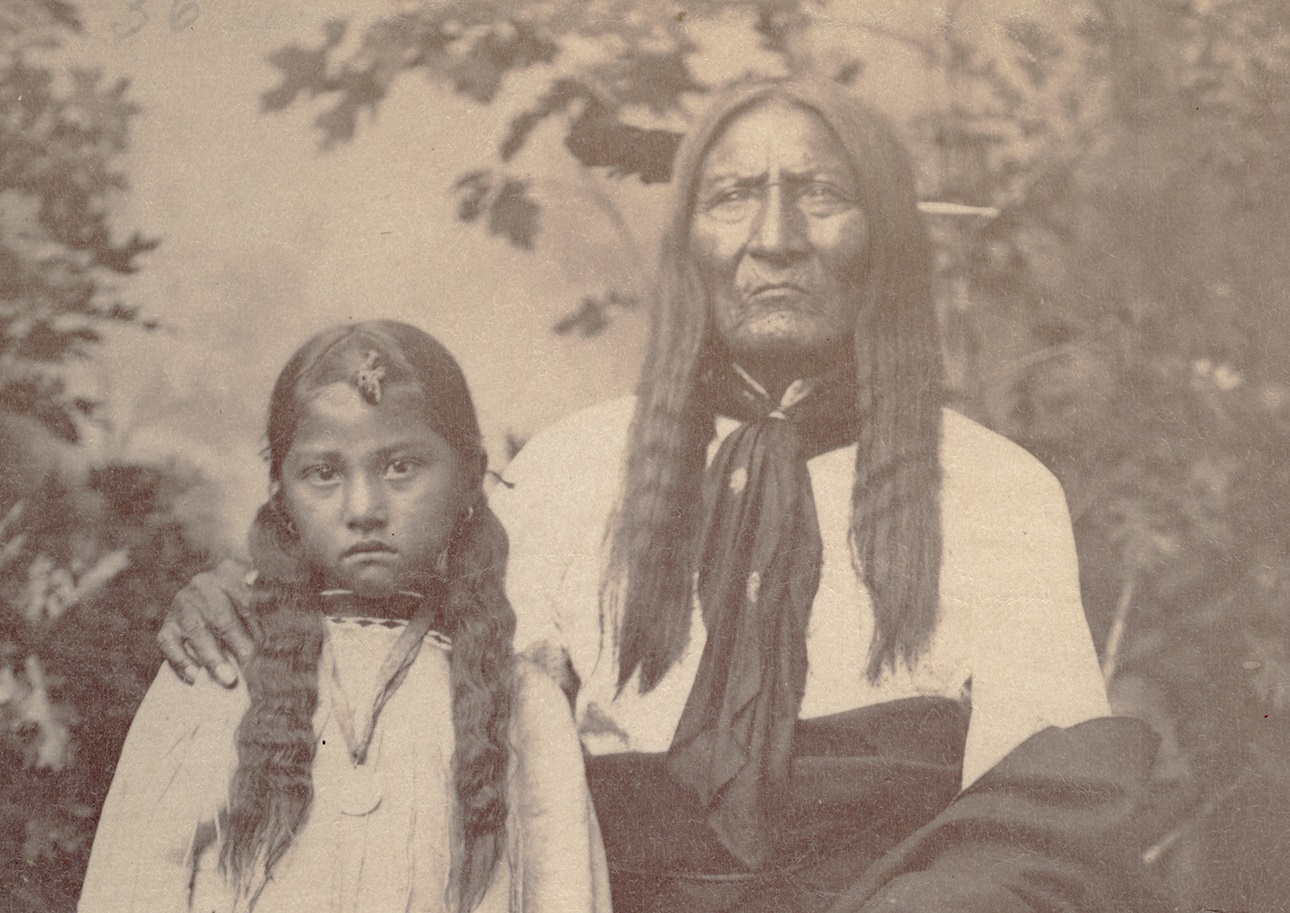 George A. Addison, Wikimedia Commons
George A. Addison, Wikimedia Commons
Boys' Education
Comanche boys were taught how to ride horses before they took their first steps. By the time a boy was four or five, it was expected that he could easily command a horse.
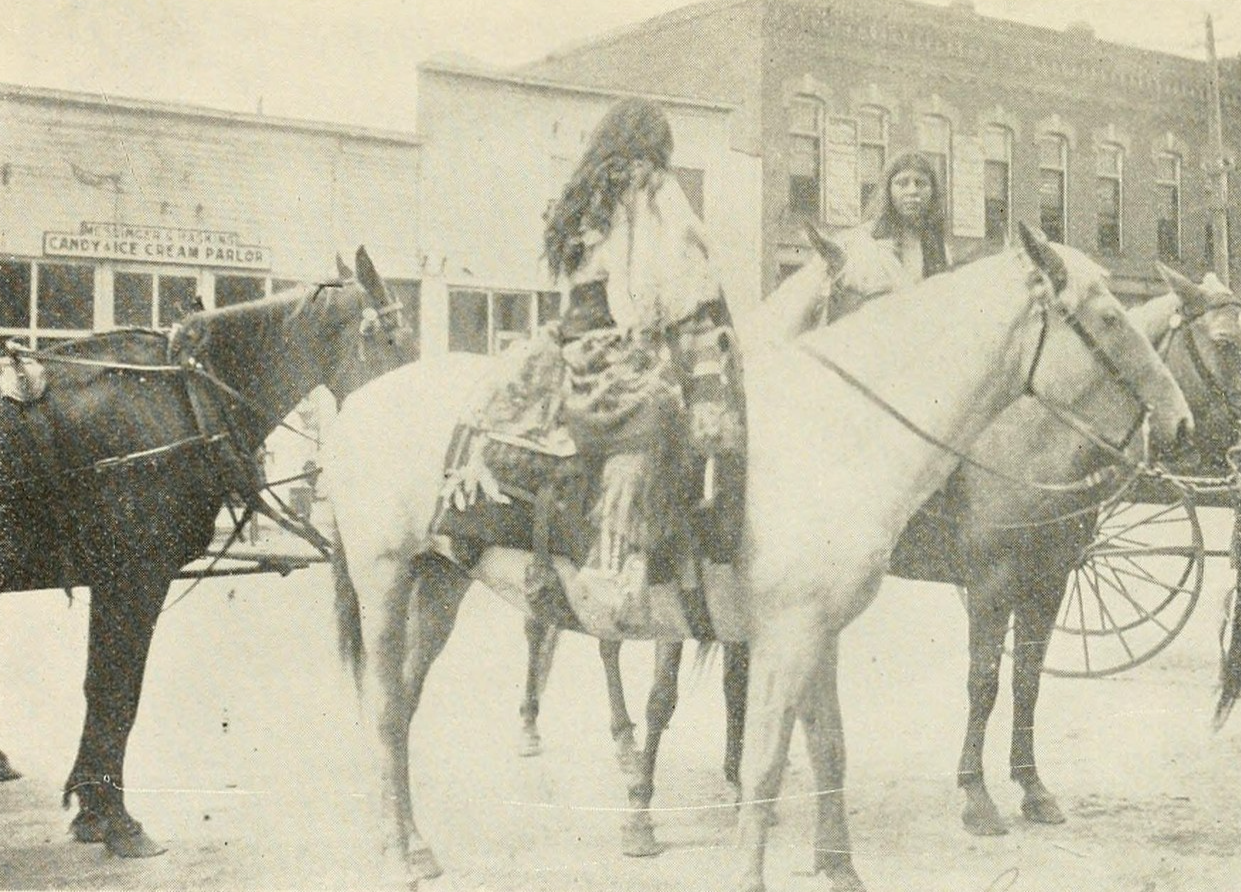 Internet Archive Book Images, Wikimedia Commons
Internet Archive Book Images, Wikimedia Commons
Lessons From Grandpa
When boys turned six or seven, they were given their own bow and arrows. Since young men, like fathers and uncles, were often out hunting or raiding, it was usually grandfathers who taught the boys how to shoot. Grandfathers also passed down legends and stories of the band’s history.
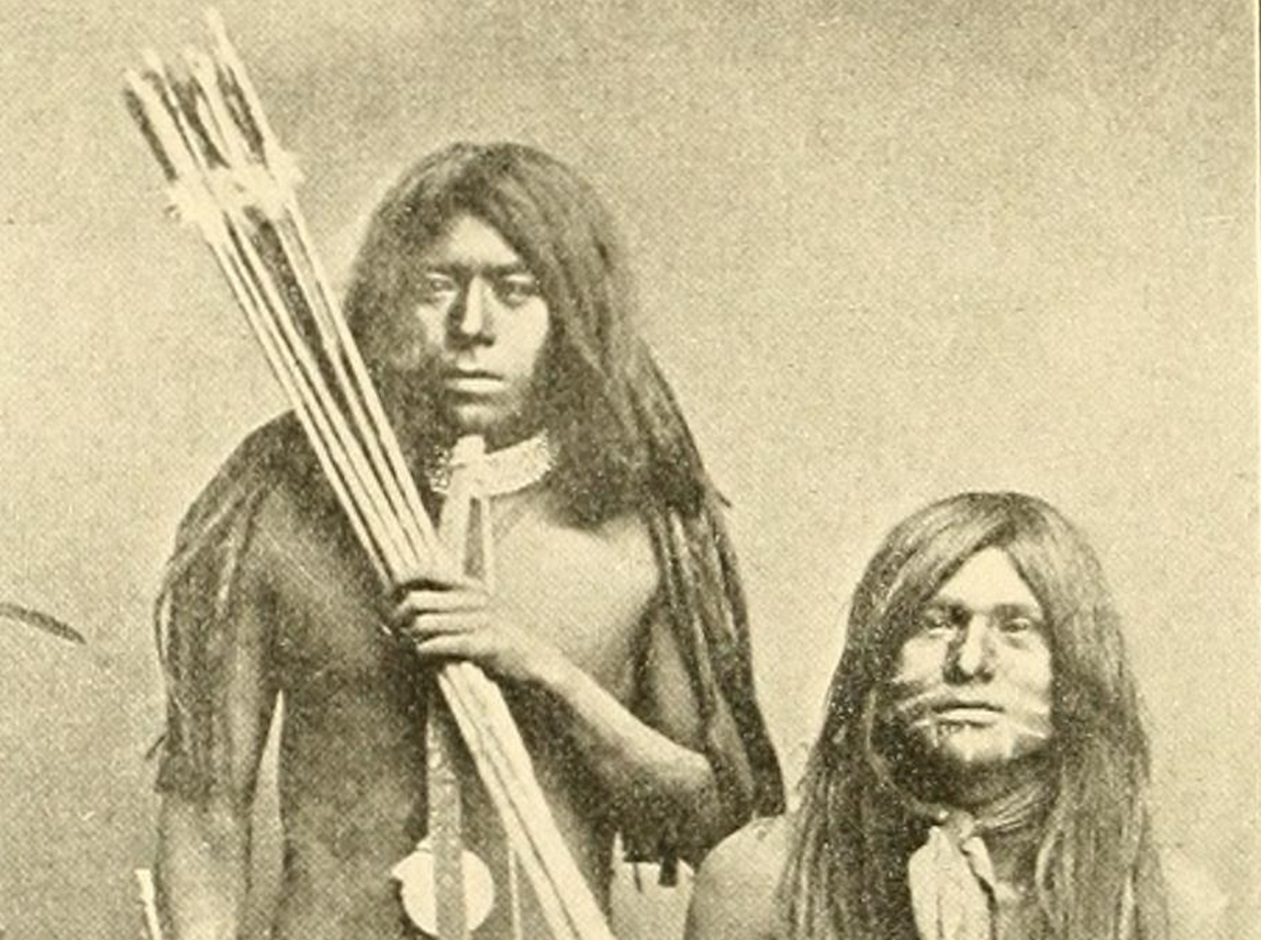 Internet Archive Book Images, Wikimedia Commons
Internet Archive Book Images, Wikimedia Commons
Appreciate Them While They’re Here
Because they were expected to become warriors, and could meet an early death in battle, Comanche boys were highly respected in the tribe.
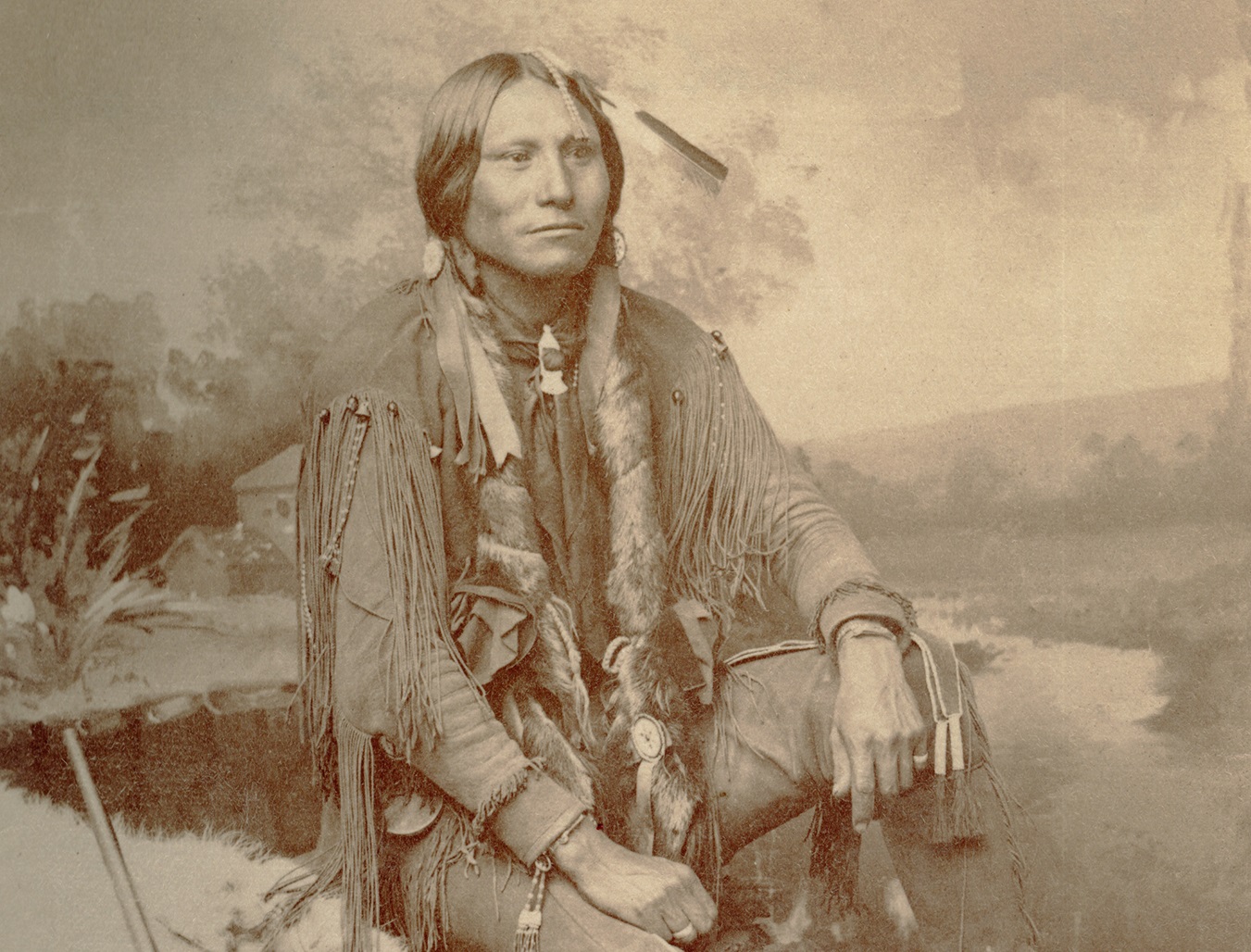 George A. Addison, Wikimedia Commons
George A. Addison, Wikimedia Commons
Young Hunters
Comanche boys honed their hunting skills by gathering in groups to stalk and kill their prey. By hunting as a group, they learned how to work together during future raids.
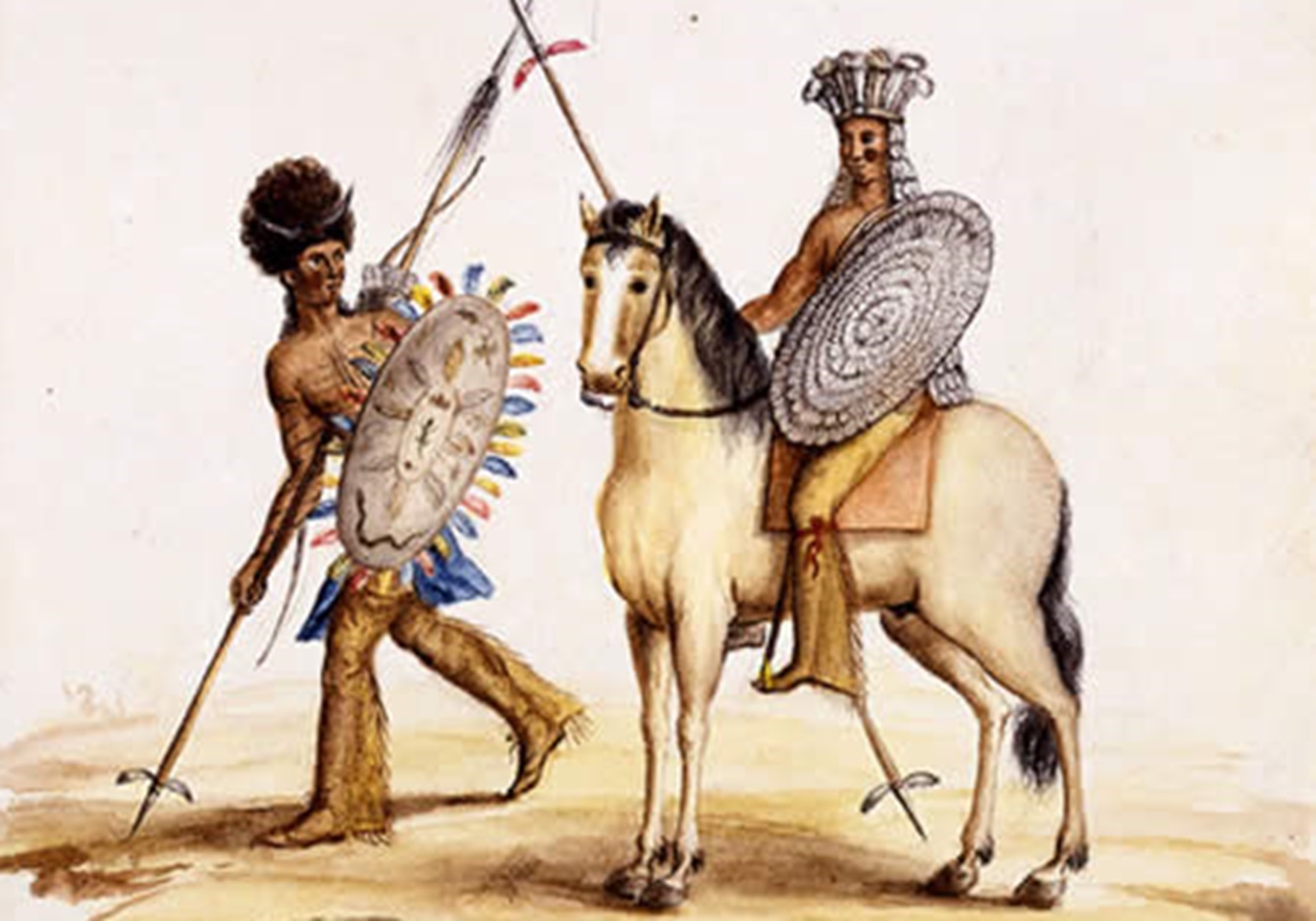 Lino Sánchez y Tapia, Wikimedia Commons
Lino Sánchez y Tapia, Wikimedia Commons
The First Hunt
To be considered a man, Comanche boys had to prove themselves during a buffalo hunt. If the boy made a kill, his father celebrated by throwing a feast.
Becoming A Warrior
Most Comanche boys were ready to become warriors around 15 years old. A boy's initiation started with a vision quest, in which he would go to a sacred site and fast for several days. During that time, he prayed for the spirits to give him a vision that would help him find his life purpose.
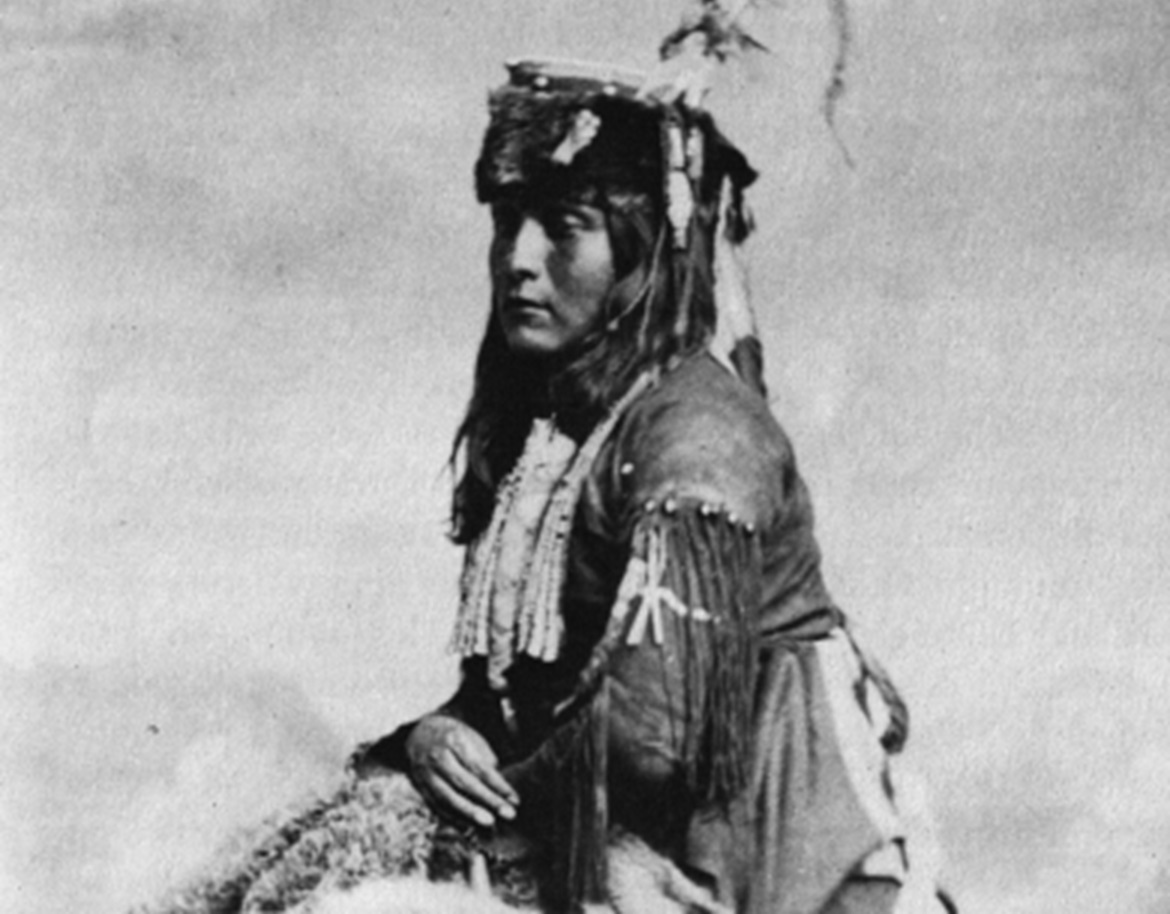 William S. Soule, Wikimedia Commons
William S. Soule, Wikimedia Commons
Becoming A Warrior (cont’d)
After the vision quest, the boy’s father would present him with two horses, one to ride in battle and one to ride on trails. Then, the community would come together to celebrate with a Give Away Dance.
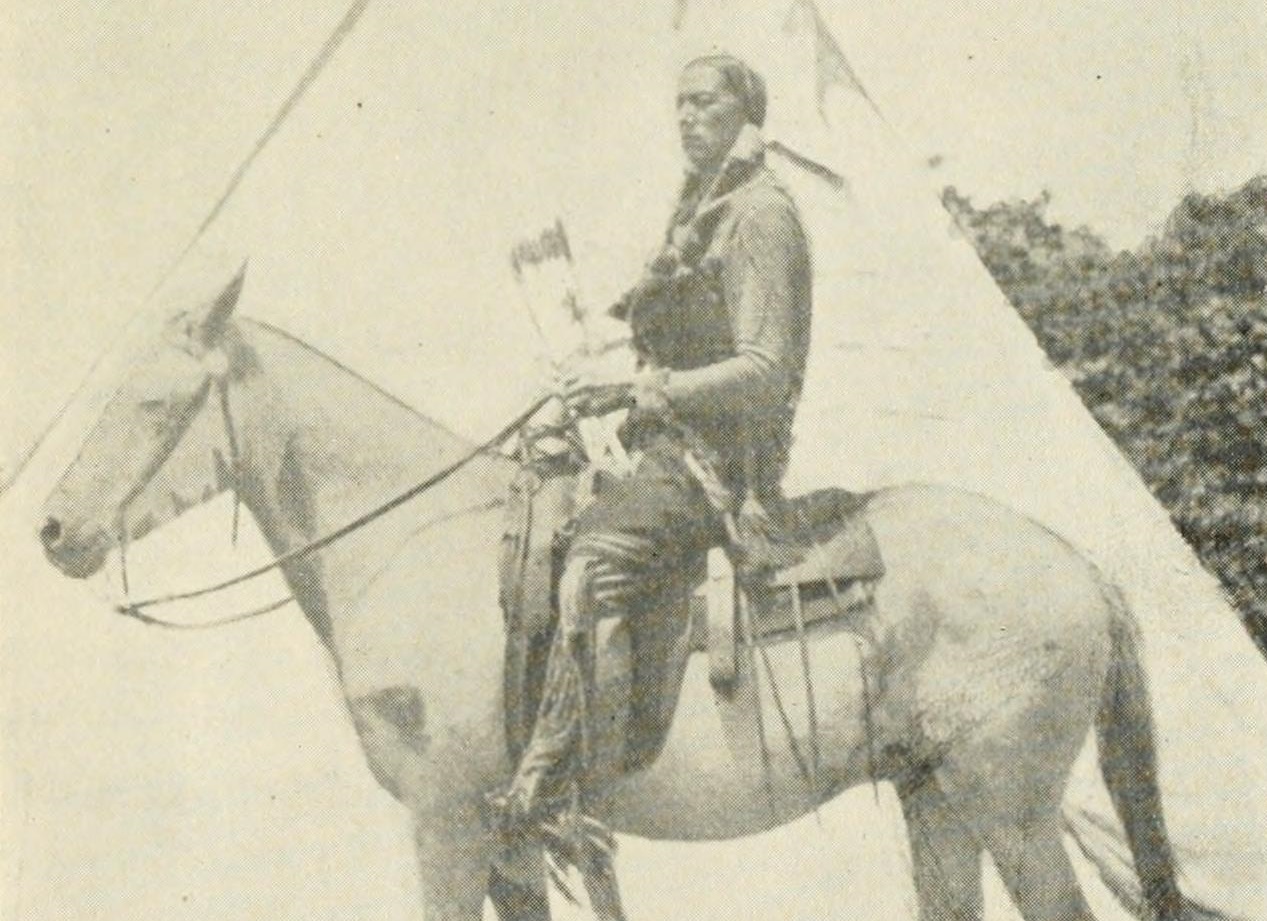 Internet Archive Book Images, Wikimedia Commons
Internet Archive Book Images, Wikimedia Commons
The Give Away Dance
During the Give Away Dance, the new warrior and other young men would dance to the sound of drums. People in the band would then throw gifts at the warrior’s feet.
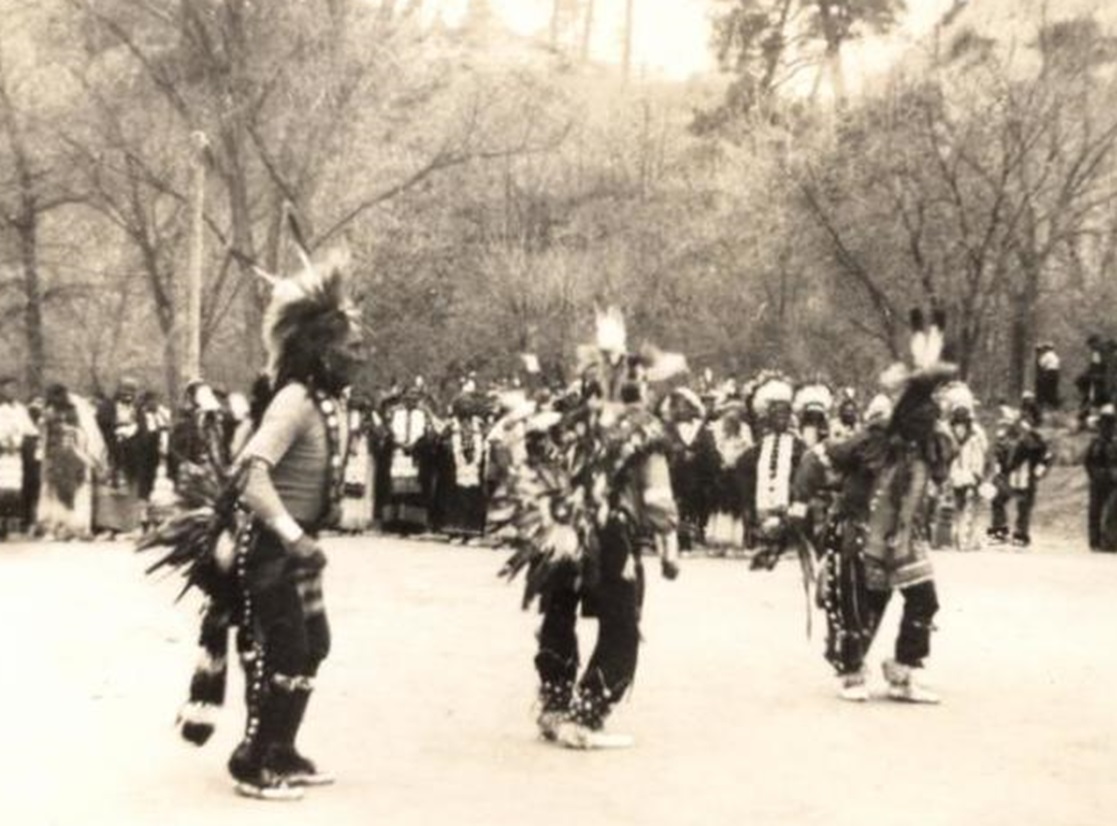 The U.S. National Archives, Picryl
The U.S. National Archives, Picryl
The Give Away Dance (cont’d)
Anyone at the ceremony could take a gift for themselves, but wealthier members of the band usually held back, since they did not want to seem greedy. It was also common for people to give away all their possessions during the dance, leaving themselves with nothing but making sure other band members were provided for.
Comanche Burial Rites
Historically, Comanche burial customs involved wrapping the departed in a blanket, placing it on a horse, behind a rider. The rider would then look for a good spot to bury the person, like a cave.
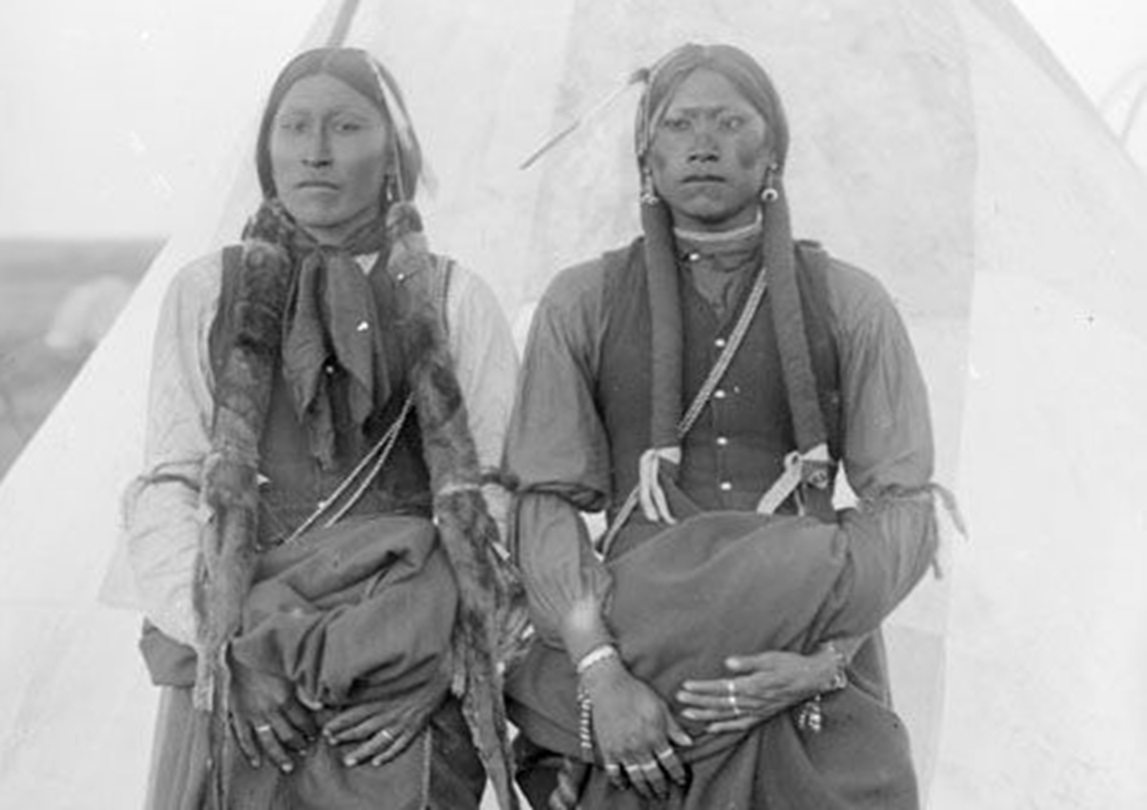 Unknown Author, Wikimedia Commons
Unknown Author, Wikimedia Commons
Comanche Burial Rites (cont’d)
Once the person was buried, the rider would cover the grave with stones. Upon his return to camp, the people in mourning would burn all of the departed’s possessions. The person expressing the most grief would usually cut their arms to show their pain.
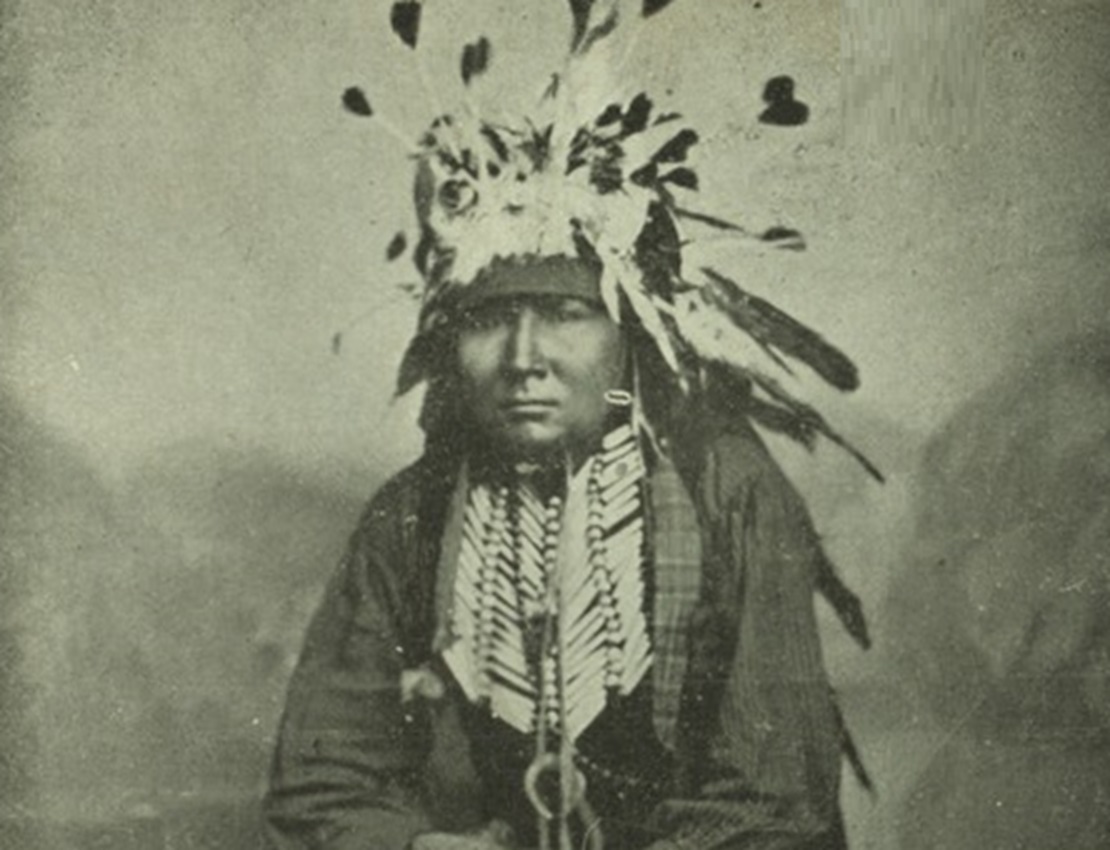 Scan by NYPL, Wikimedia Commons
Scan by NYPL, Wikimedia Commons
Comanche Burial Rites (cont’d)
When Christian missionaries encountered the Comanche, they persuaded them to start burying people in coffins and graveyards. The Quahada band followed the traditional ways longer than other bands and continued to bury their departed in the Witchita Mountains. Nowadays though, coffins and graveyards are the custom.
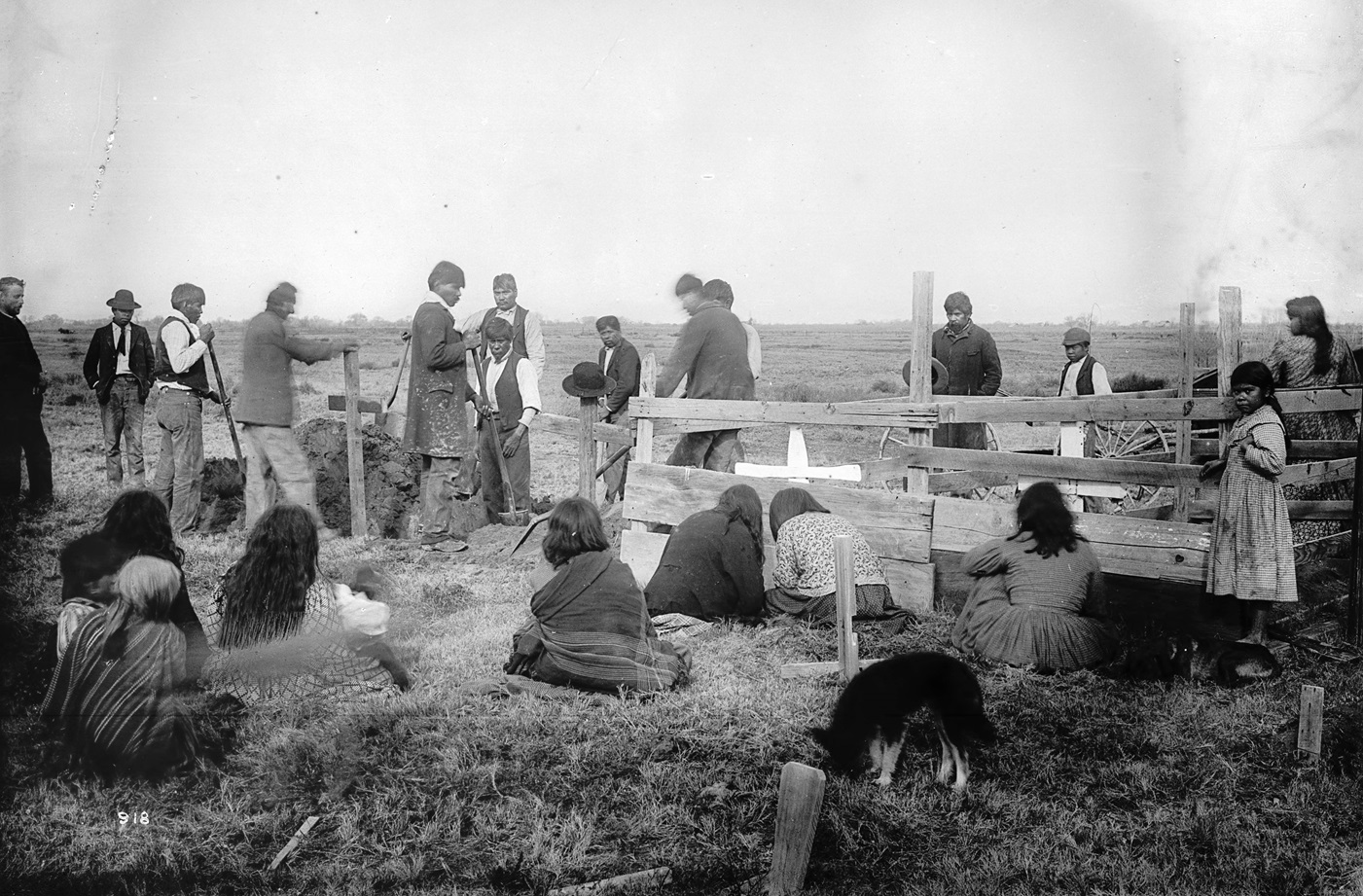 Pierce, C.C. (Charles C.), Wikimedia Commons
Pierce, C.C. (Charles C.), Wikimedia Commons
What Did They Eat?
The Comanche’s diet centered around one thing: buffalo. By eating primarily buffalo meat, they had increased their caloric intake, which fueled their strength in battle.
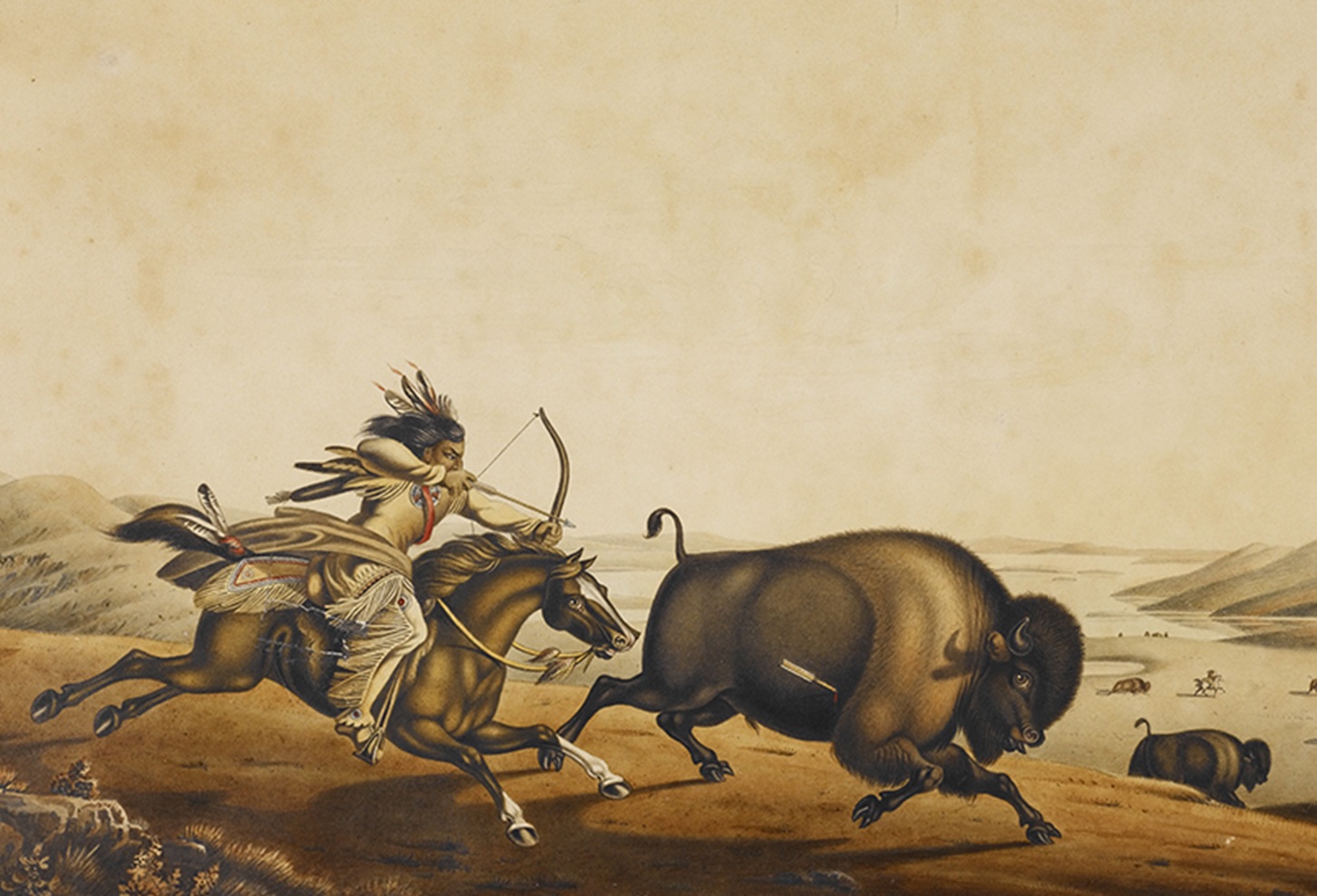 Peter Rindisbacher, Wikimedia Commons
Peter Rindisbacher, Wikimedia Commons
What Did They Hunt?
While buffalo was the Comanche’s staple food, they also hunted deer, elk, and black bears. If game was scarce, they would hunt wild mustangs. Stealing longhorn cattle from Texas ranches also became customary.
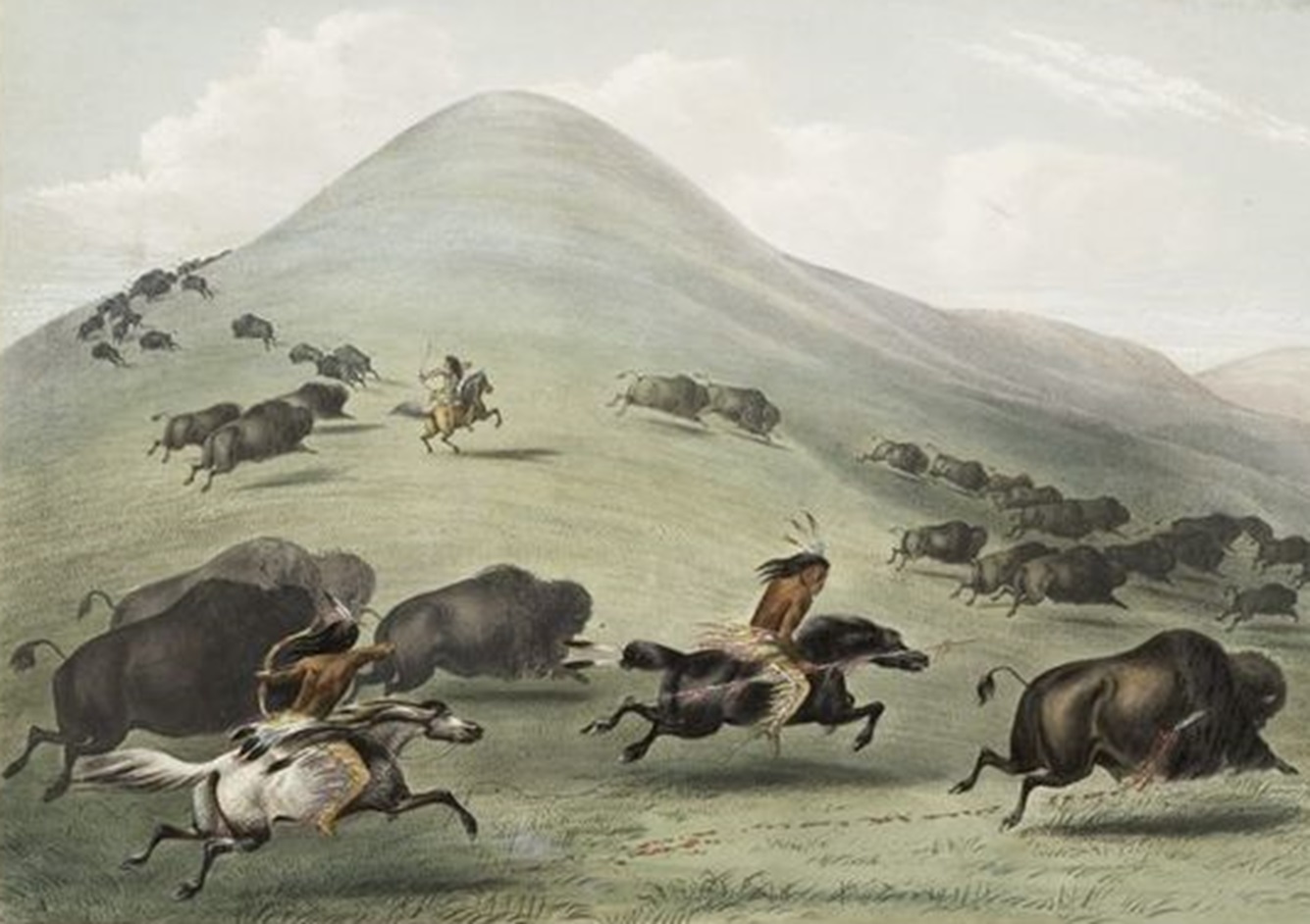 New York Public Library, Picryl
New York Public Library, Picryl
What Did They Forage?
Plums, grapes, wild onions, and radishes are some of the things Comanche women foraged for. The Comanche got dried pumpkin and maize through trading and raids.
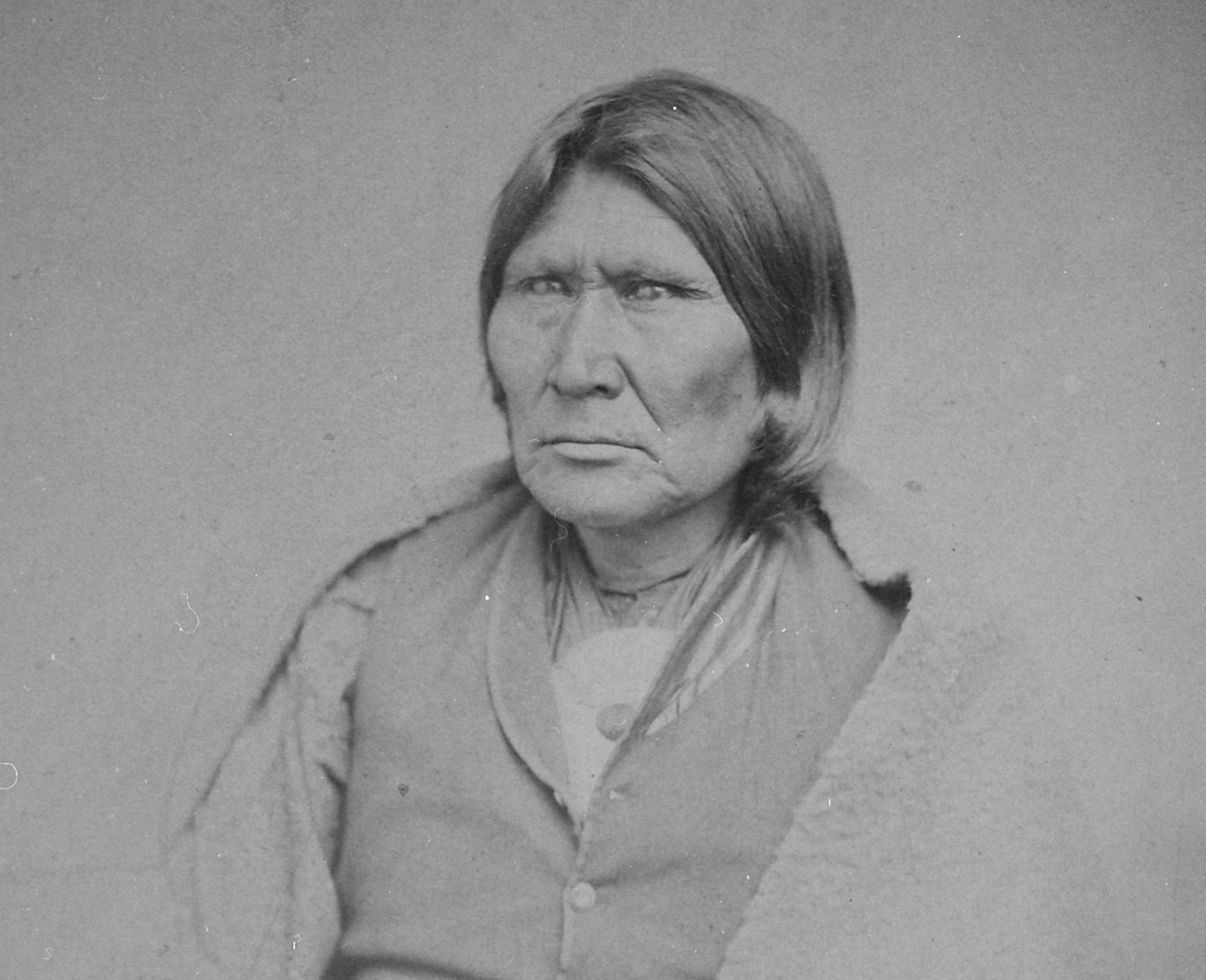 National Archives at College Park, Wikimedia Commons
National Archives at College Park, Wikimedia Commons
Comanche Cooking
Meat was roasted over a fire or boiled. To boil it, Comanche women would line a pit in the ground with animal skins or bison stomach and then fill it with water. They would then put heated stones in the makeshift pot until the water boiled. After contact with the Spanish, the Comanche traded for iron kettles and pots.
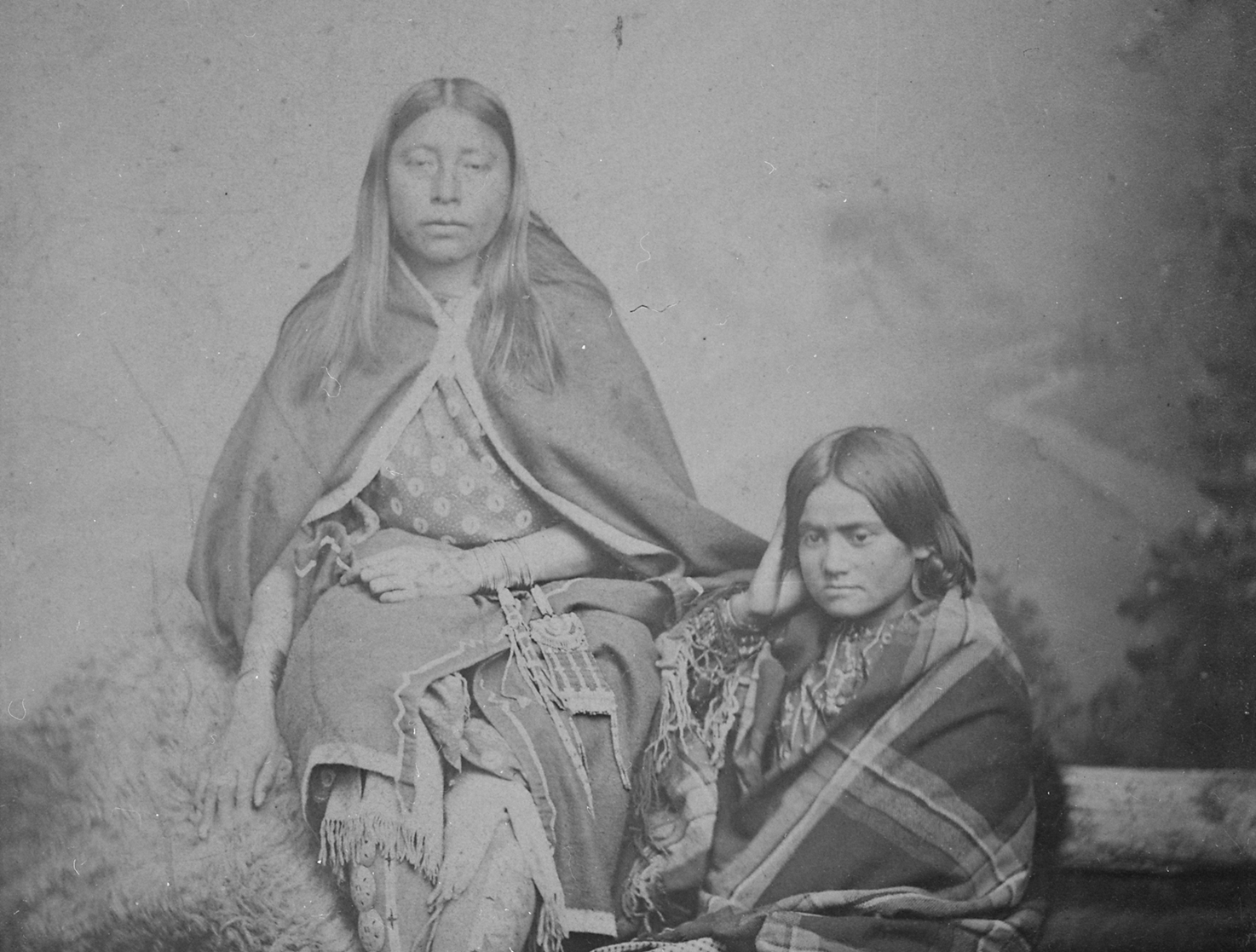 National Archives at College Park, Wikimedia Commons
National Archives at College Park, Wikimedia Commons
Comanche Cooking (cont’d)
In addition to meat, the Comanche also got milk from deer, elk, and buffalo. One of their delicacies was the curdled milk that came from the stomachs of suckling buffalo calves.
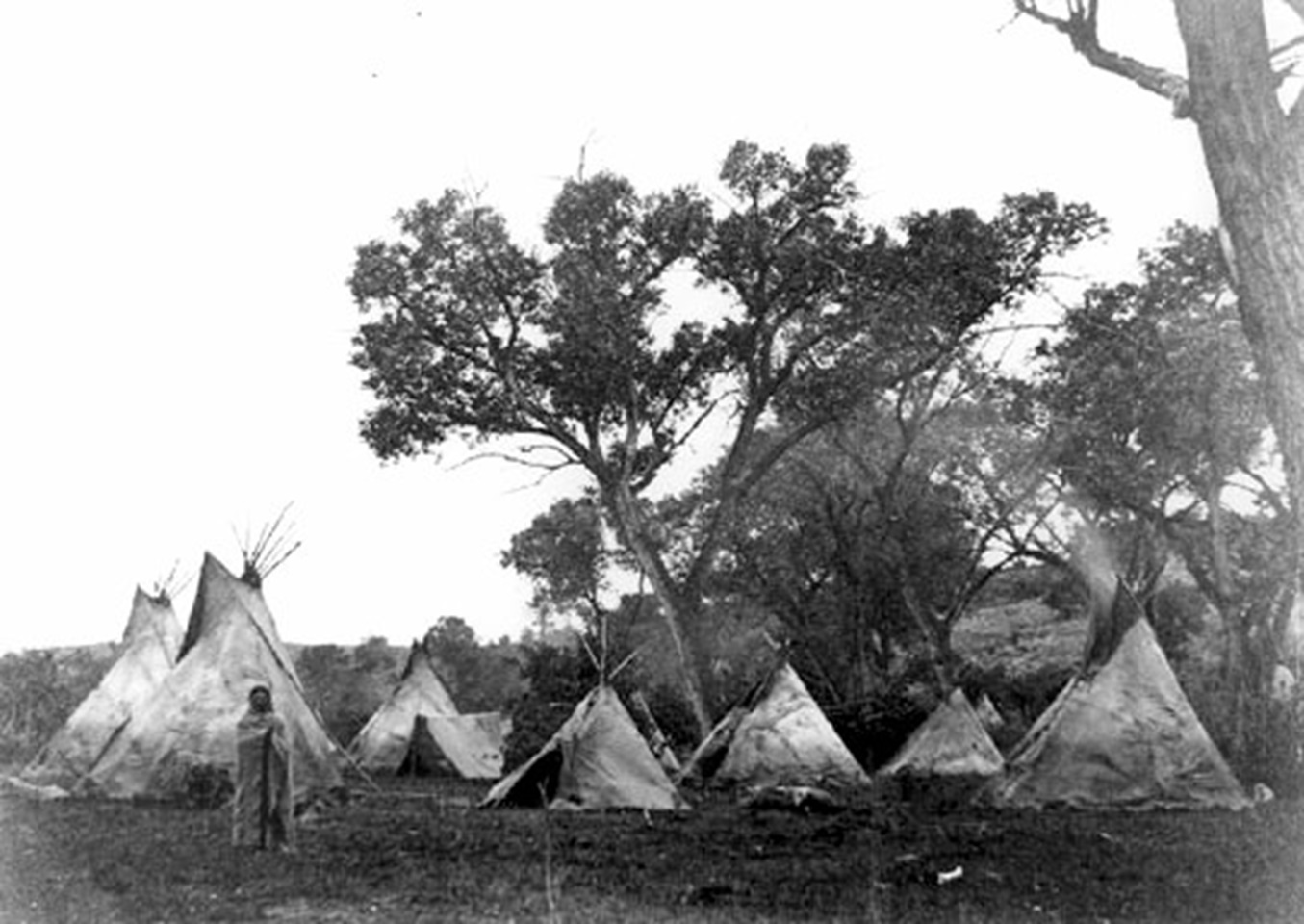 Unknown Author, Wikimedia Commons
Unknown Author, Wikimedia Commons
Pemmican
Pemmican, a mixture of dried meat, tallow, and sometimes berries, was a high-energy snack that was often reserved for war parties. If food was scarce, people at camp would also eat pemmican. For a while, traders called pemmican “Indian Bread” and ate slices of it dipped in honey.
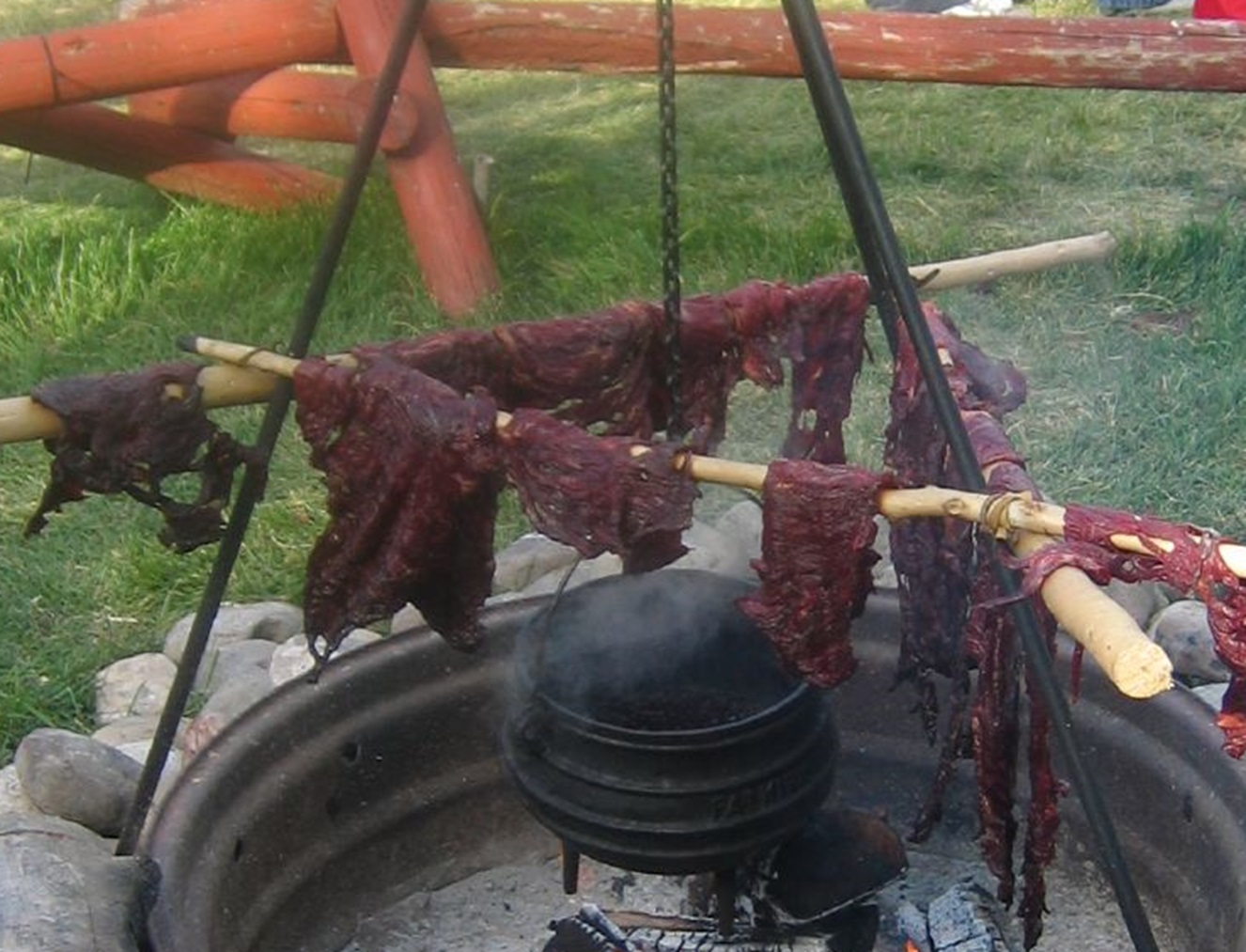 John Johnston, CC BY 2.0, Wikimedia Commons
John Johnston, CC BY 2.0, Wikimedia Commons
High Value Men
Unsurprisingly, horses were the Comanche’s most prized possession, and a Comanche man’s wealth was based on how big his horse herd was.
 Richard Throssel, Wikimedia Commons
Richard Throssel, Wikimedia Commons
Horse Raids
Horses were the Comanche’s main target during raids, and it was common for them to raid just for the purpose of taking horses. They stole herds numbering in the hundreds from the Spanish, Mexicans, and other Indigenous groups.
The Tipi
Comanche women were in charge of building tipis, which were covered with buffalo hides. It usually took about 14 hides to cover a tipi, but it wasn’t uncommon to use as many as 22 hides.
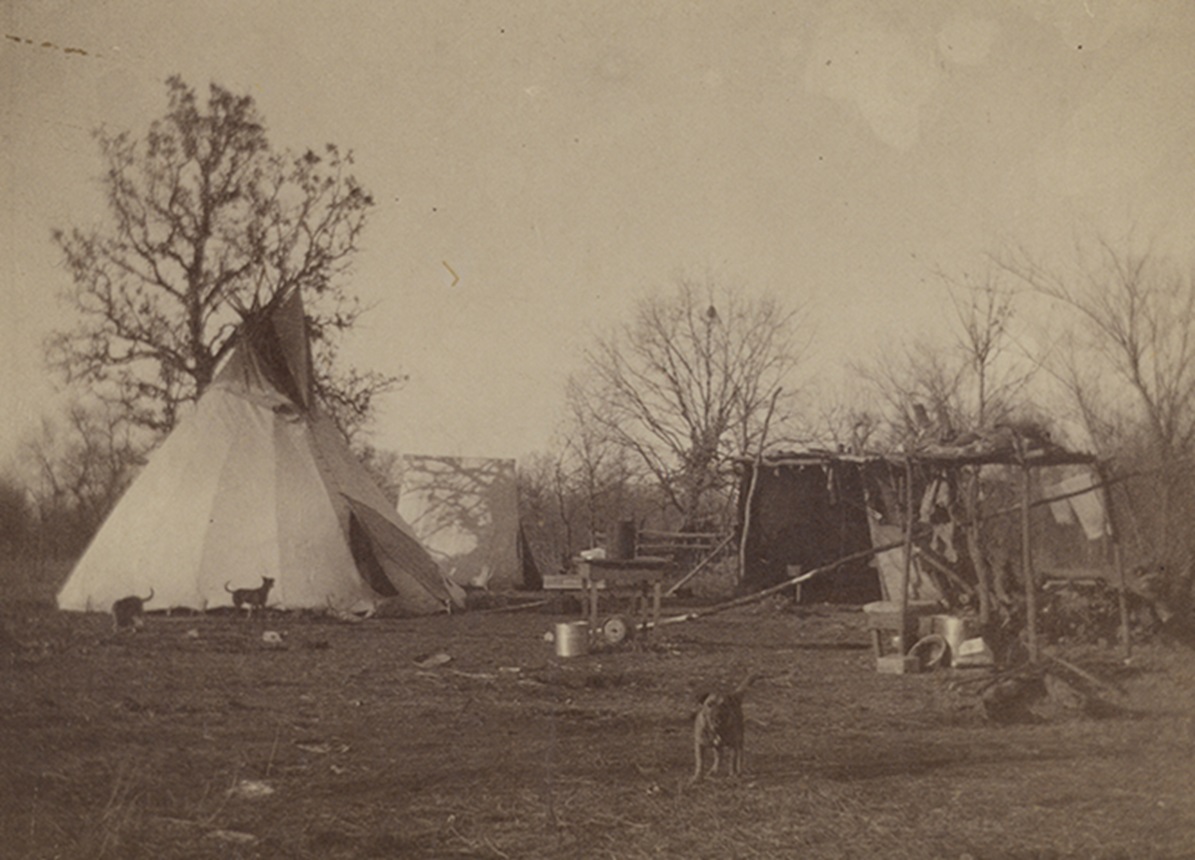 SMU Central University Libraries, Wikimedia Commons
SMU Central University Libraries, Wikimedia Commons
The Tipi (cont’d)
The hides, along with a firepit in the center of the tipi, helped the Comanche stay warm during the winter. In the summer, they could role up the edges of the tipi to let a cooling breeze in.
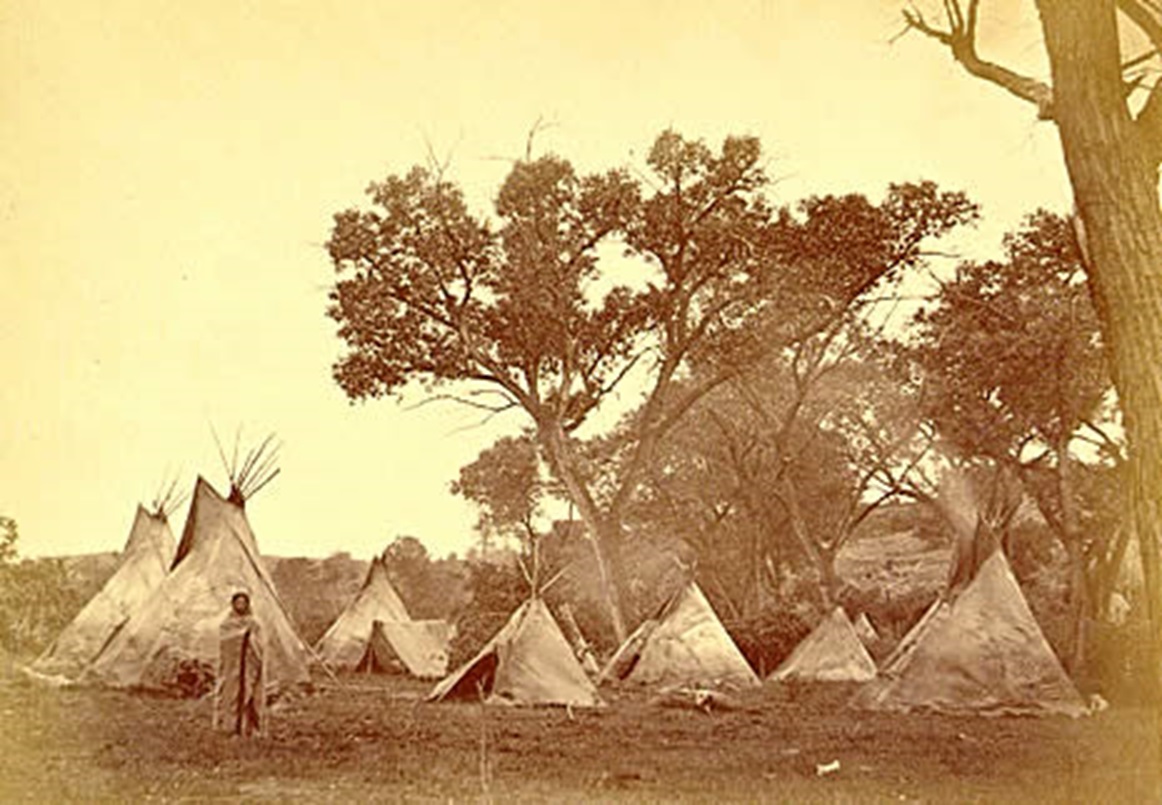 William S. Soule, Wikimedia Commons
William S. Soule, Wikimedia Commons
The Tipi (cont’d)
Tipis were the perfect home for the nomadic Comanche since it was easy for women to quickly set them up or tear them down. In the span of about 20 minutes, the entire band could be packed up and on their way to chase a herd of buffalo.
 George Catlin, Wikimedia Commons
George Catlin, Wikimedia Commons
What Did They Wear?
When it came to clothes, the Comanche tended to keep things simple. Men usually wore loose-fitting deerskin legging and leather belt with a breechcloth made of buckskin. In the summer, they went bare-chested, but during the winter, they wore long robes made from the hides of buffalo, bears, or wolves.
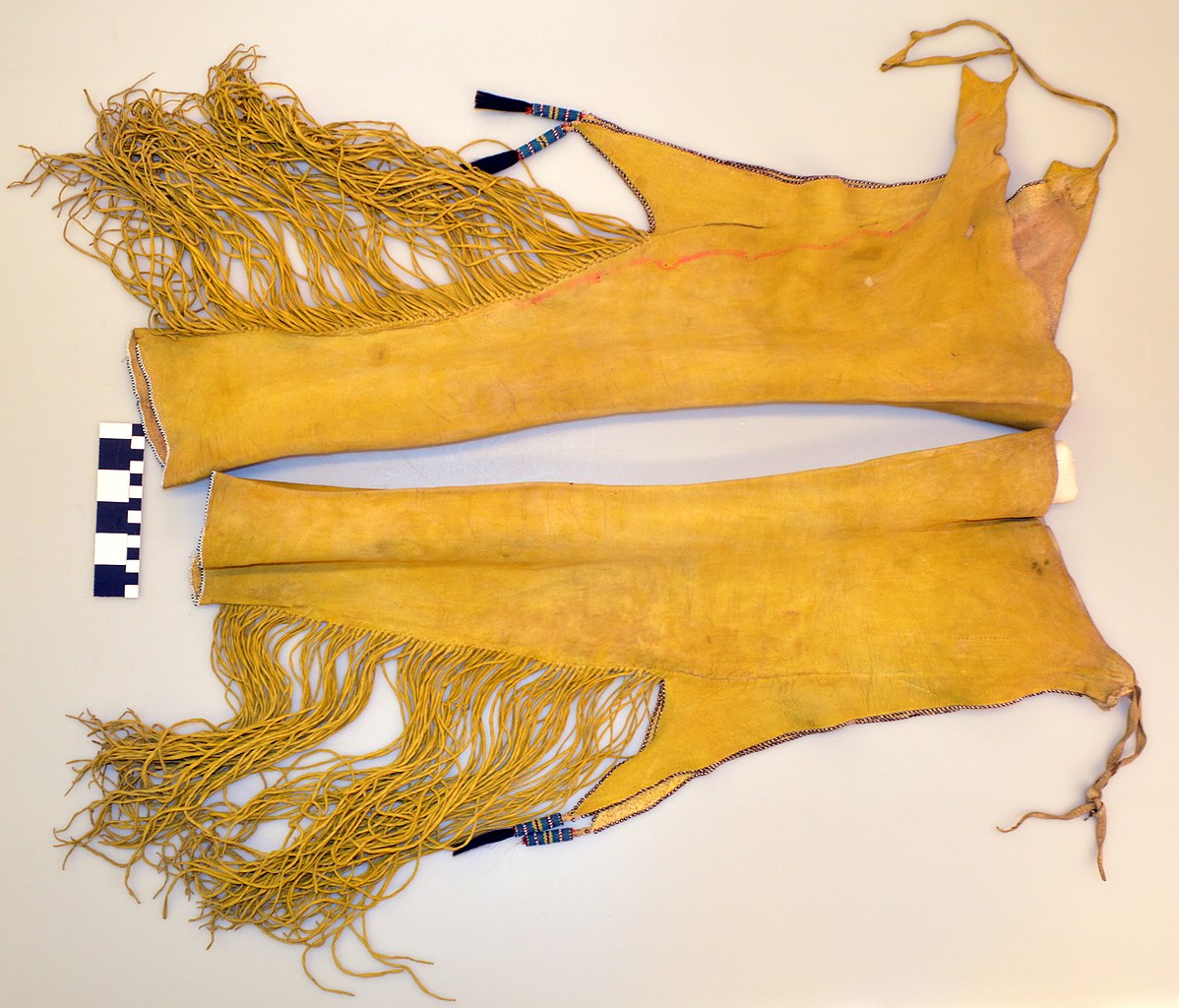 Courtesy of the Missouri Historical Society, St. Louis, Wikimedia Commons
Courtesy of the Missouri Historical Society, St. Louis, Wikimedia Commons
Women’s Clothes
Comanche women wore long deerskin dresses that had a flared skirt and wide, long sleeves. The sleeves were often decorated with buckskin fringes. Beads arranged in geometric patterns were also used to decorate clothes.
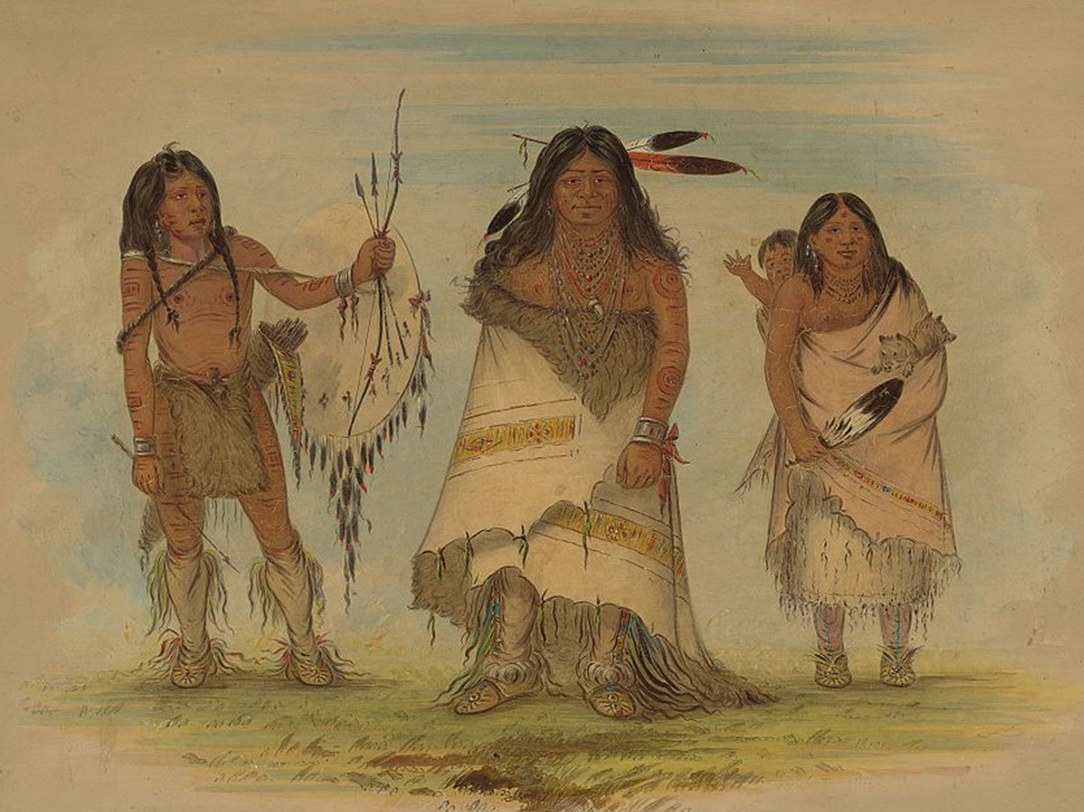 George Catlin, Wikimedia Commons
George Catlin, Wikimedia Commons
Their Shoes
During the summer, Comanche men and women wore moccasins that were made from tough buffalo hides and lined with soft deerskin. Women sometimes decorated their moccasins with animal fur. In the winter, the Comanche wore knee-length boots made from buffalo hide.
Their Hair
The Comanche took great pride in how their hair looked, and often wore it long. They usually greased it and parted it down the center using brushes made from porcupine quills. Then, they would paint their scalp with red, yellow, or white clay.
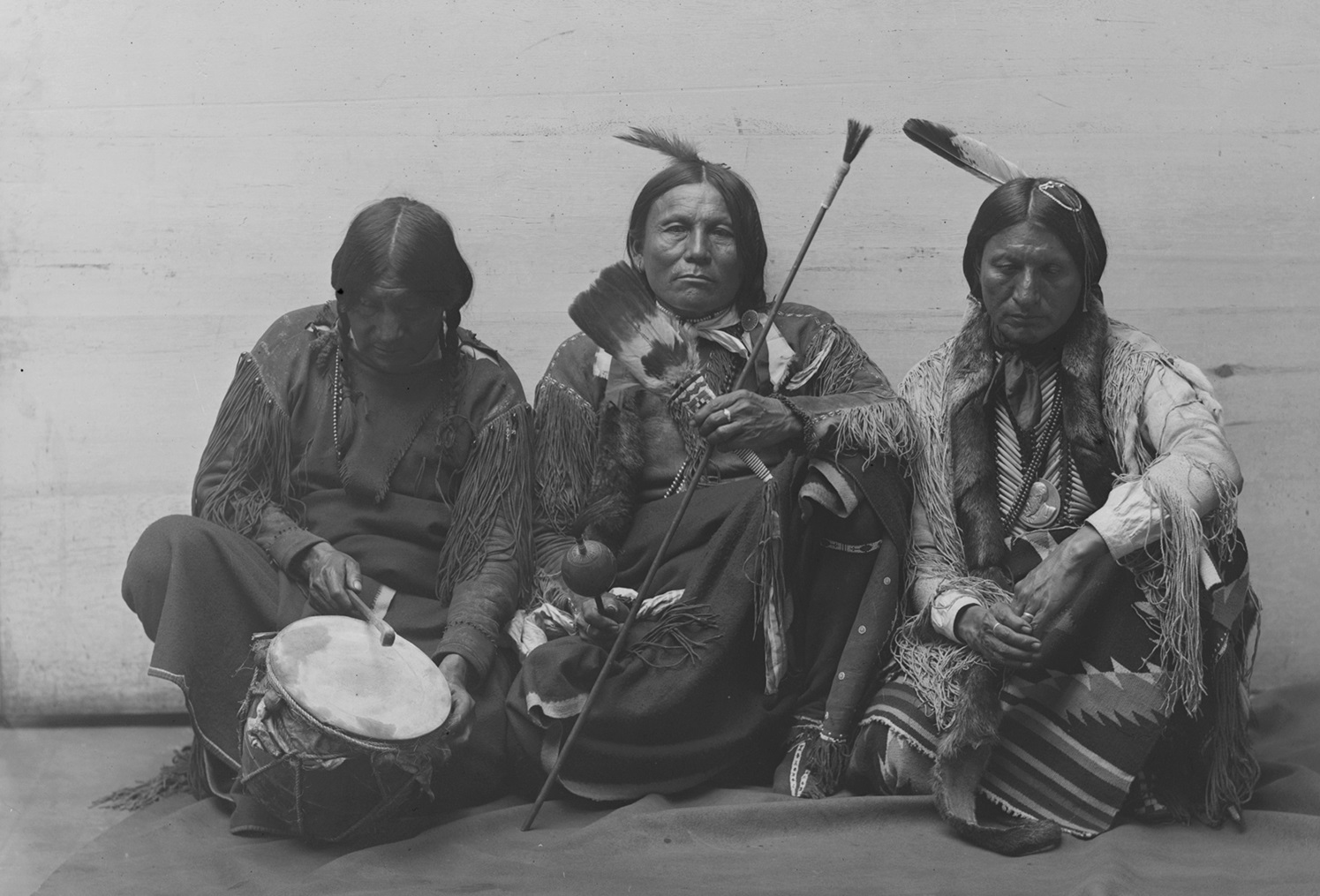 National Archives at College Park, Wikimedia Commons
National Archives at College Park, Wikimedia Commons
Their Hair (cont’d)
The Comanche usually tied their hair into two braids, and also made a smaller braid from a few strands of hair at the top of their head. They called this small braid a "scalp lock" and decorated it with colorful cloth, beads, and a single feather.
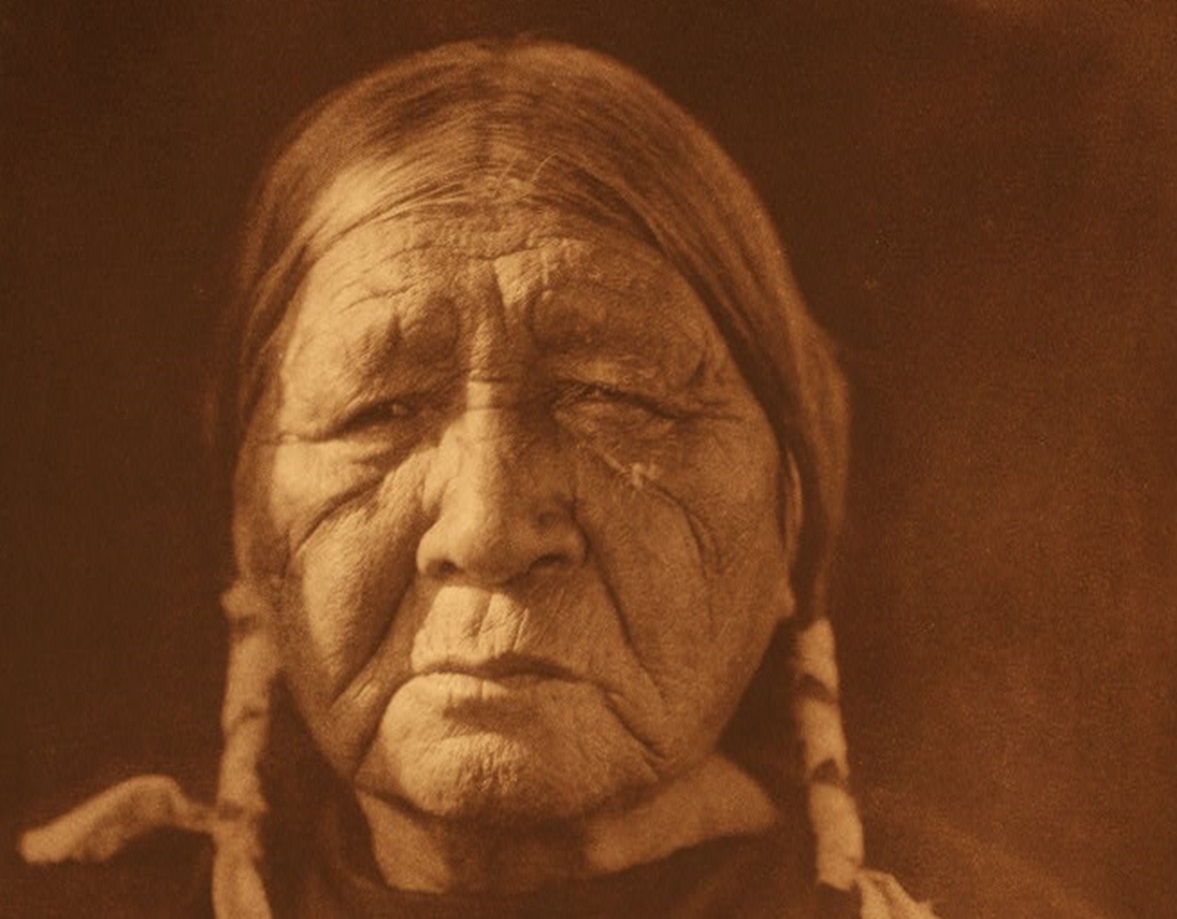 Edward S. Curtis, Wikimedia Commons
Edward S. Curtis, Wikimedia Commons
Their Hair (cont’d)
Comanche women didn’t let their hair grow as long as long as the men. But they still parted, braided, and painted their hair the same way.
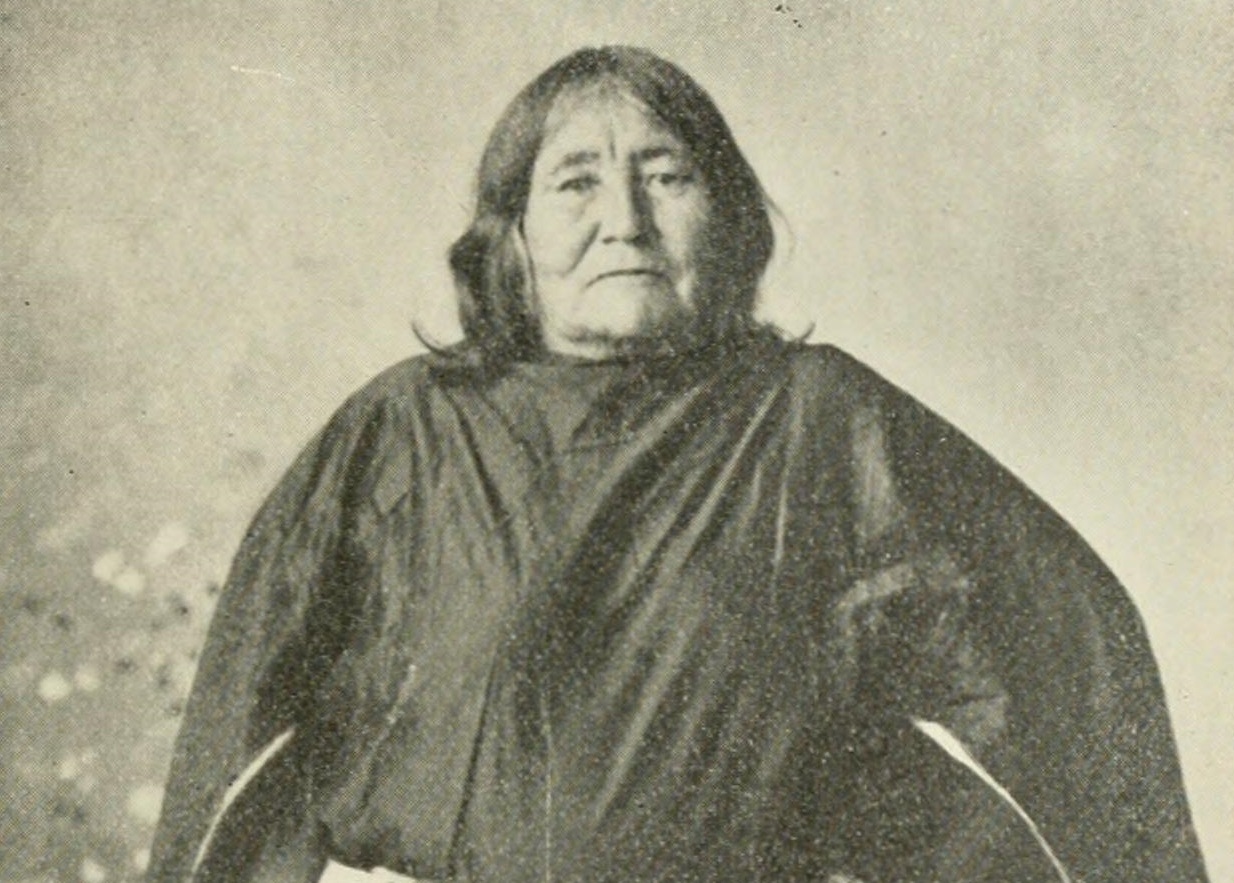 Internet Archive Book Images, Wikimedia Commons
Internet Archive Book Images, Wikimedia Commons
The Comanche Headdress
The traditional Plains headdress that we some Comanche men wear didn’t become customary until the late 19th century, when the Comanche had been moved onto a reservation. They also wore a unique headdress made from the wooly head and horns of a buffalo.
 National Archives at College Park, Wikimedia Commons
National Archives at College Park, Wikimedia Commons
Comanche Jewelry
It was common for Comanche men to wear dangling earring made from shells or hoops of brass and silver. They would also tattoo their face, arms, and chest with geometric designs.
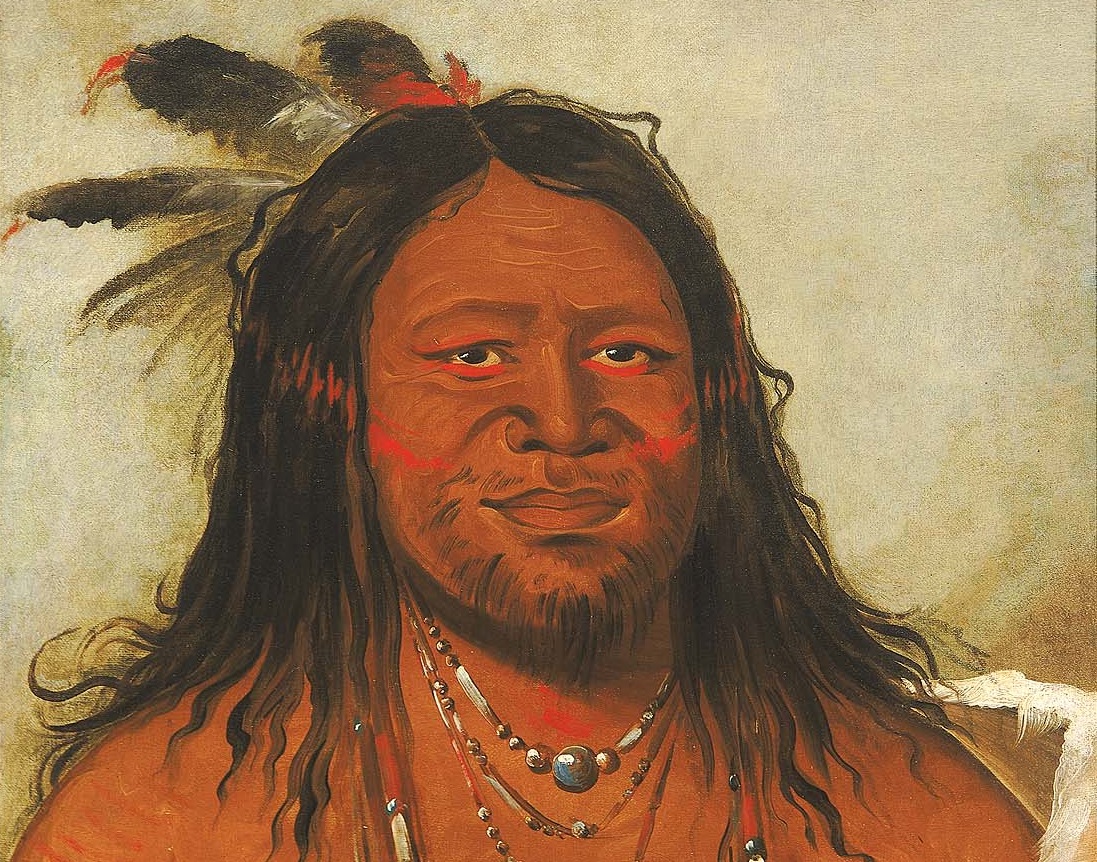 George Catlin, Wikimedia Commons
George Catlin, Wikimedia Commons
Body Paint
Body paint was also common. Traditionally, the Comanche made paint from berry juice and colored clay. After they started trading, they got grease paints and vermillion to make red pigments.
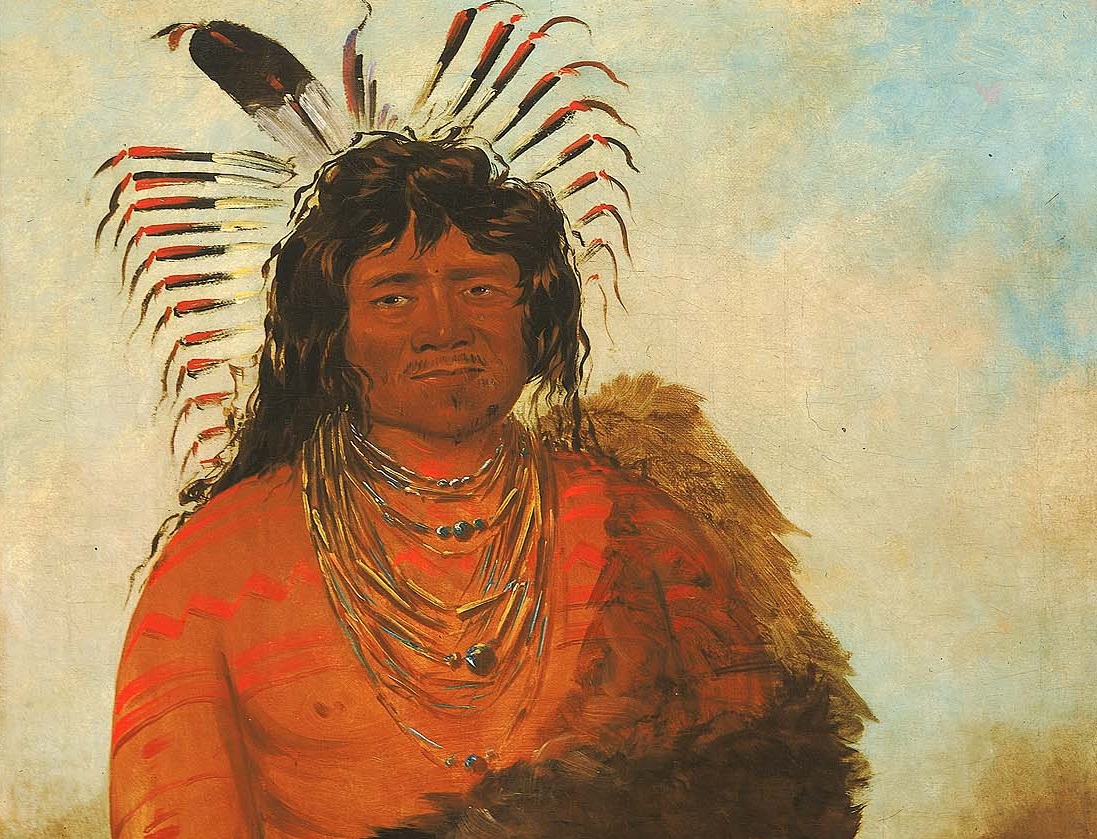 George Catlin, Wikimedia Commons
George Catlin, Wikimedia Commons
Body Paint (cont’d)
Black paint was only used during times of war, but other than that, the Comanche could use any colors they liked. They could also use any designs and change them as often as they wanted.
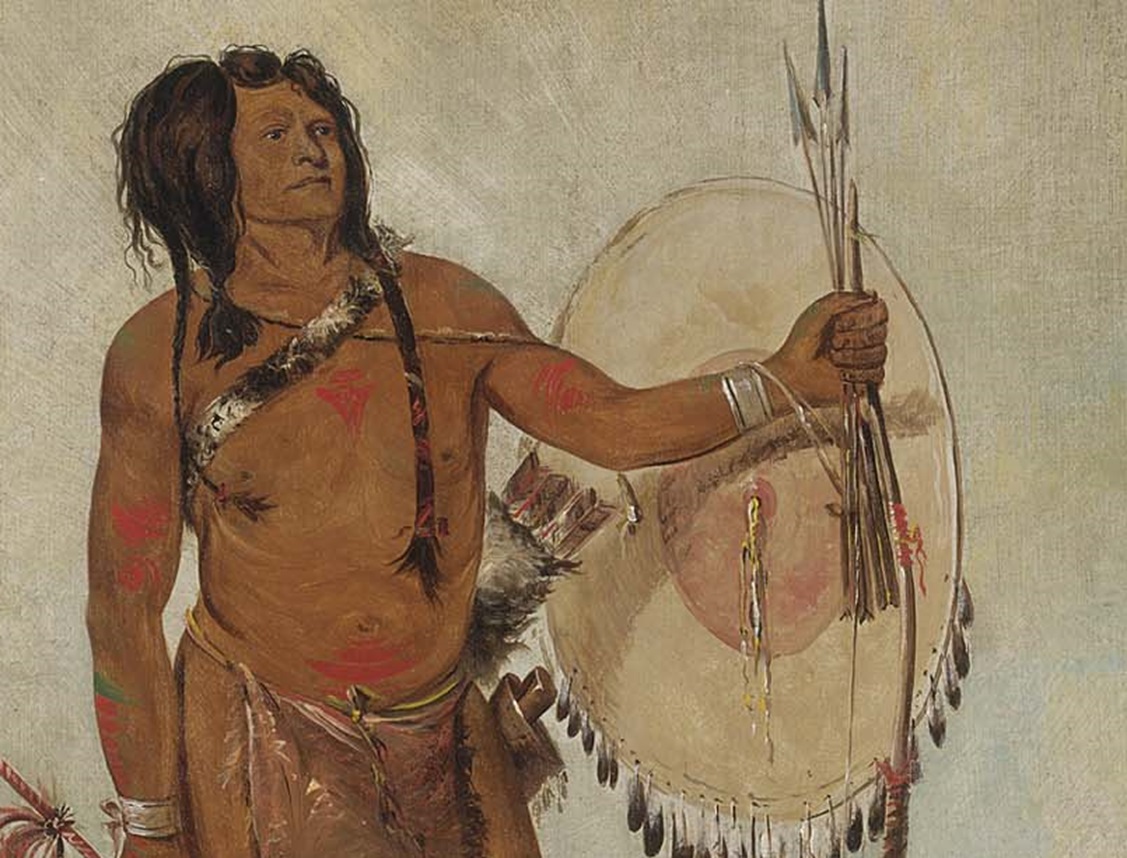 George Catlin, Wikimedia Commons
George Catlin, Wikimedia Commons
Body Paint (cont’d)
Comanche women used body paint, too. It was popular for them to paint orange and red circles on their cheeks or add red and yellow designs around their lips. It was also common for the women to put bright red paint on the insides of their ears.
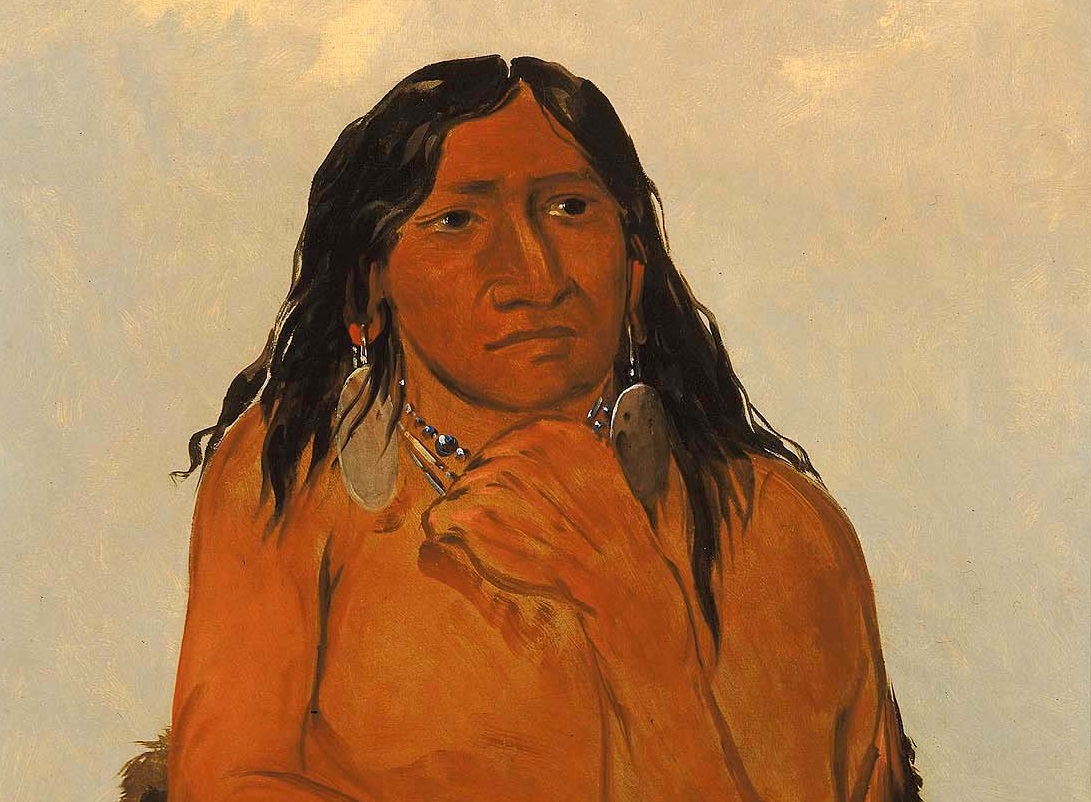 George Catlin, Wikimedia Commons
George Catlin, Wikimedia Commons
Their Tools
Because of their nomadic lifestyle, the Comanche had to make sure their household goods weren’t easily broken. To that end, they stayed away from pottery, weaving, and wood carving. Instead, they relied on the horns, hide, and bones of the buffalo to make almost 200 different kinds of tools and household items.
 National Archives at College Park, Wikimedia Commons
National Archives at College Park, Wikimedia Commons
Rawhide
Rawhide skins were an all-purpose material and the Comanche used it to make everything from saddles, rope, and buckets, to drums, rattles, and parfleche containers.
Buckskin
Buckskin was also important, and Comanche used this softer hide to make robes, blankets, and bedding. They also made dolls, bags, and arrow quivers out of buckskin.
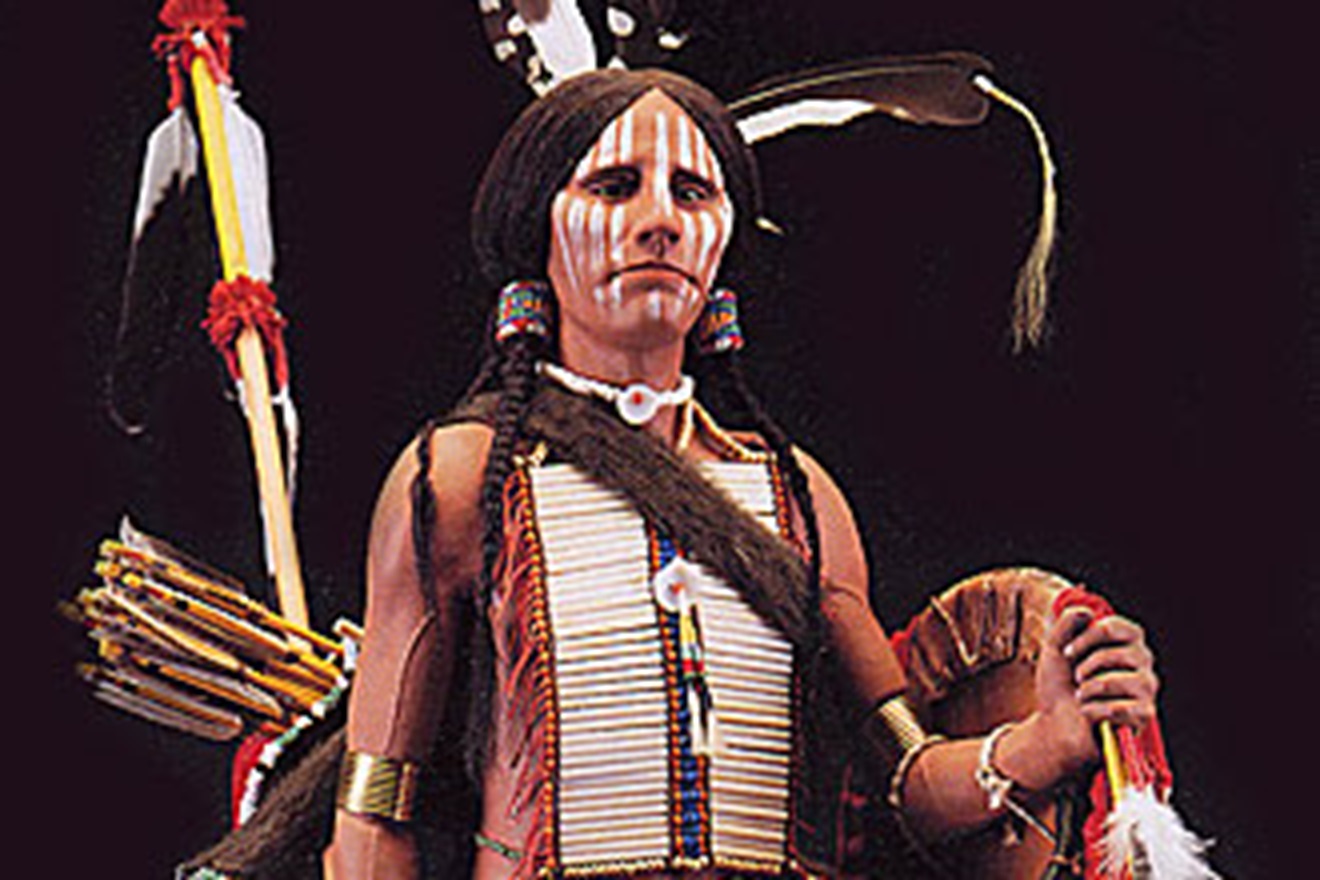 Peter d'Aprix, CC BY-SA 3.0 Wikimedia Commons
Peter d'Aprix, CC BY-SA 3.0 Wikimedia Commons
The Comanche Wars
For over 100 years, from 1706 to 1875, Mexico and the United States were rocked by the Comanche Wars. The conflict began after Spanish officials reported that the Comanche were getting ready to attack settlements in southern Colorado. That attack didn’t happen but it sparked the animosity between the Comanche and the Spanish.
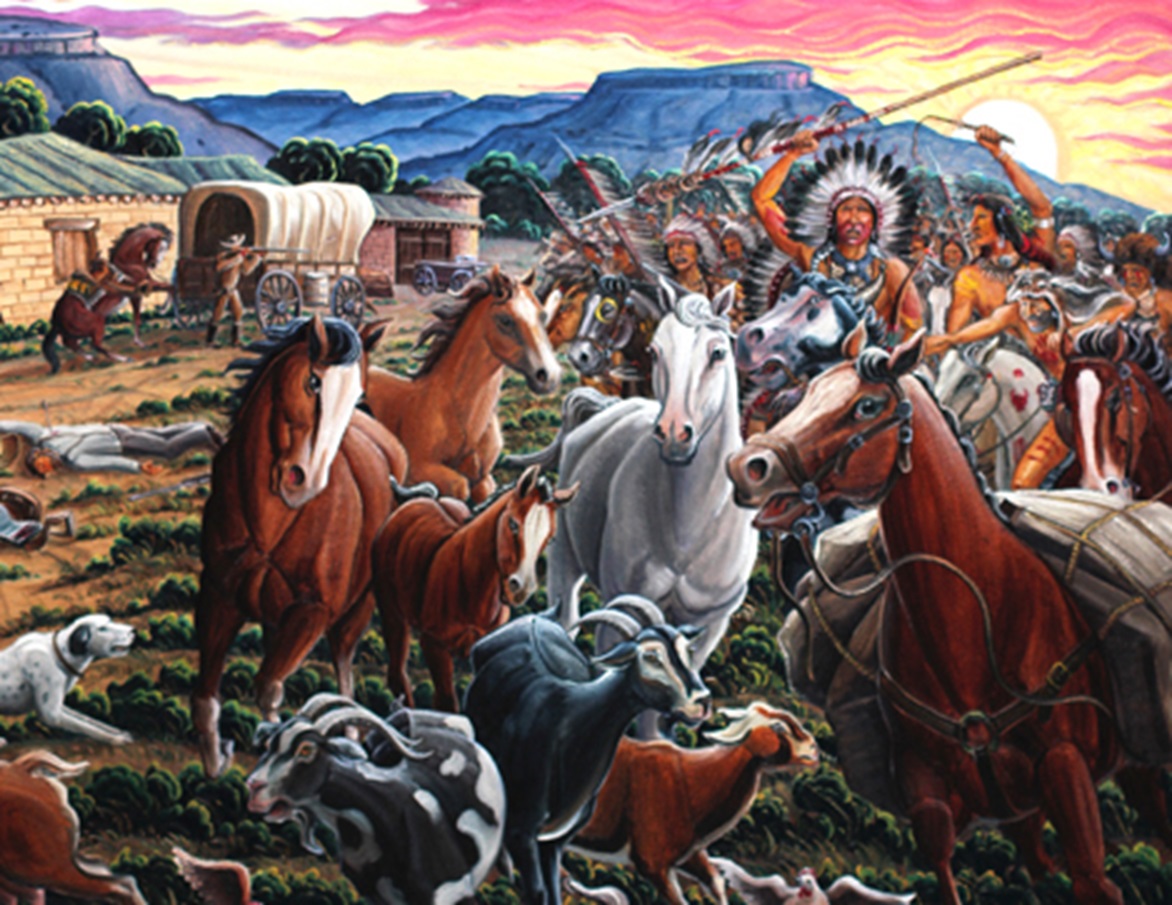 Kim Douglas Wiggins, CC BY-SA 3.0, Wikimedia Commons
Kim Douglas Wiggins, CC BY-SA 3.0, Wikimedia Commons
The Equalizer
While the Comanche had repelled every attack by settlers, there eventually came one threat whose power they couldn’t harness or evade: sickness. The Comanche had no immunity to European diseases and that would signal their downfall.
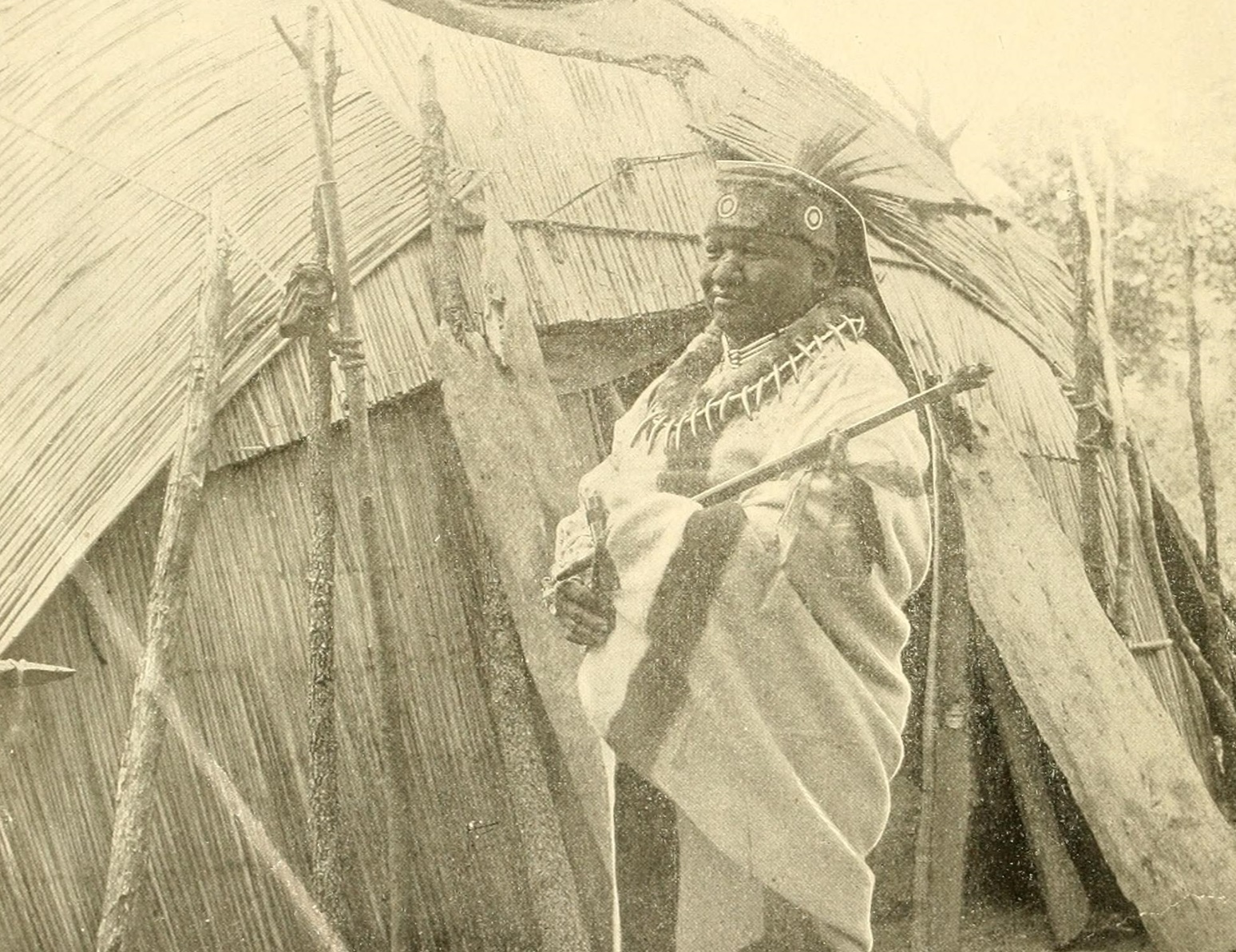 Internet Archive Book Images, Wikimedia Commons
Internet Archive Book Images, Wikimedia Commons
Sickness Everywhere
In the mid 19th century, outbreaks of diseases like smallpox and cholera had wreaked havoc on the Comanche population. By the 1870s, it was estimated that there were only a few thousand Comanche left.
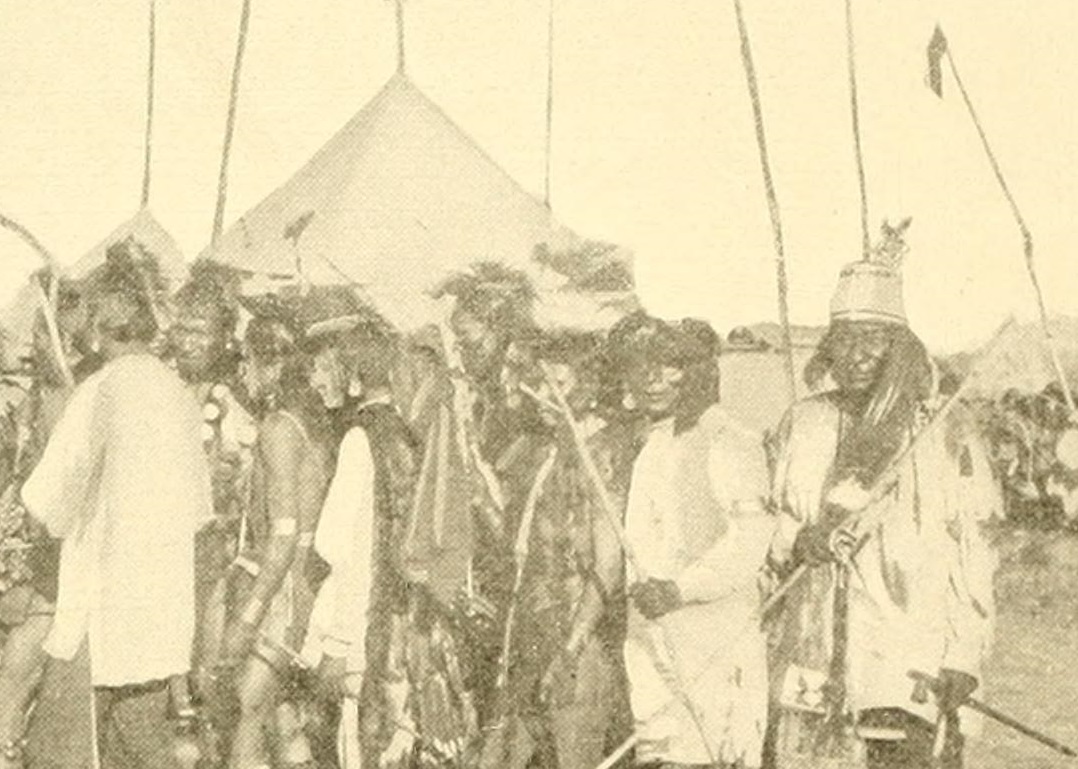 Internet Archive Book Images, Wikimedia Commons
Internet Archive Book Images, Wikimedia Commons
The Decline Of The Buffalo
Disease wasn’t the only thing that shook the Comanche Empire. Realizing how much they relied on the buffalo the United States government made it a policy to hunt the animals. Between 1868 and 1881, 31 million buffalo were slaughtered for no other purpose than to take away the Comanche’s food source. The tactic worked and by 1874, the Comanche faced the collapse of their civilization.
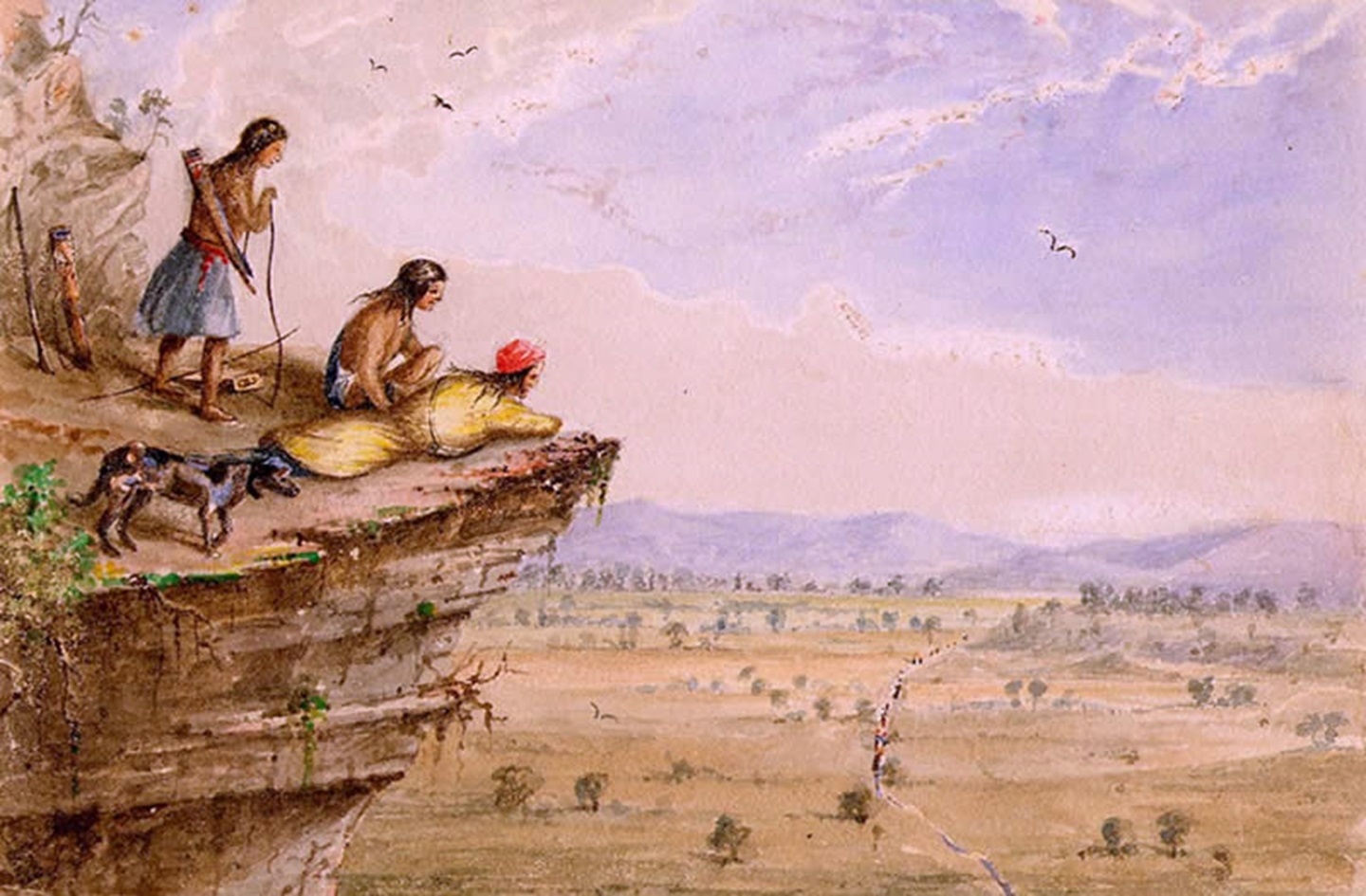 Lee Arthur Tracy, Wikimedia Commons
Lee Arthur Tracy, Wikimedia Commons
They Finally Surrendered
With much of their population cut down by disease and starvation, the Comanche were severely weakened in their fight against the United States Army. By 1875, the last Comanche warriors had surrendered to the United States, and were sent to a reservation in Oklahoma.
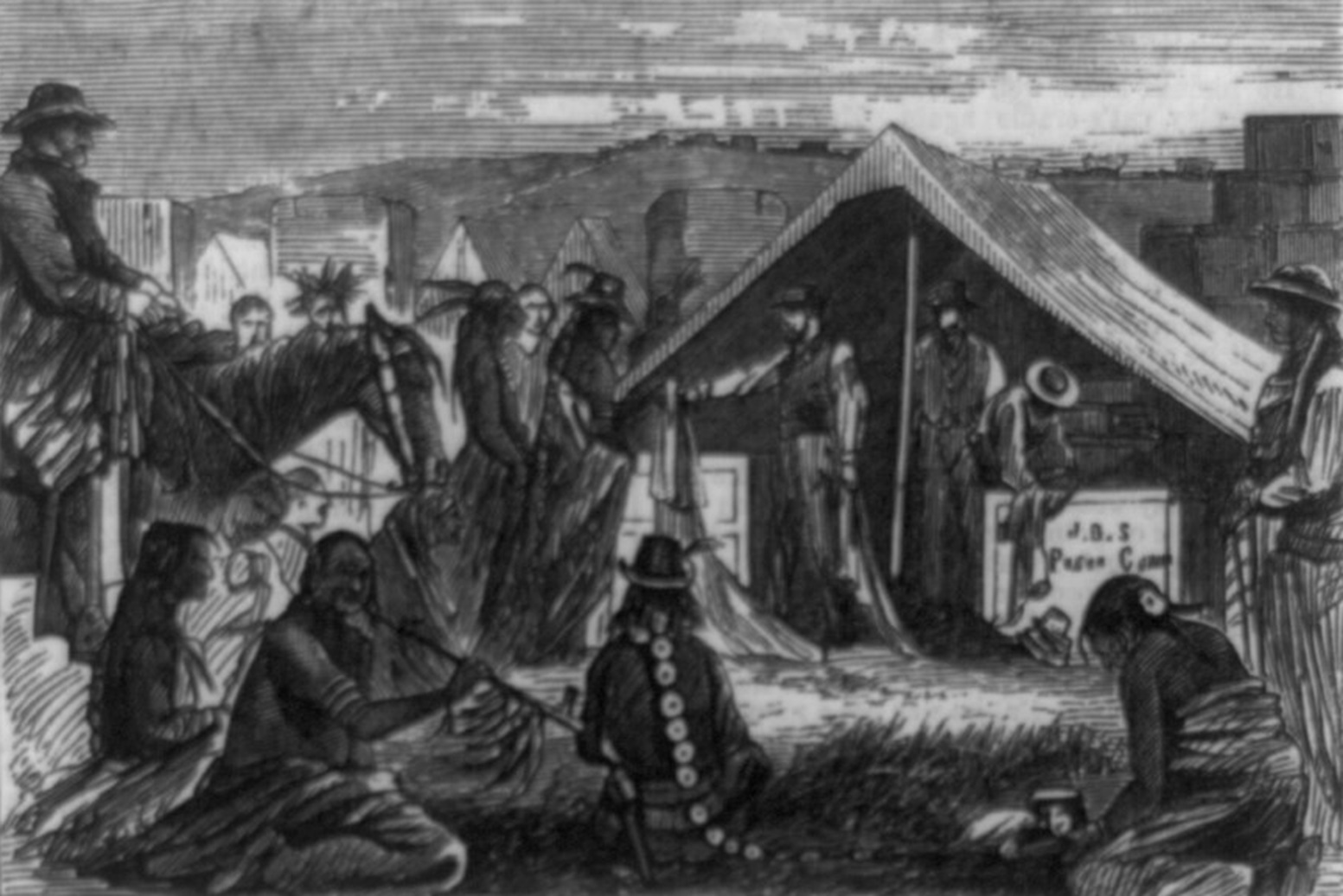 Library of Congress, Wikimedia Commons
Library of Congress, Wikimedia Commons
How Many Are There Today?
Today, there are about 17,000 members of the Comanche Nation, with most living in Texas, Oklahoma, and New Mexico. About 7,000 members live in the tribal jurisdiction near Lawton, Oklahoma.
Where Do They Live?
The current Comanche government is based in Lawton, Oklahoma. They also have tribal jurisdiction over the counties of Caddo, Comanche, Cotton, Greer, Jackson, Kiowa, Tillman, and Harmon.
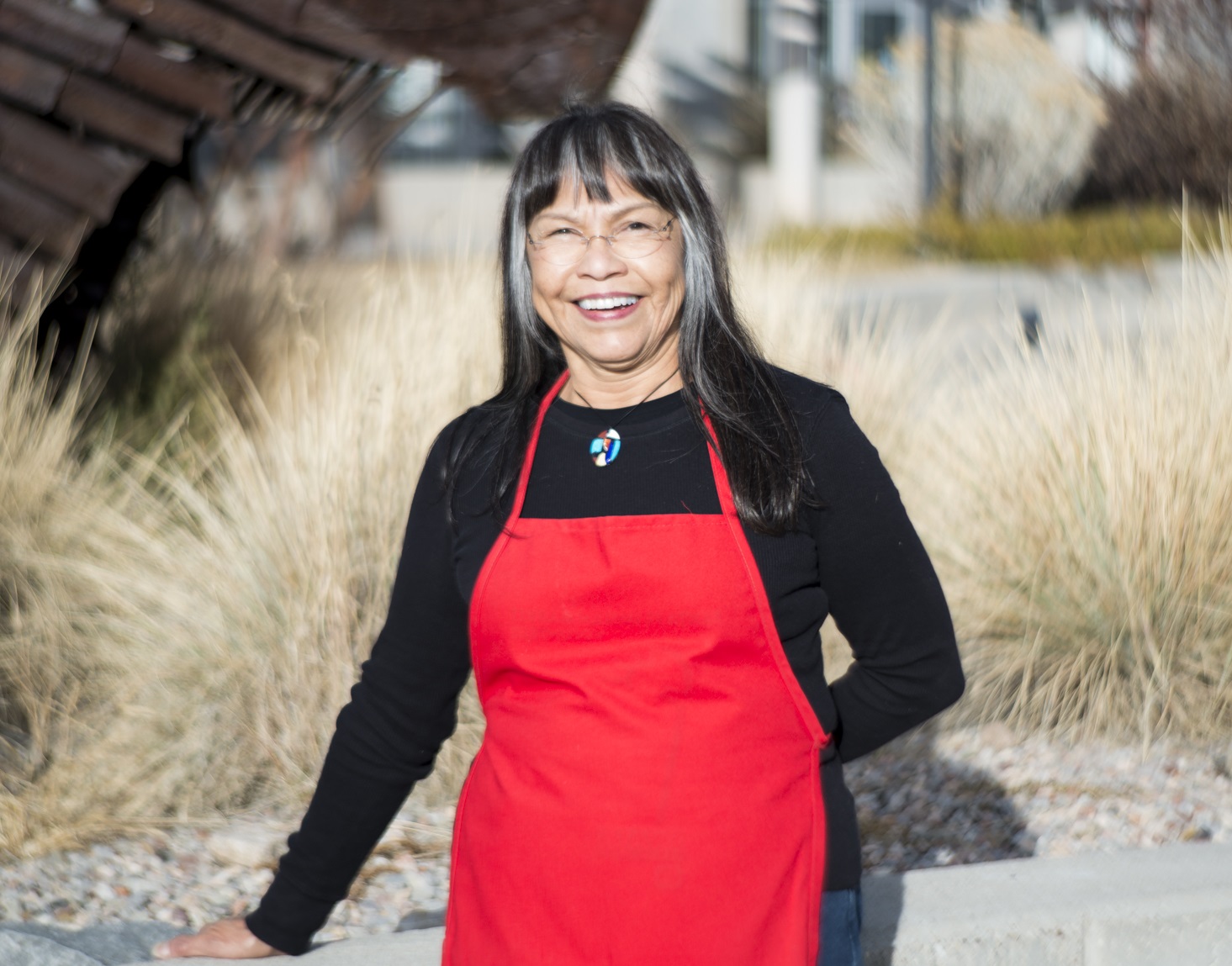 Naartnerd, CC BY-SA 4.0, Wikimedia Commons
Naartnerd, CC BY-SA 4.0, Wikimedia Commons
Final Thoughts
While the Comanche were eventually subdued, like all Native groups, by the United States government, their legacy as fierce warriors and defenders of their lands will never be forgotten. Today, the Comanche Nation lives in peace and welcomes visitors to see their culture up close at the annual Comanche Nation Homecoming Powwow. It’s the perfect way to try delicious Indigenous treats and learn more about the incredible Comanche Nation.
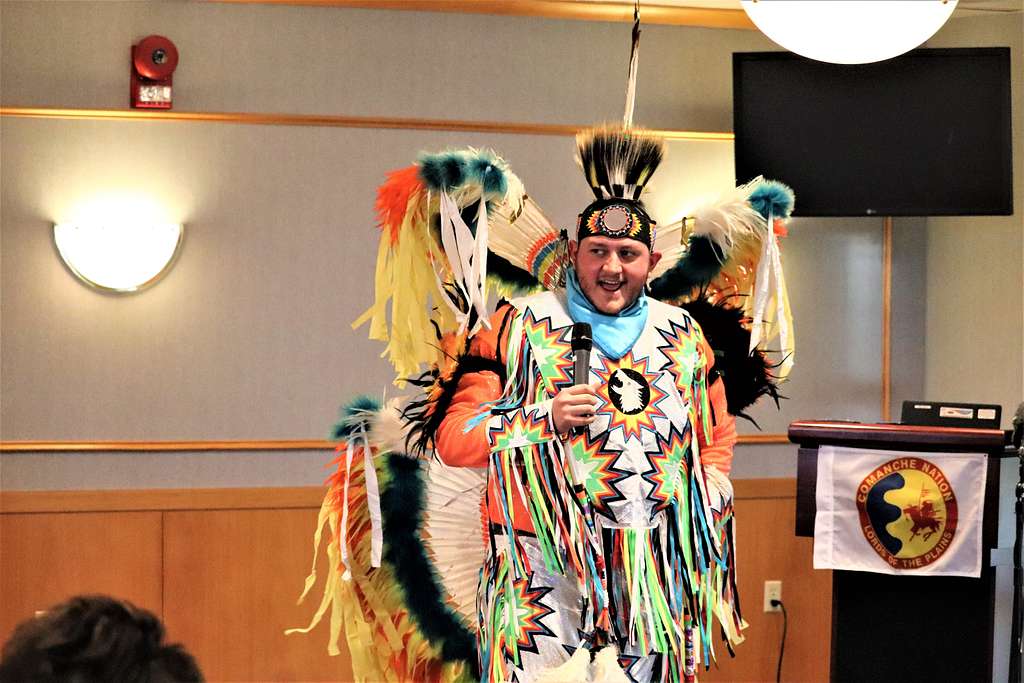 Defense Visual Information Distribution Service, Picryl
Defense Visual Information Distribution Service, Picryl

